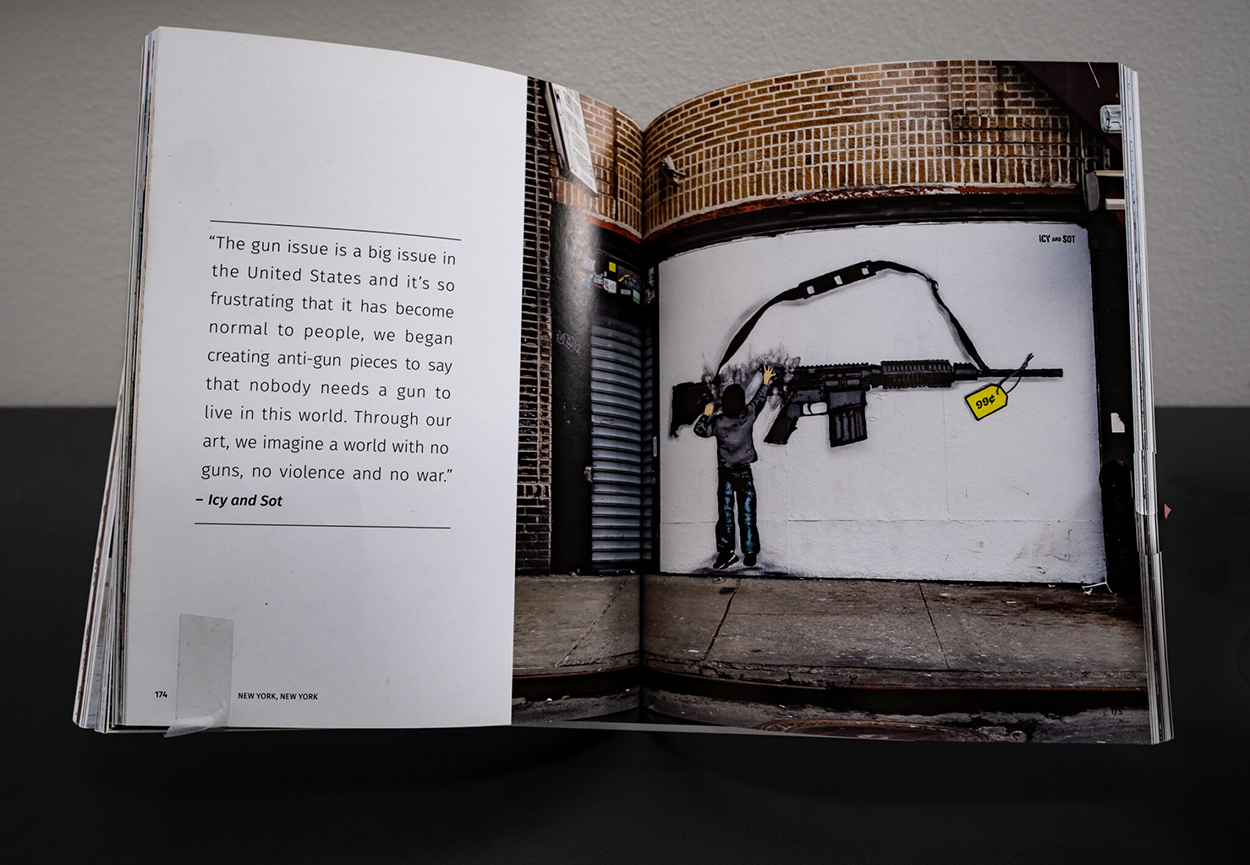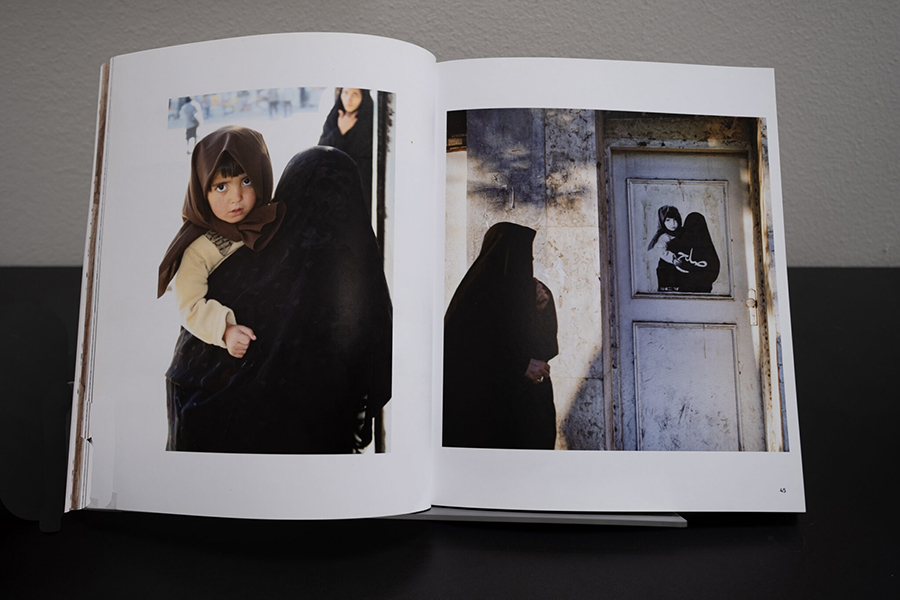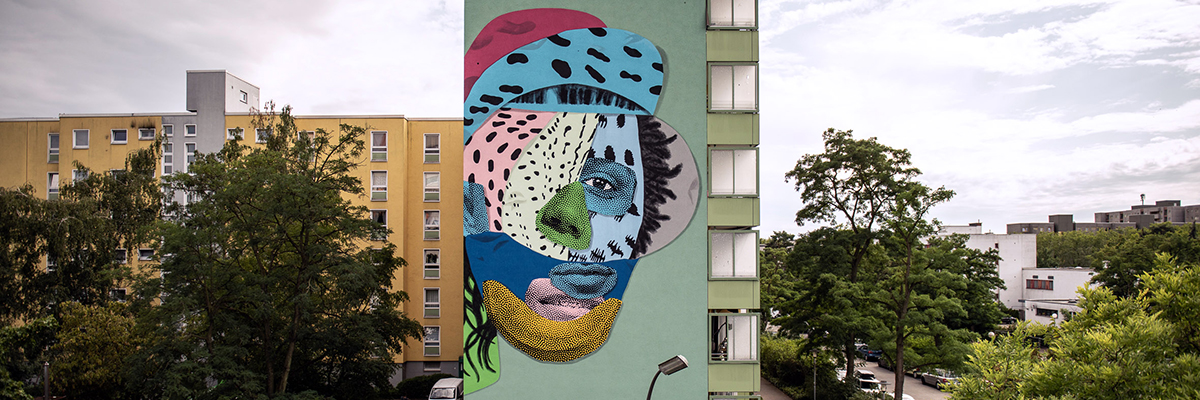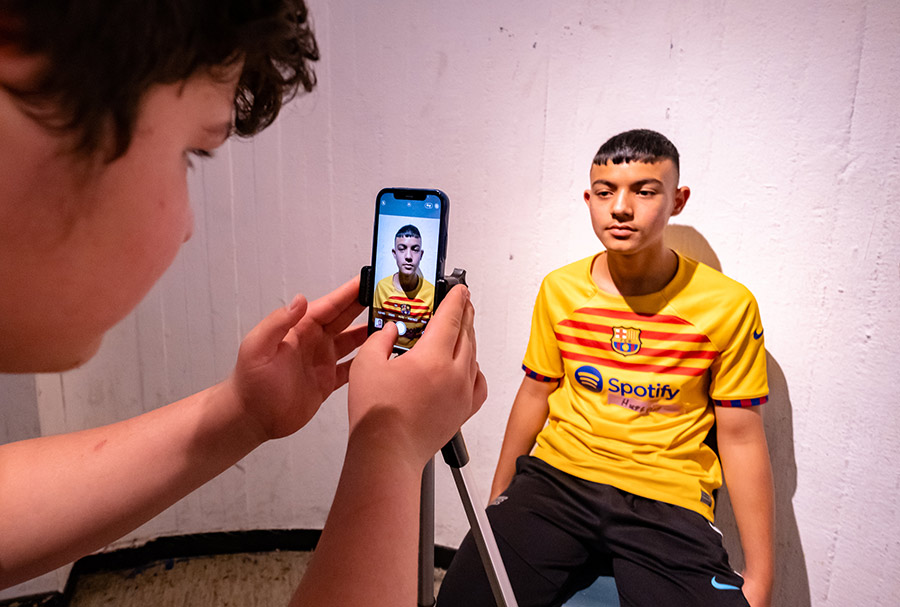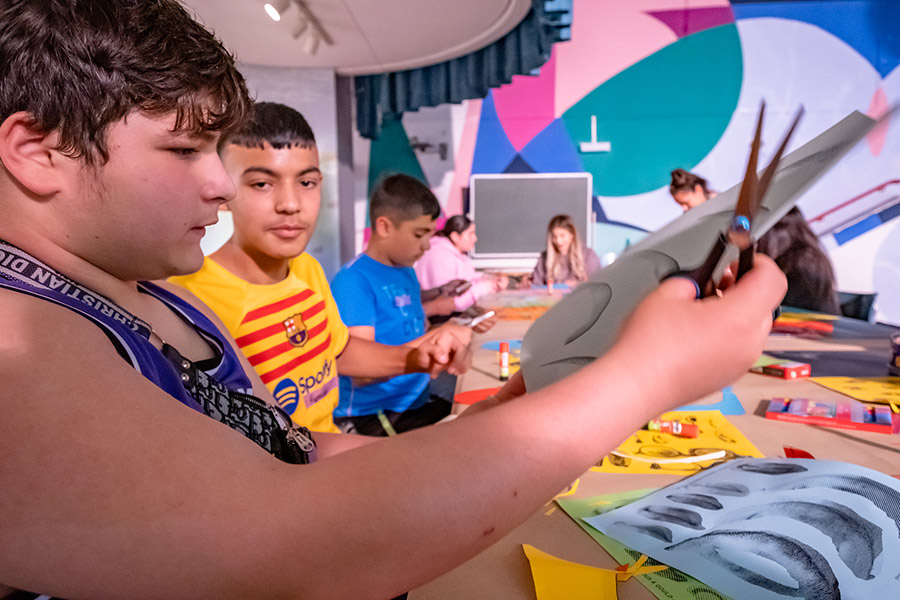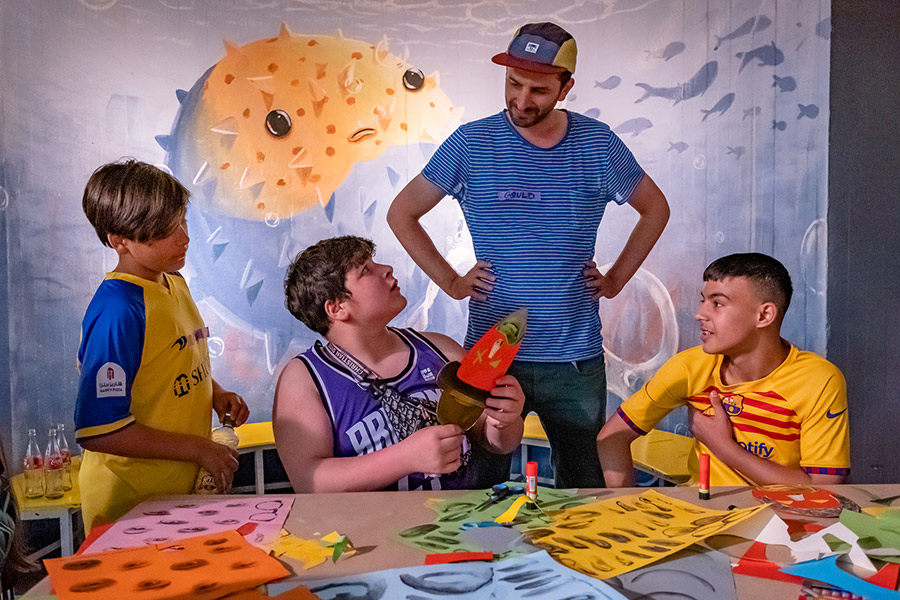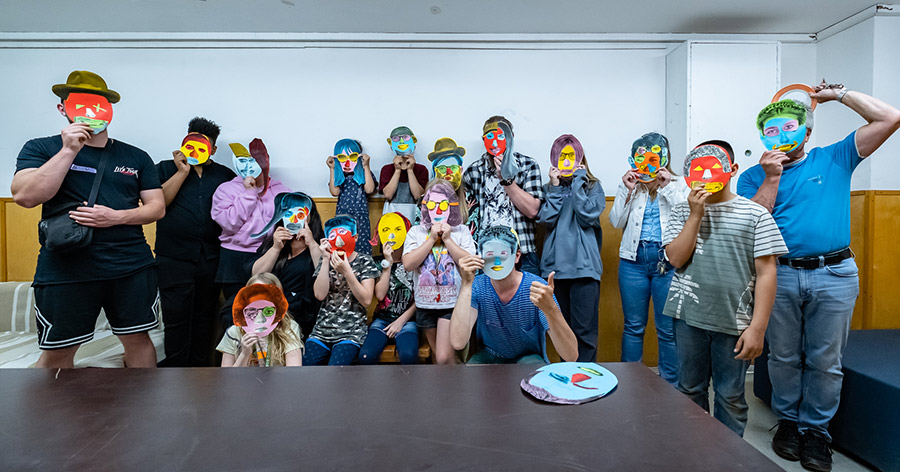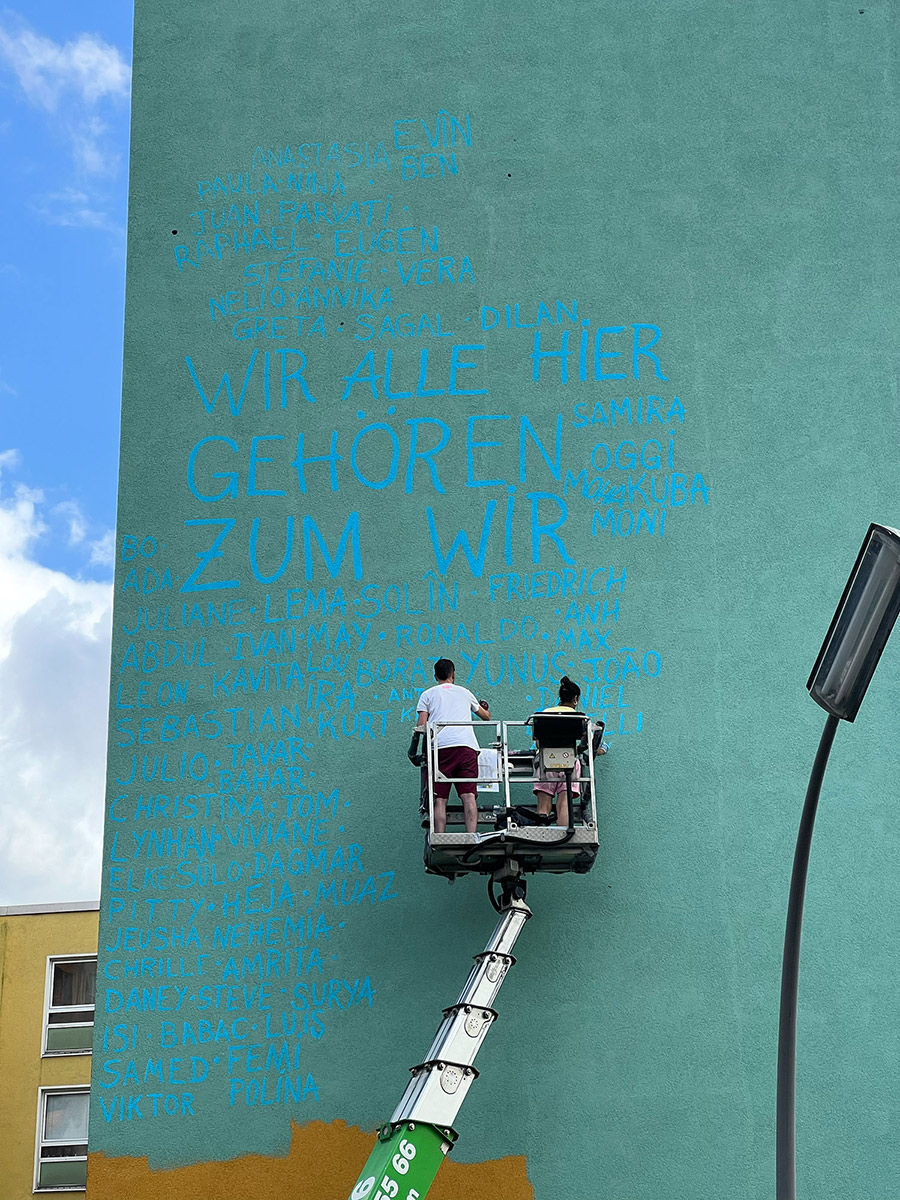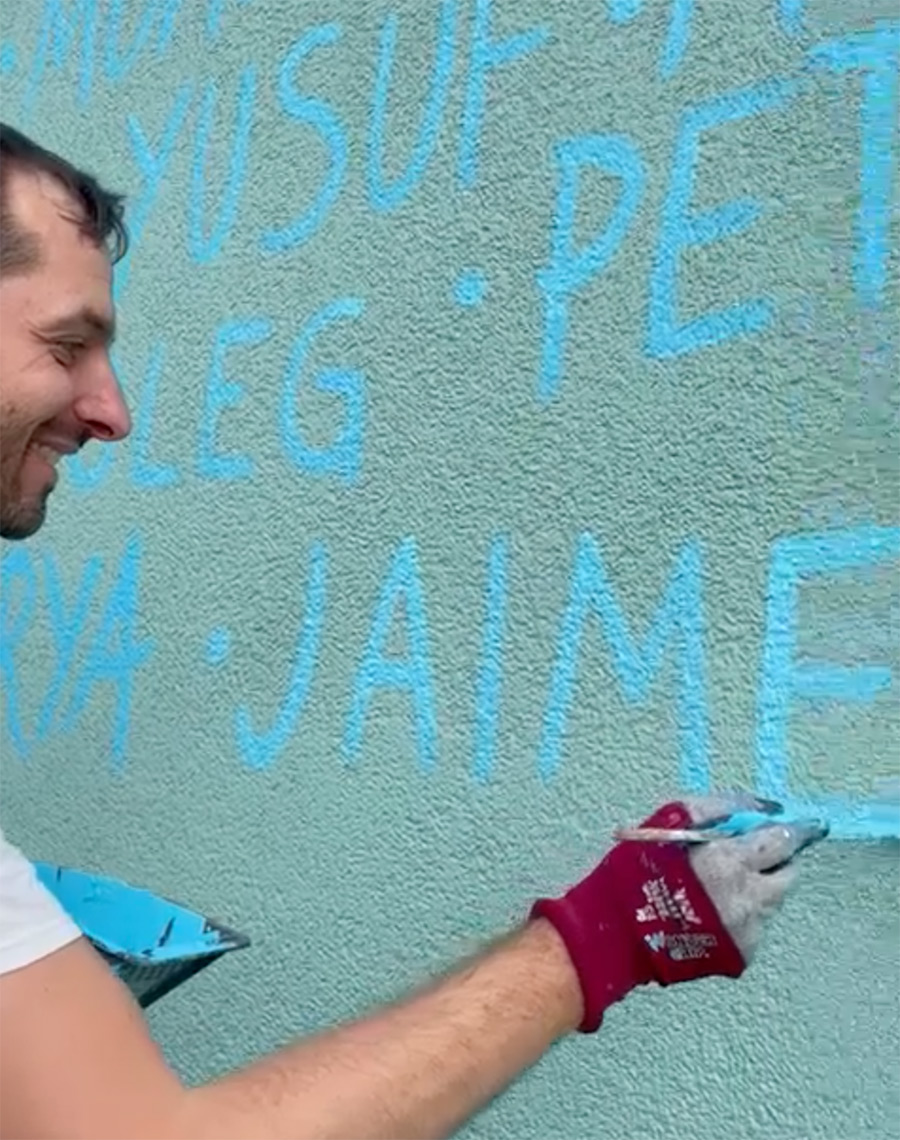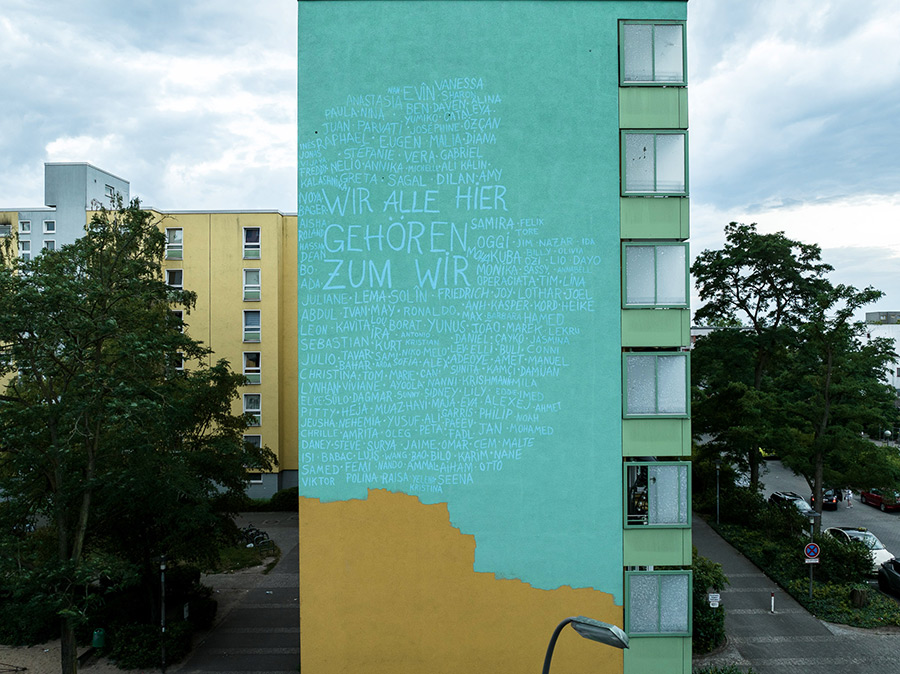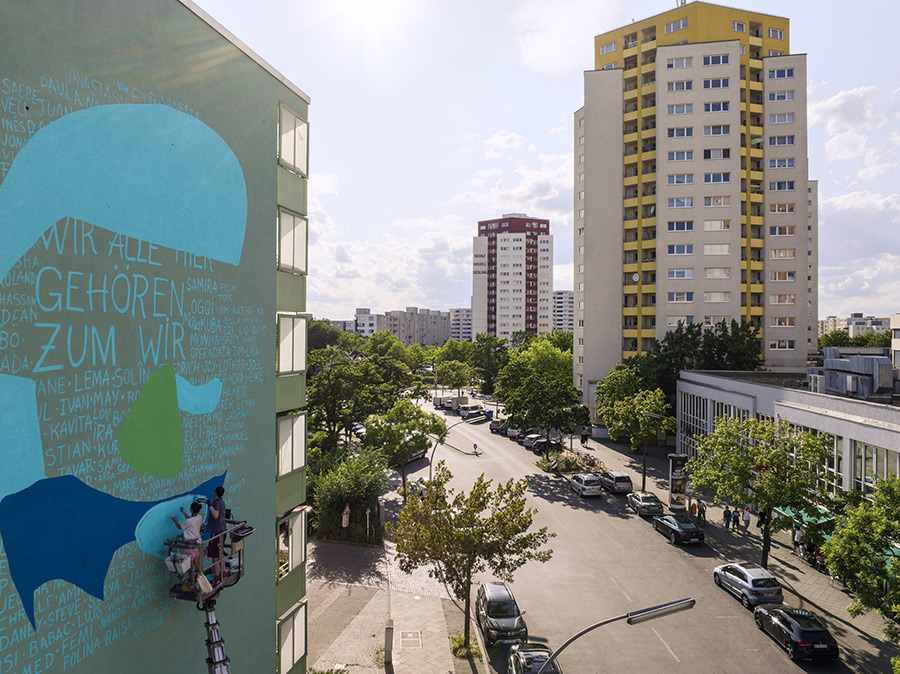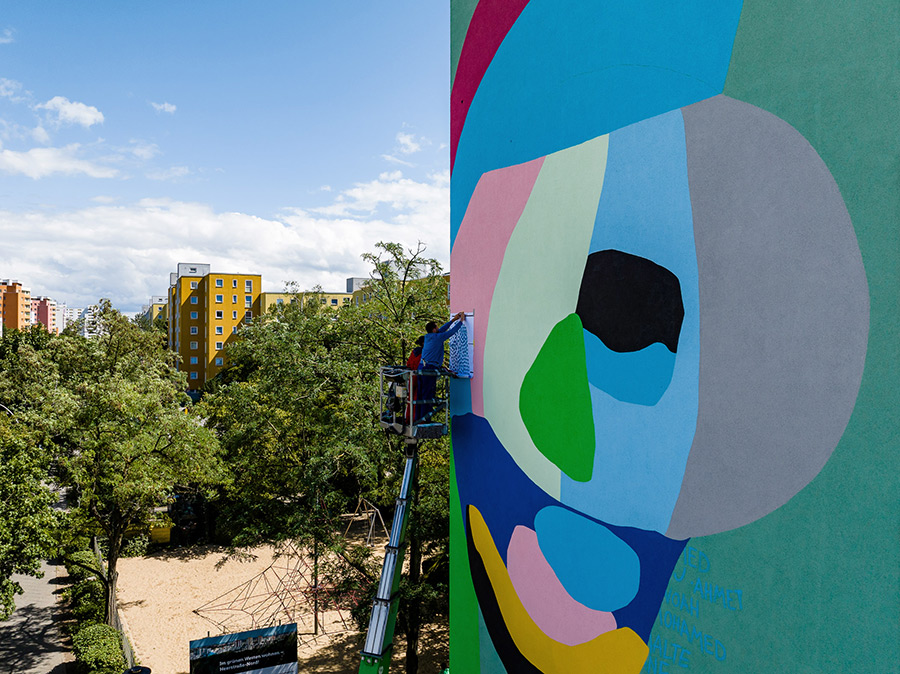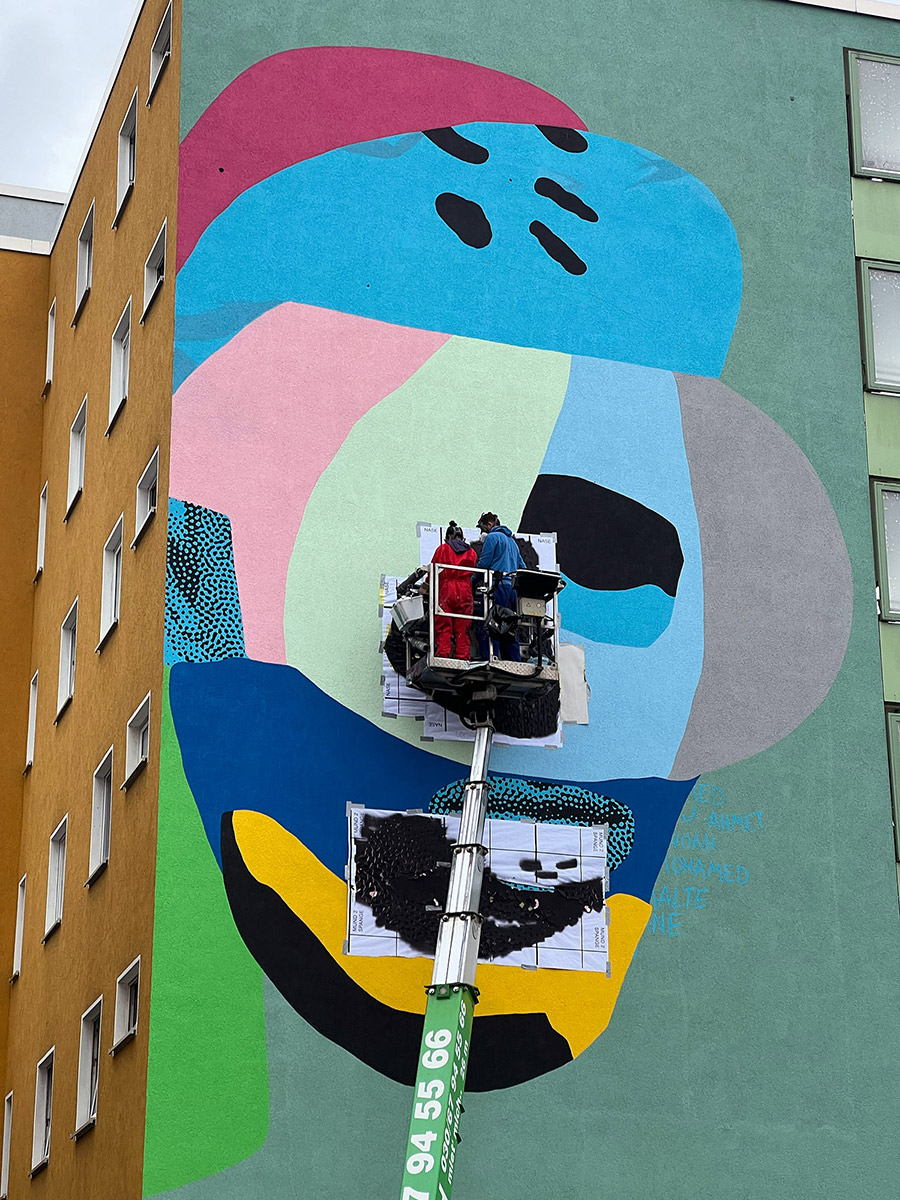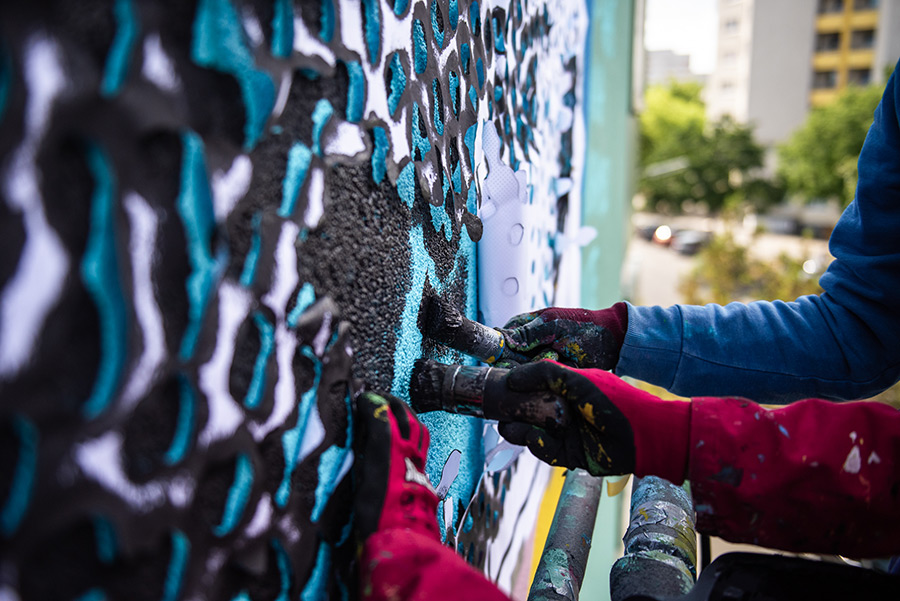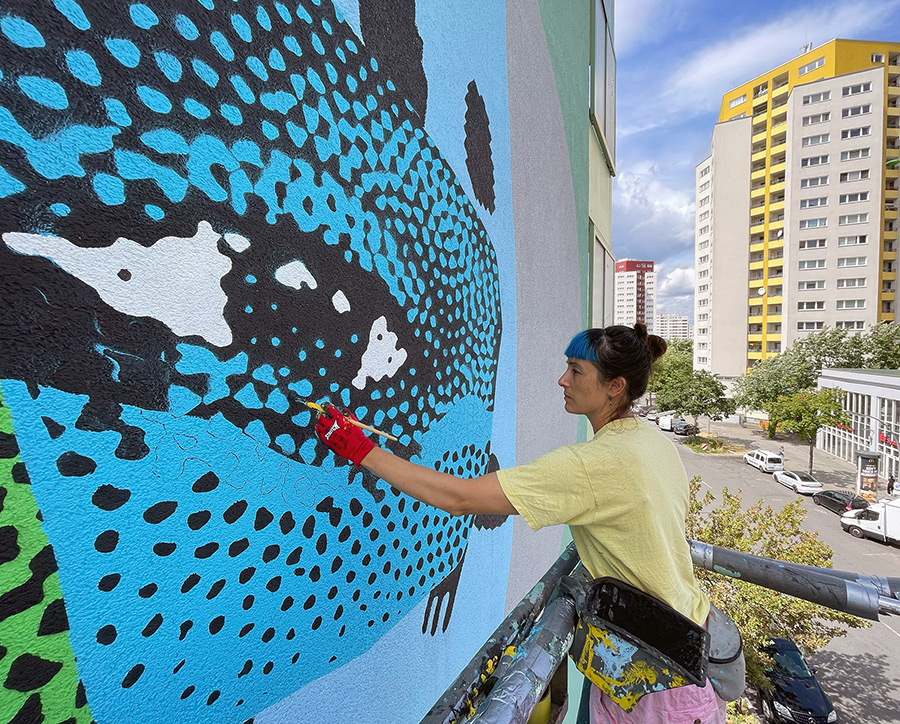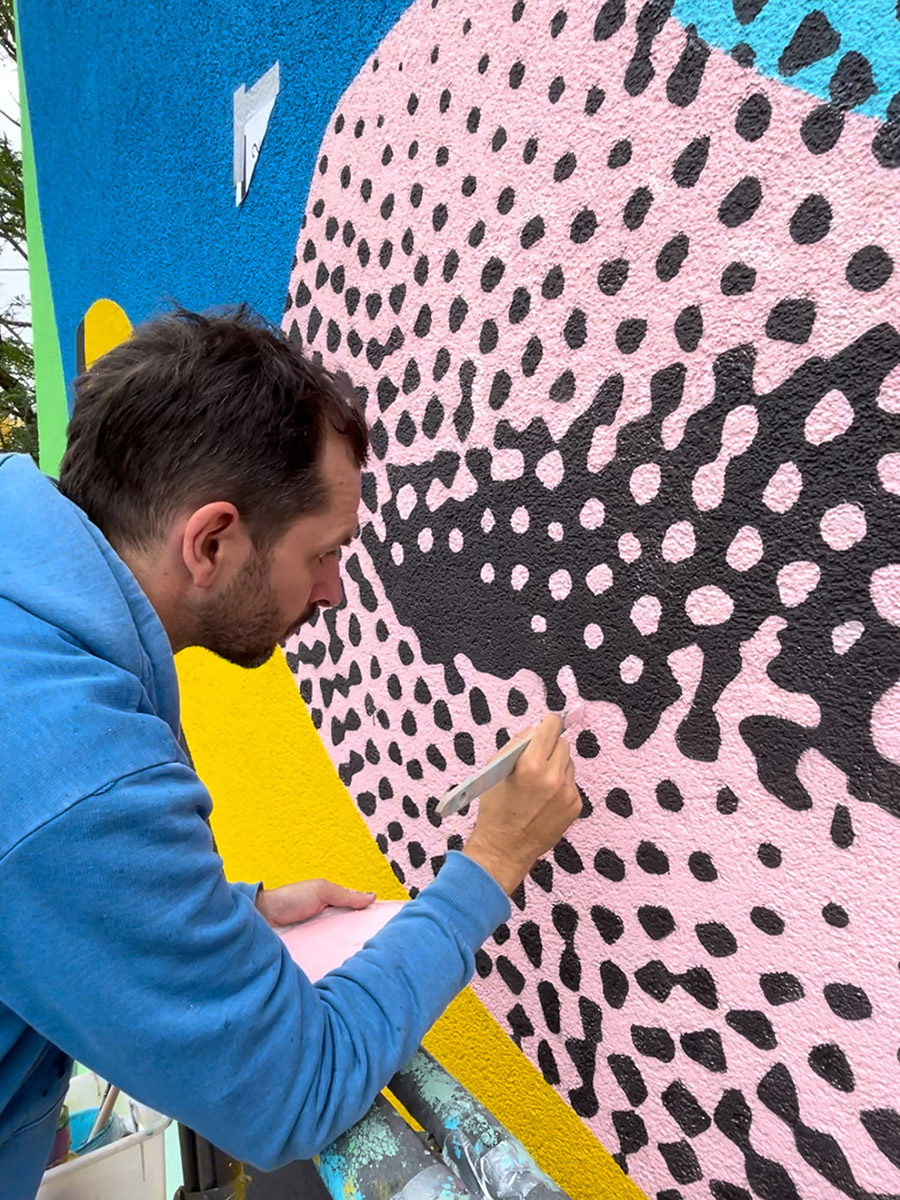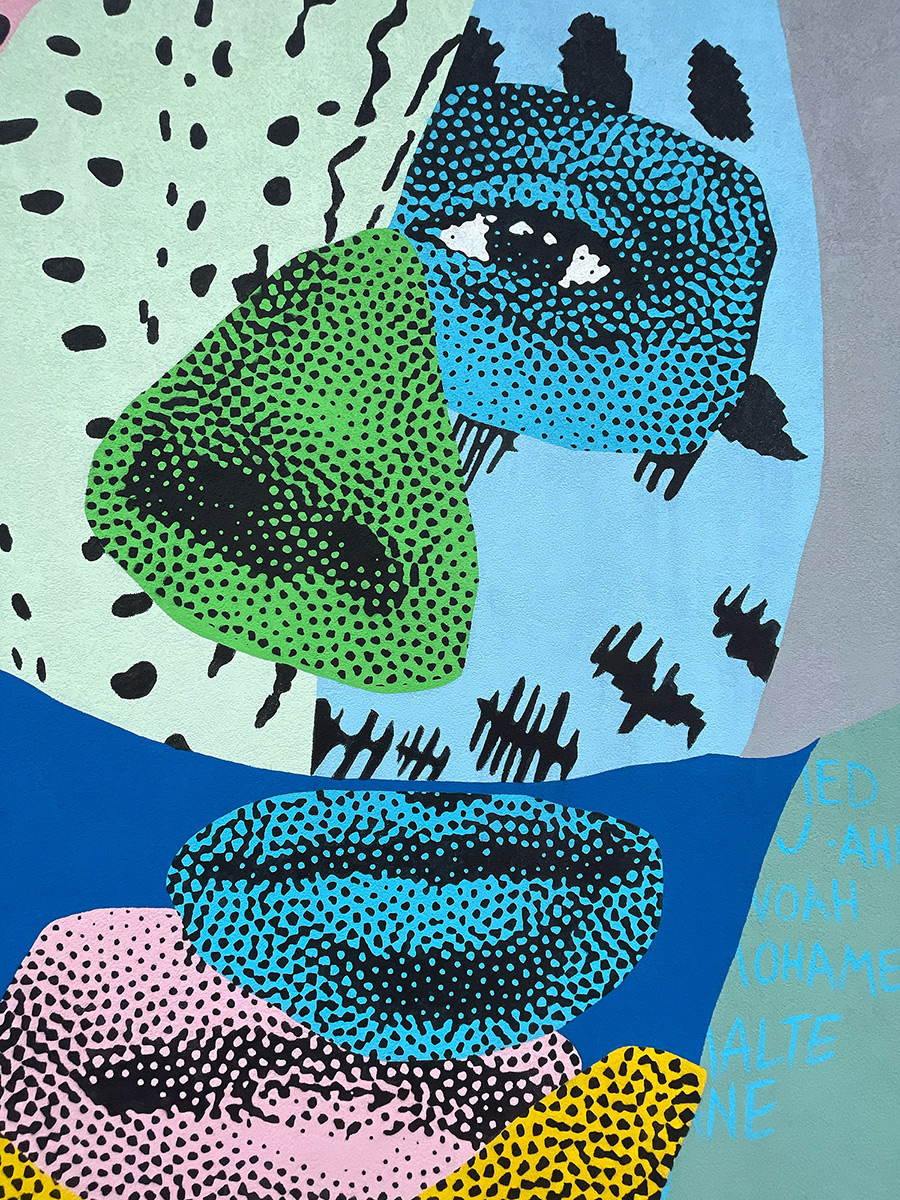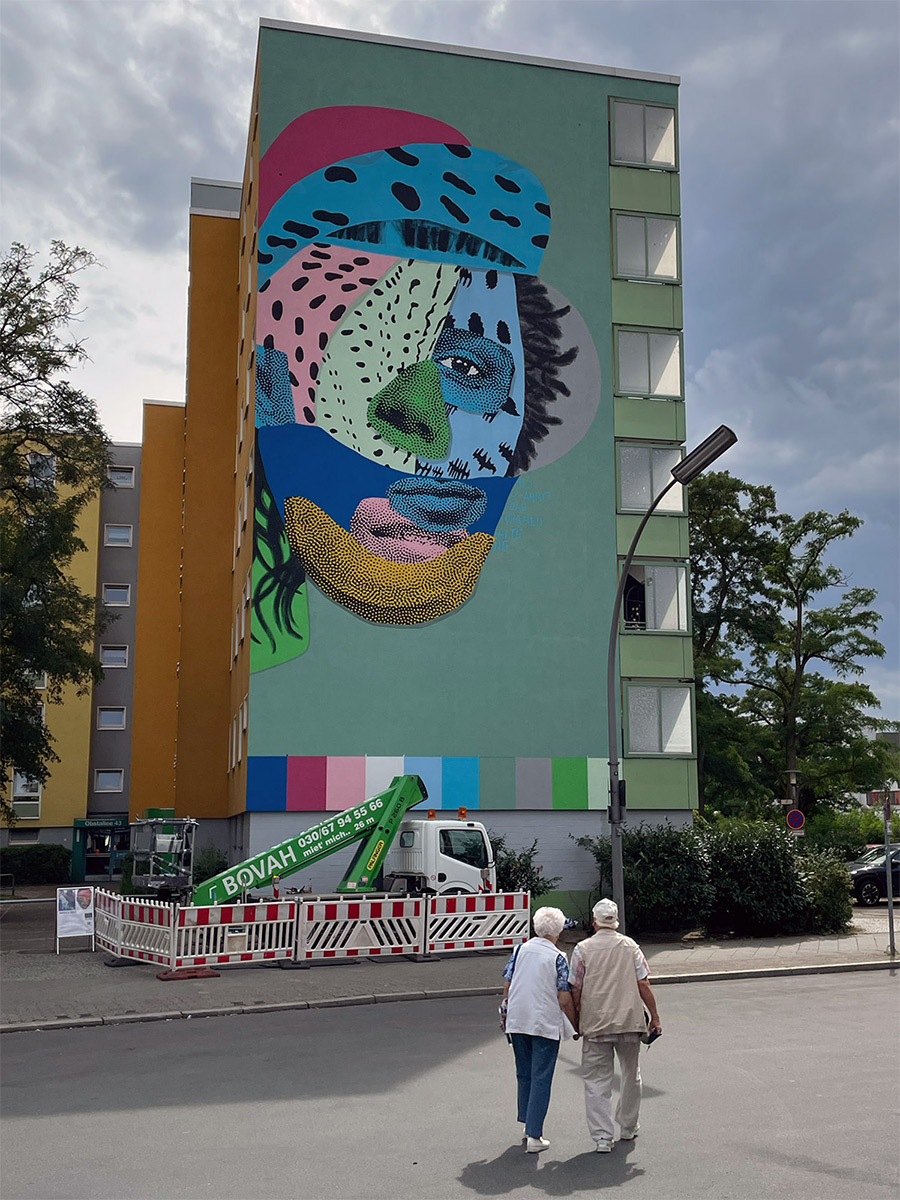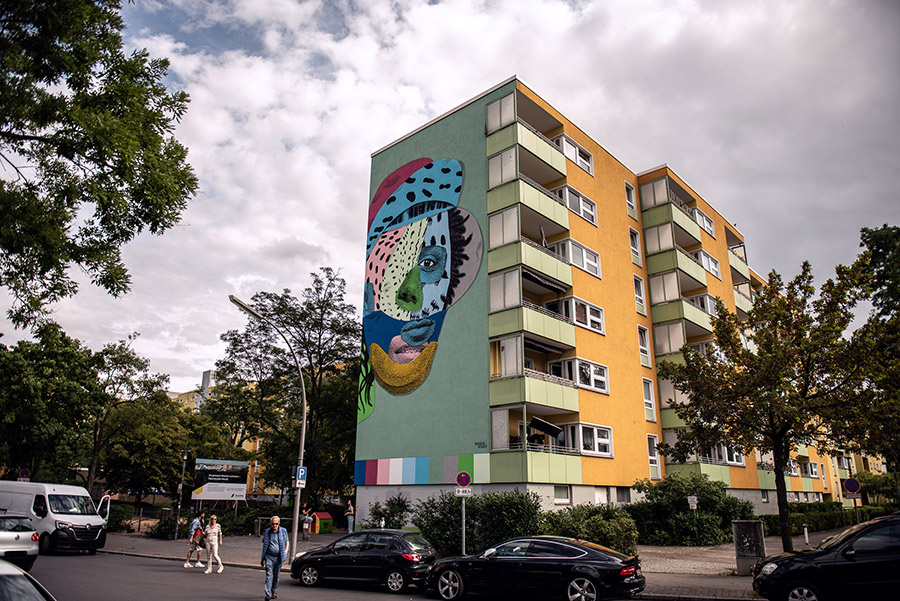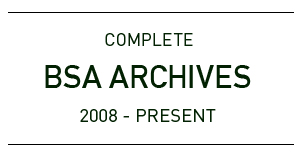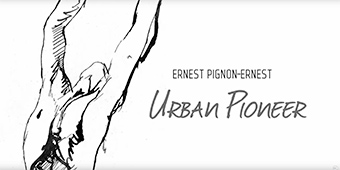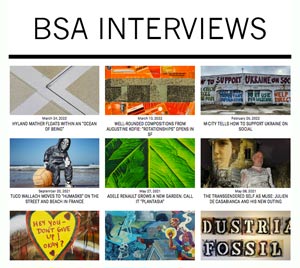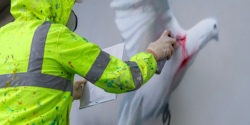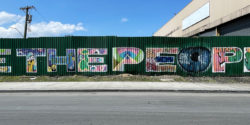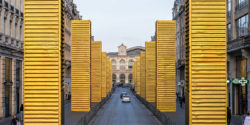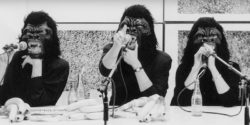Urban Nation’s Love Letters to the City, curated by Michelle Houston, is both an exhibition and a fulsome, sophisticated incantation. It invites audiences to confront the layered realities of urban life through the interpretation of its anonymous visual rebels, graffiti writers, and street artists and a generous representation of activists.
The show embraces the chaotic energy of unsanctioned art in the streets while seeking to decode its deeper meanings. It moves beyond the aesthetic to probe the social and political forces that shape these messages, sometimes manifestos. With themes ranging from urbanization and gentrification to environmental degradation and social inequality, Houston challenges visitors to imagine and reimagine the role of art in public spaces and consider its potential to transform the everyday into something with weight and impact.
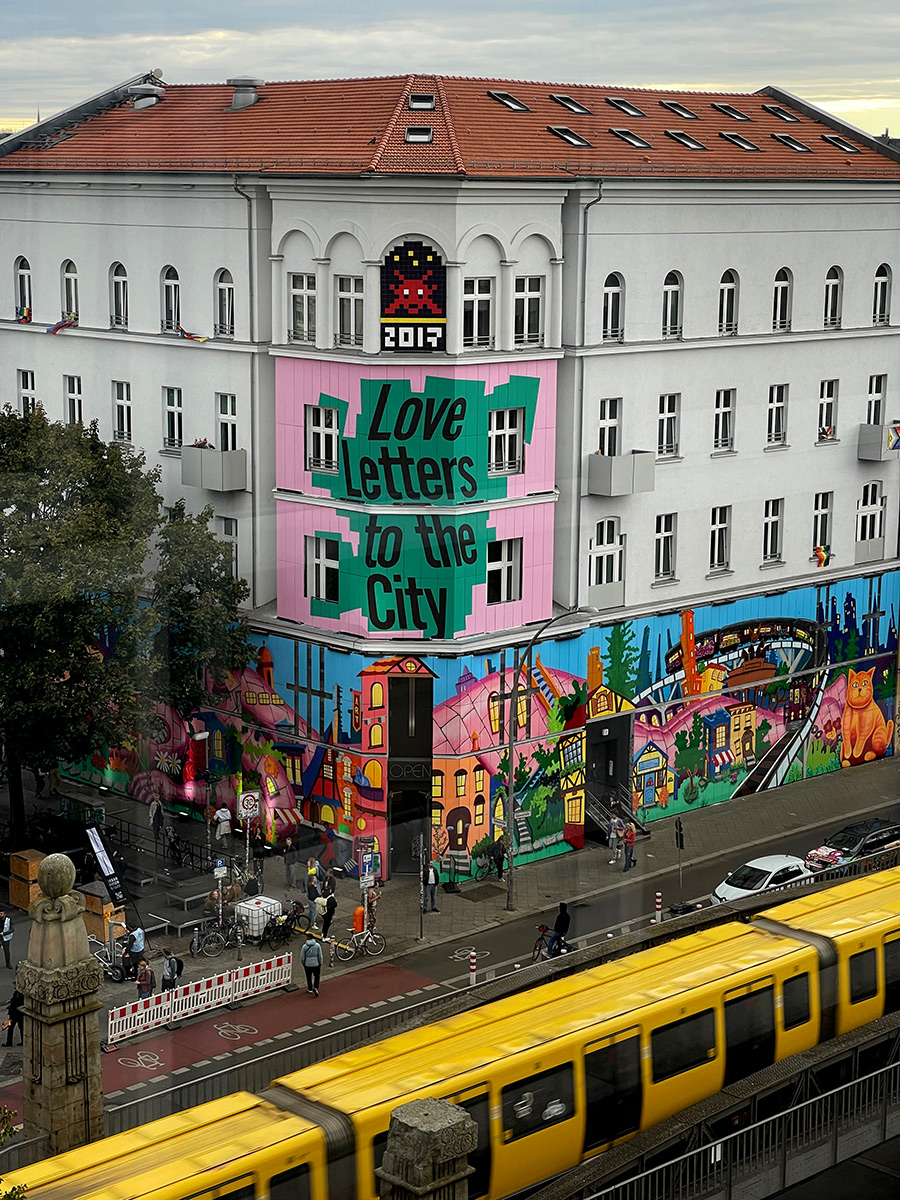
“Painting in public spaces is inherently political,” Houston says, emphasizing the power of public art to reflect and react to the environment in which it exists. This exhibition showcases that power, exploring how artists navigate and reinterpret public spaces to create works that are as much about dialogue as they are about visual impact. The concept of “love letters” broadens here to encompass affection, critique, sarcasm, and hope—as multifaceted as the modern city.
One of the exhibition’s defining features is its indoor and outdoor elements integration. Lady Pink’s monumental mural on Urban Nation’s façade is a vivid testament to her approximately fifty-year legacy of painting on city walls and the interconnected histories of New York and Berlin. Her work, swirling with trains and iconic tags, serves as a personal love letter and a broader commentary on the universal city—a place of movement, reinvention, and resilience. Inside, installations like Moses & Taps’ suspended parcel truck and Rocco and His Brothers’ reconstructed graffiti writers’ benches disrupt the museum space with some of the raw energy of the street, blurring the lines between the institution and the public sphere.
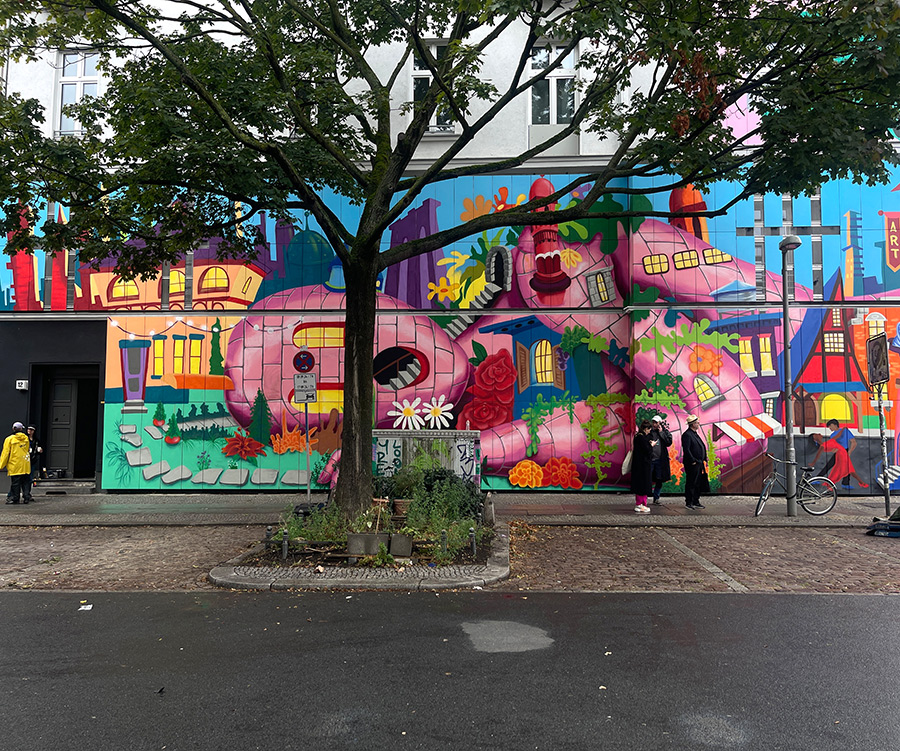
The show also delves into Berlin’s complex history with walls and paint, with artifacts from the Stiftung Berliner Mauer prompting viewers to consider the dualities of oppression and liberation that define the city’s narrative.
“What is it about the glorification of a symbol of oppression by painting one side, and how was that commercialized?” Houston asks, pushing audiences to think critically about how art interacts with history and commodification. These questions resonate deeply in a city where the walls bear witness to decades of struggle and transformation.
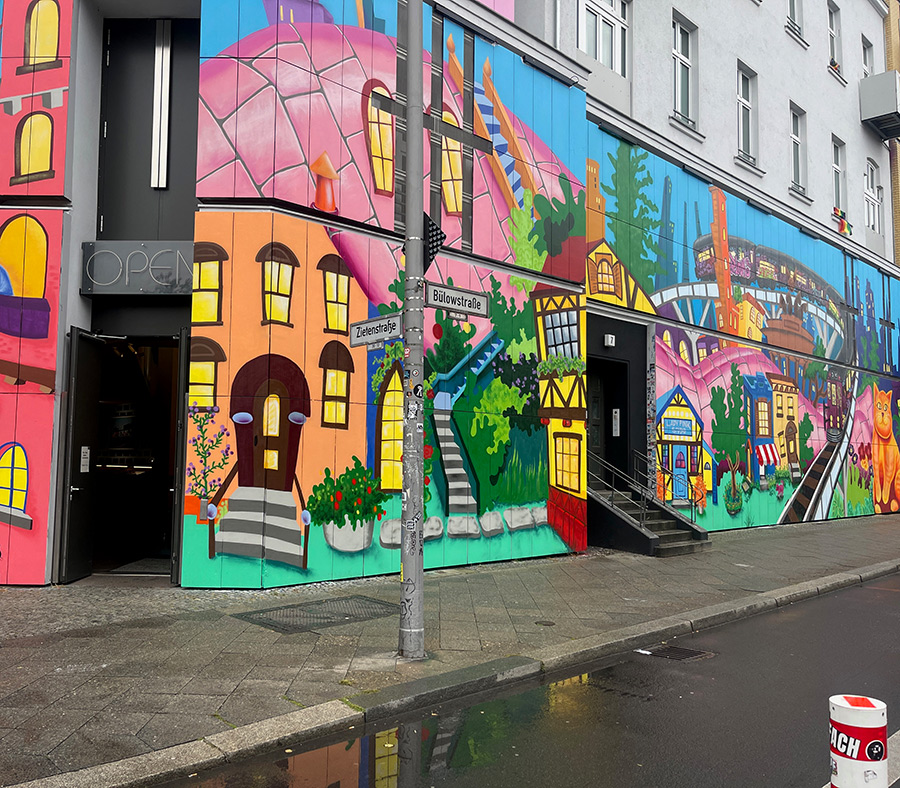
The exhibition combines an impressive roster of artists, from early pioneers like Blek le Rat and Shepard Fairey to contemporary innovators like Bordalo II and Jazoo Yang. Each work offers a distinct perspective on the urban experience, whether through critiques of environmental decay, explorations of social identity, or celebrations of urban resilience. Houston’s curation creates space for these voices to intersect, offering unity and tension as the exhibition’s themes unfold.
At its heart, Love Letters to the City is a call to reconsider how we interact daily with the designed/built/neglected/destroyed human-made environment. It asks us to see the city as a backdrop and an active participant in our lives—a canvas where personal and collective histories collide.
As Houston asserts, “Paint in public space has a different potency in the city than anywhere else.” That potency lies in its immediacy, ability to provoke, offend, and inspire, and capacity to reflect urban life’s complexities. Through this exhibition, Urban Nation affirms the enduring relevance of this kind of public art and its power to illuminate the cities we call home.
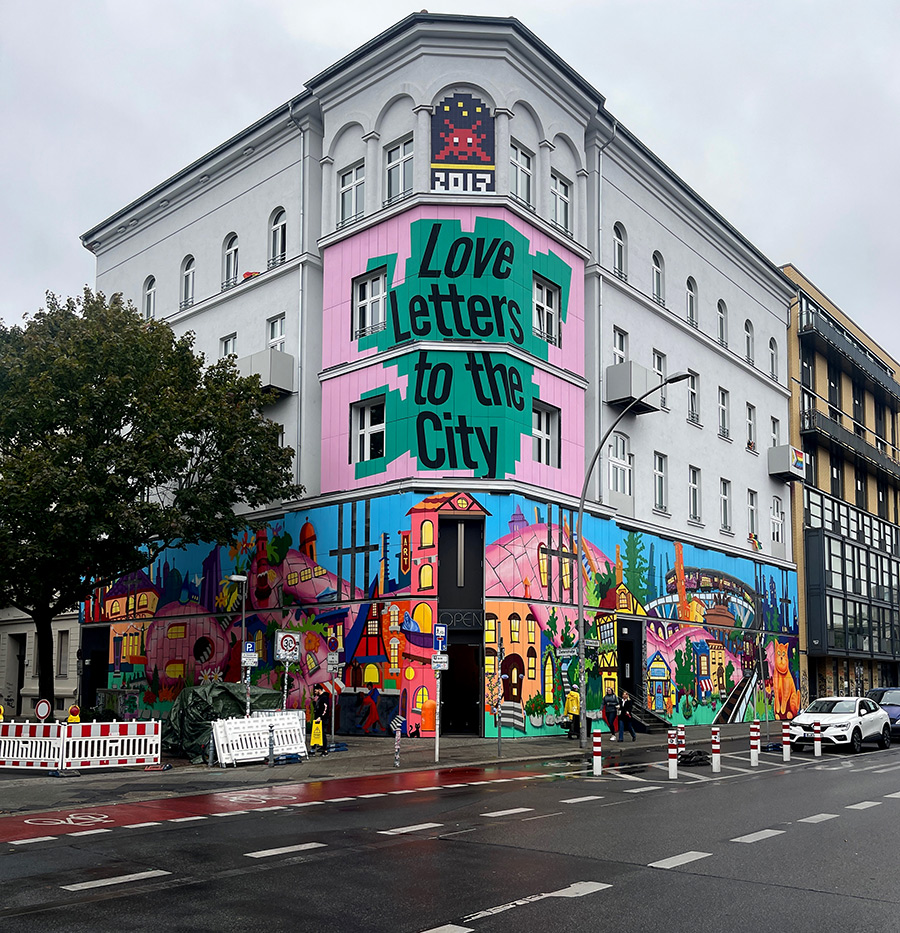
Participating artists:
2501, Banksy, Blek le Rat, Bordalo II, Carlos Mare aka Mare139, Chop ’em Down Films, Crash, Dan Witz, Daze, Drew. Lab_One, Elfo, Evol, HA Schult, HOGRE, Isaac Zavale, James Reka, Jaune, Jazoo Yang, Joel Daniel Phillips, Johannnes Mundinger, Jordan Seiler, Kenny Scharf, Lady Pink, Liviu Bulea, Martha Cooper, Matthew Grabelsky, MILLO, Moses & Taps, Nika Kramer, Octavi Serra, Owen Dippie, OX, PAINTING DHAKA Project, Mr. Paradox Paradise, Rocco and his brothers, Sebas Velasco, Shepard Fairey, Stephanie Buer, Stiftung Berliner Mauer, Stipan Tadić, Susanna Jerger, Tats Cru, THE WA, Vhils, and Zhang Dali.
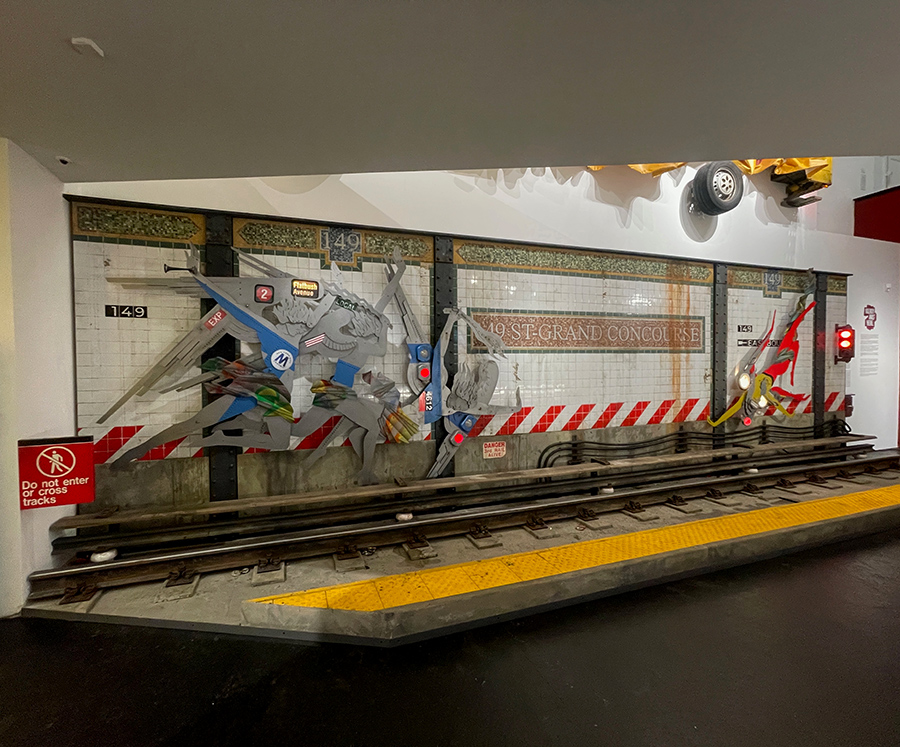
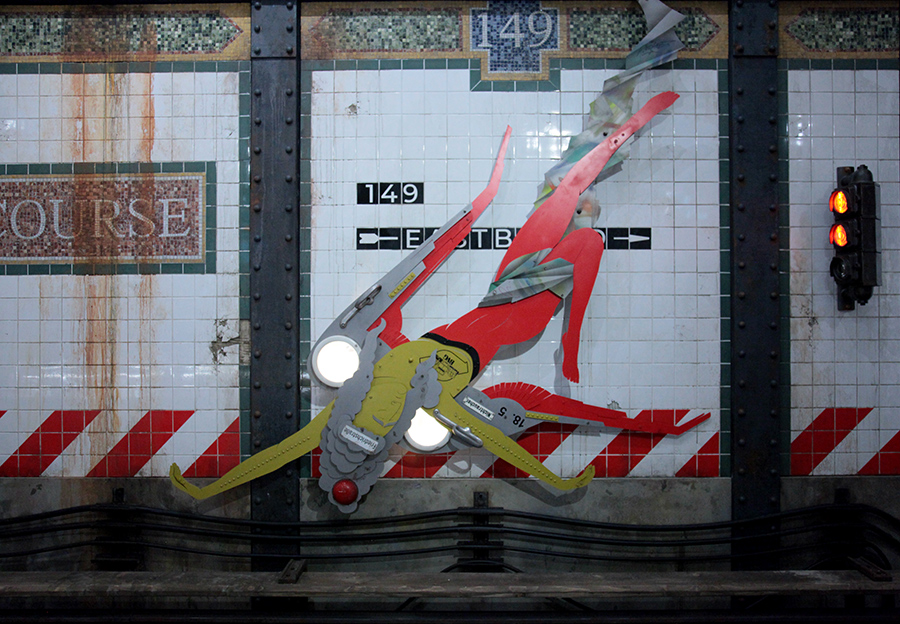
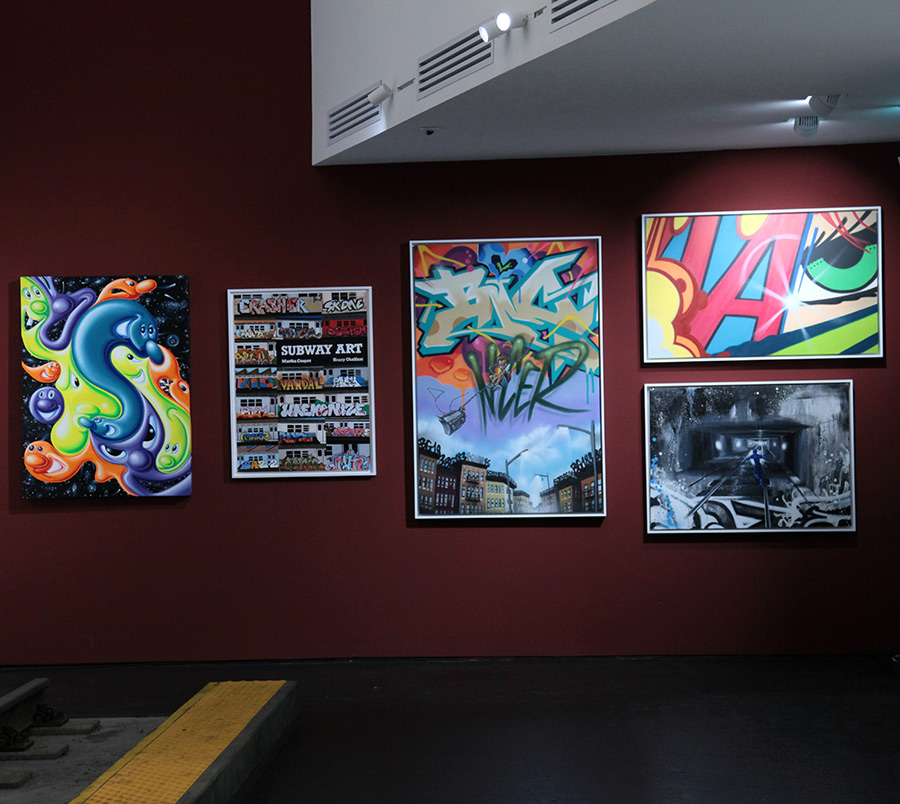
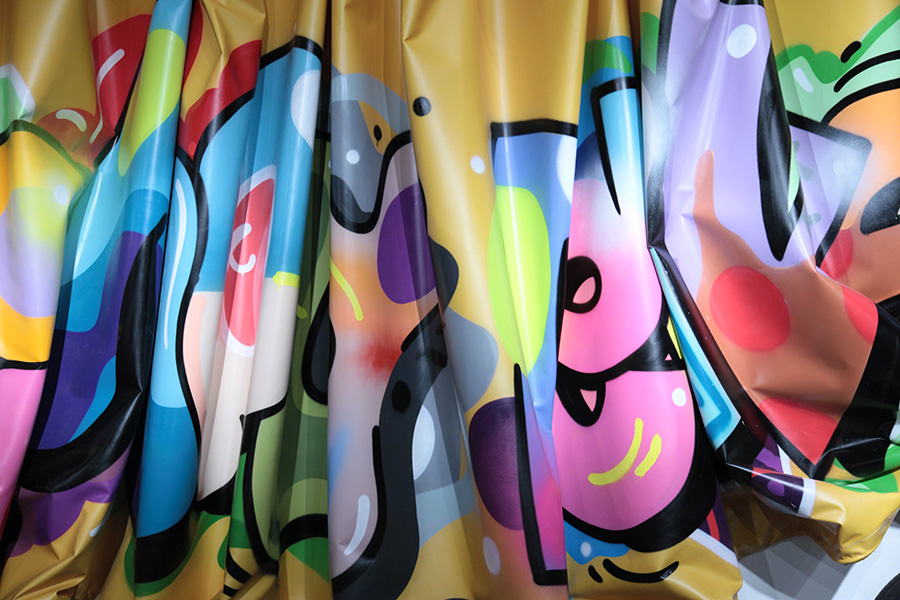
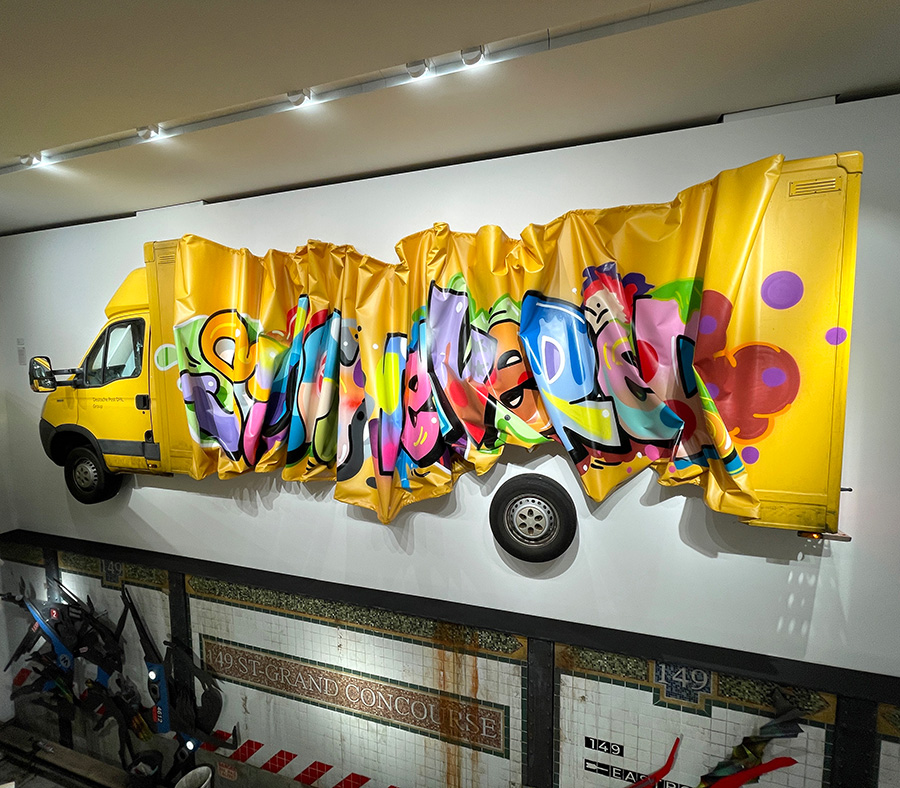
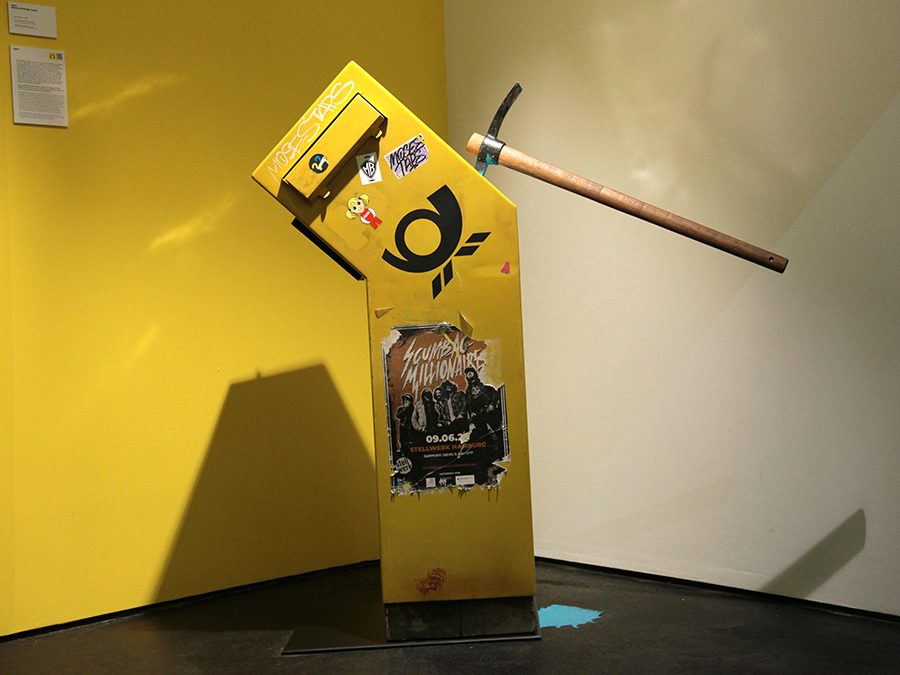
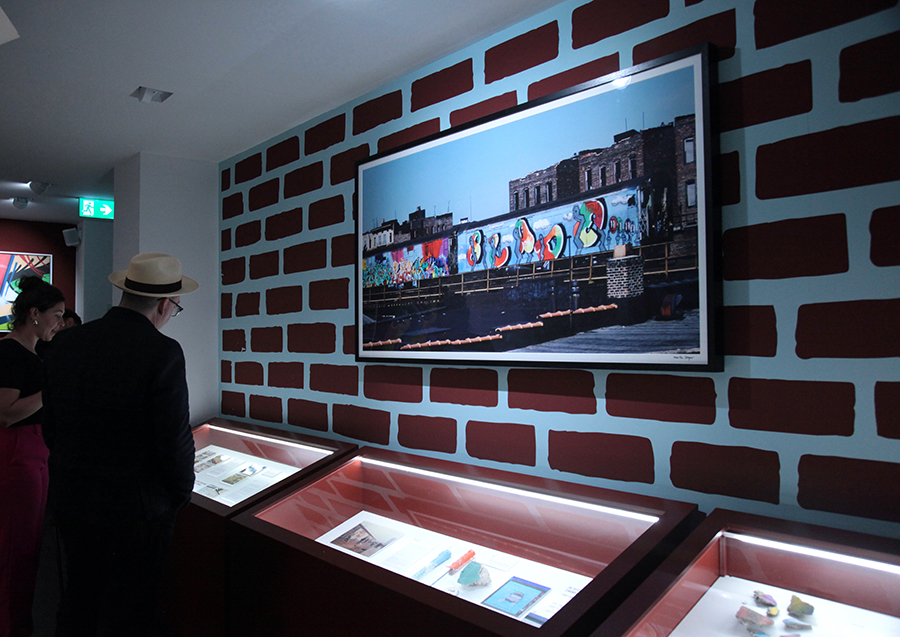
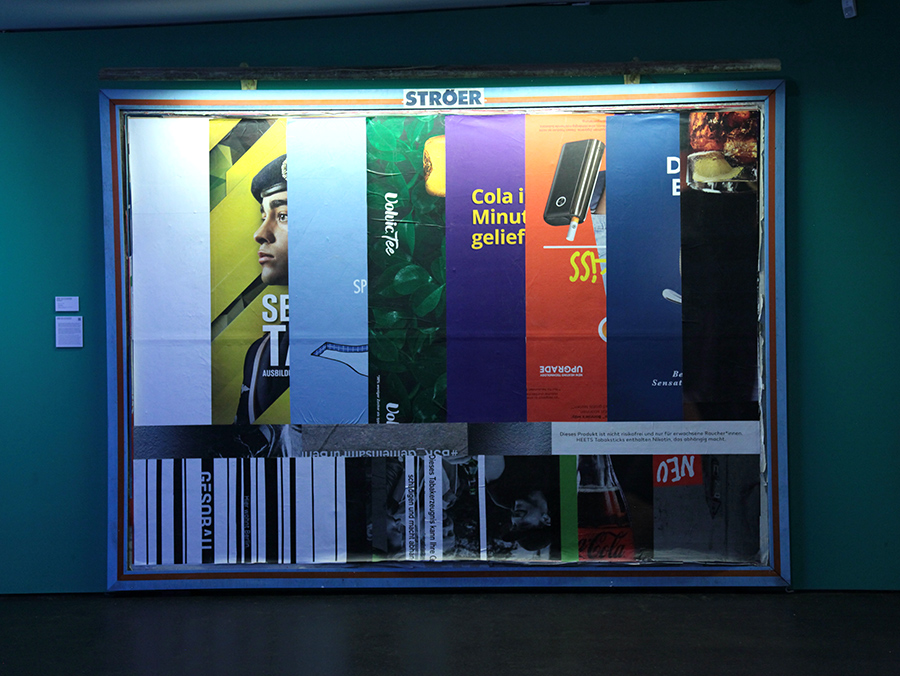
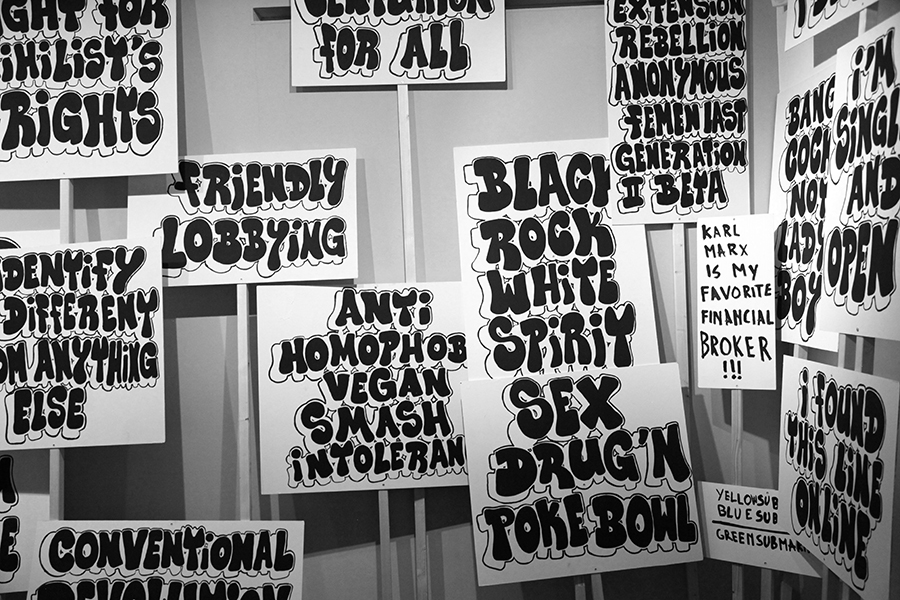
LOVE LETTERS TO THE CITY
September 14, 2024 – May 30, 2027. For a schedule of events, hours of operation, directions, and more details click HERE
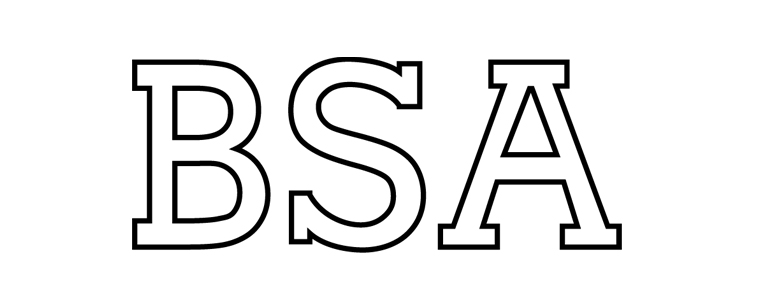 BROOKLYN STREET ART LOVES YOU MORE EVERY DAY
BROOKLYN STREET ART LOVES YOU MORE EVERY DAY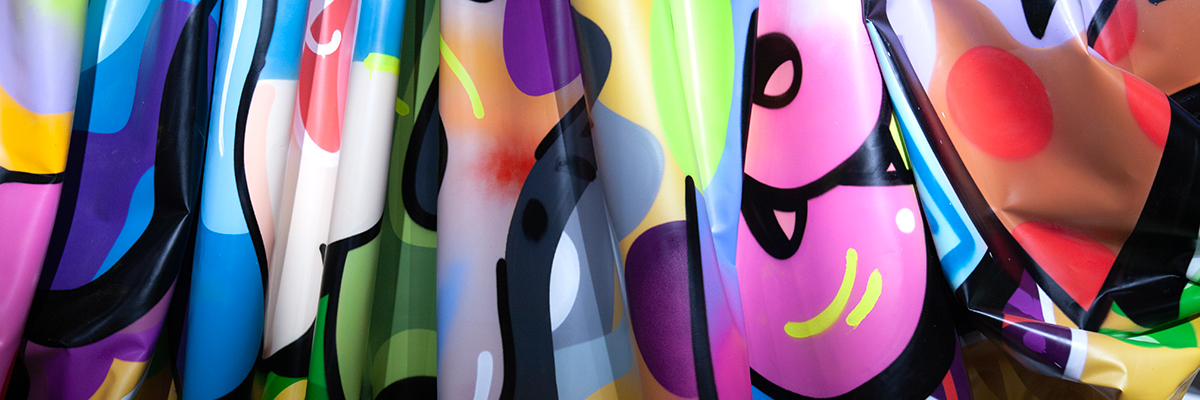
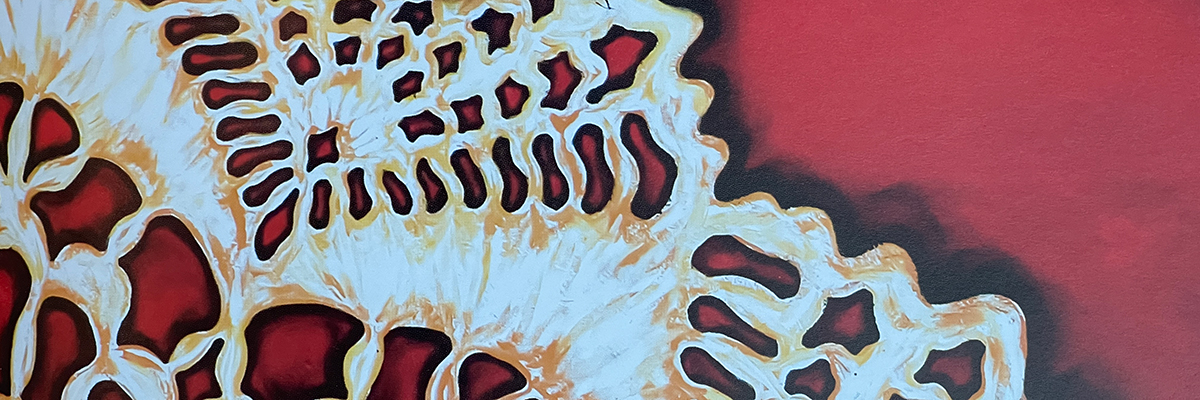
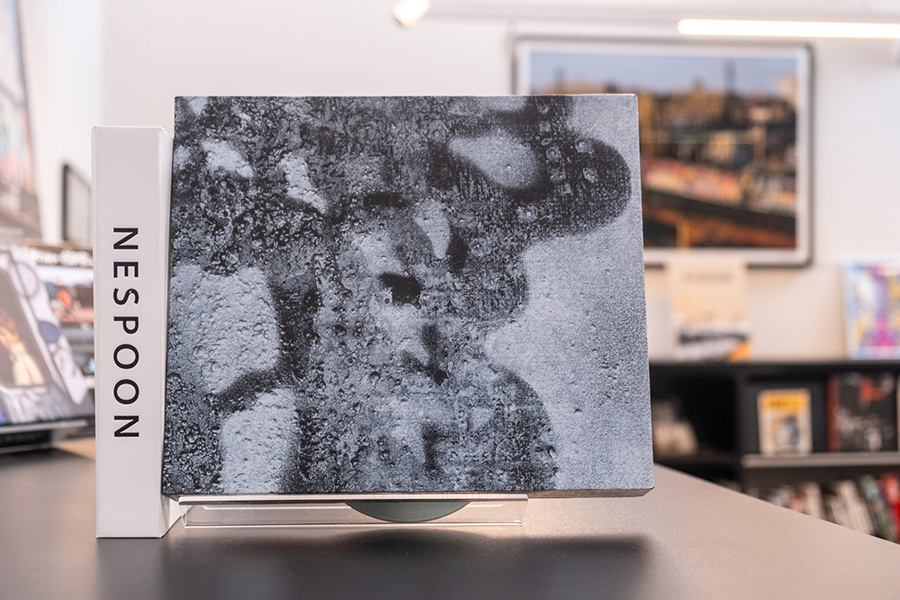

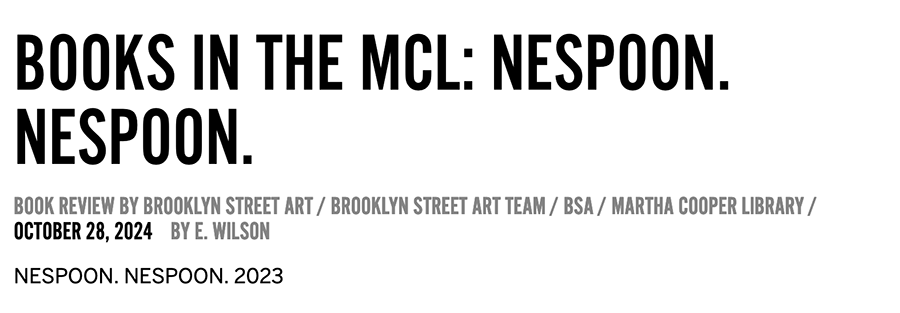

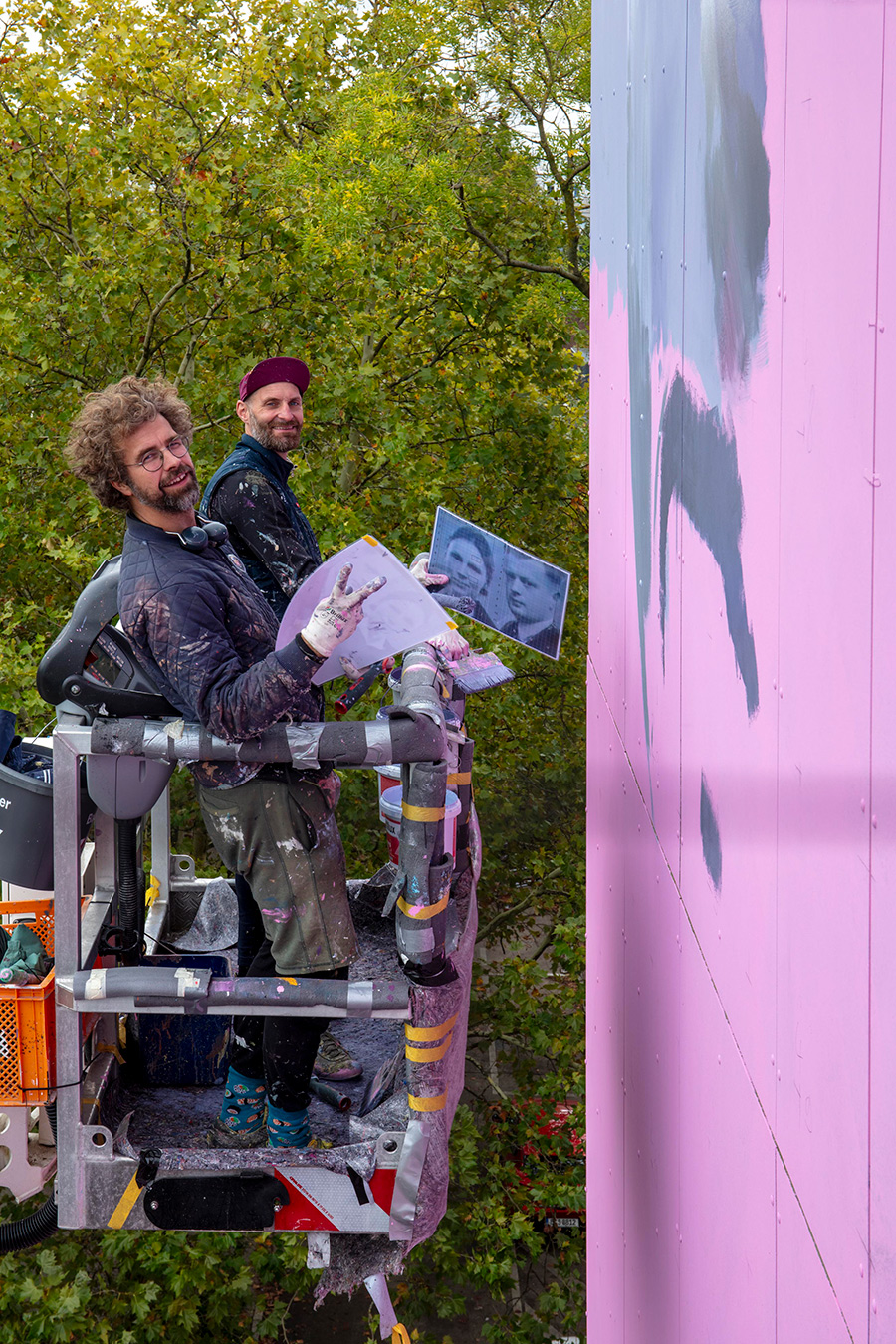
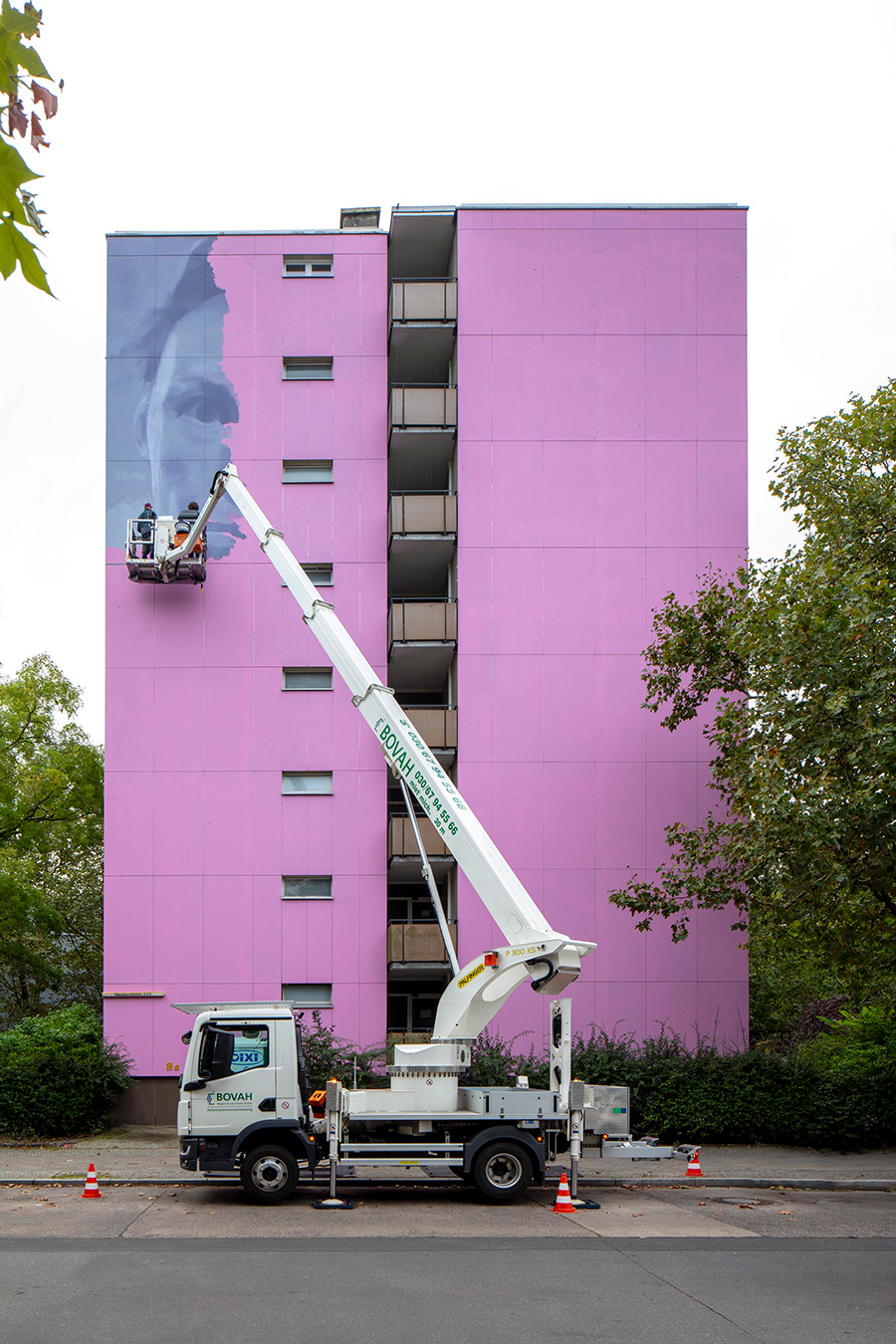
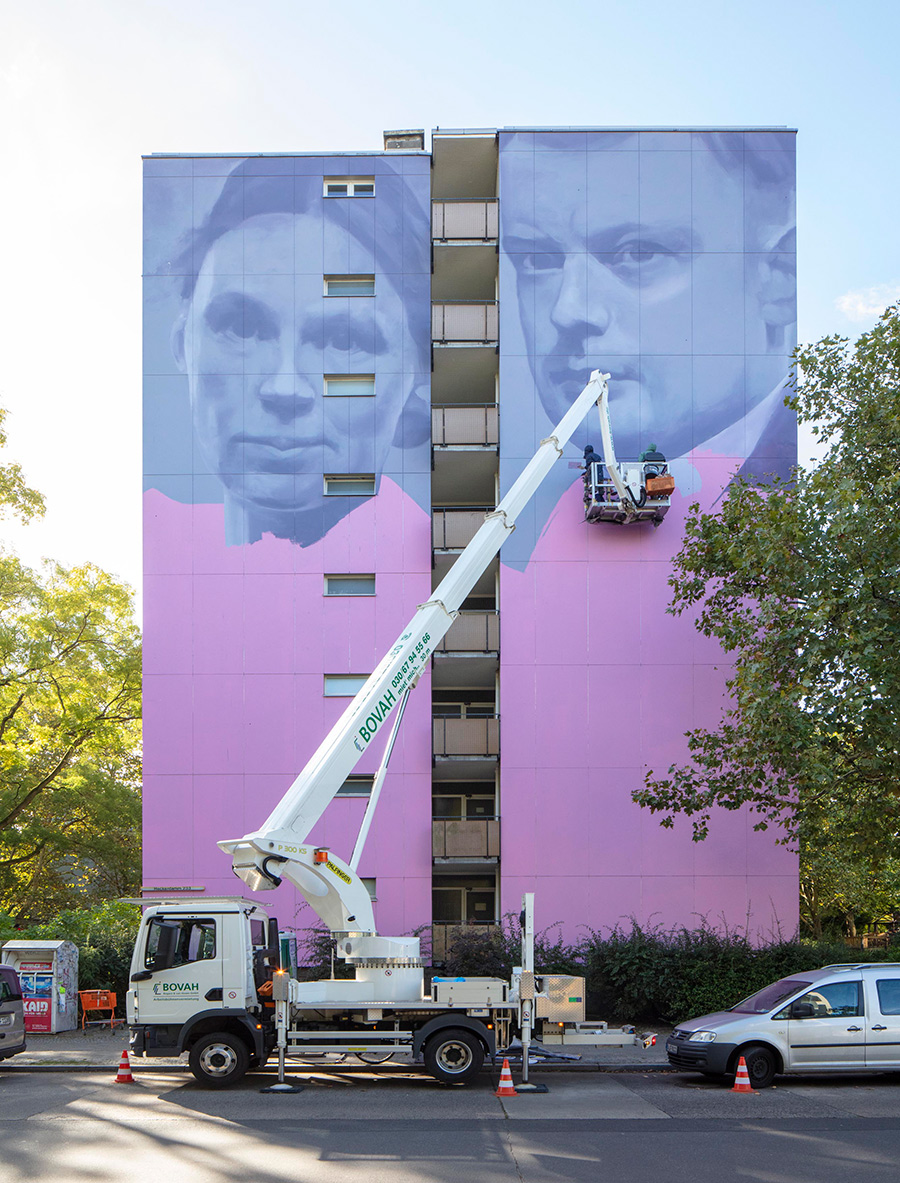
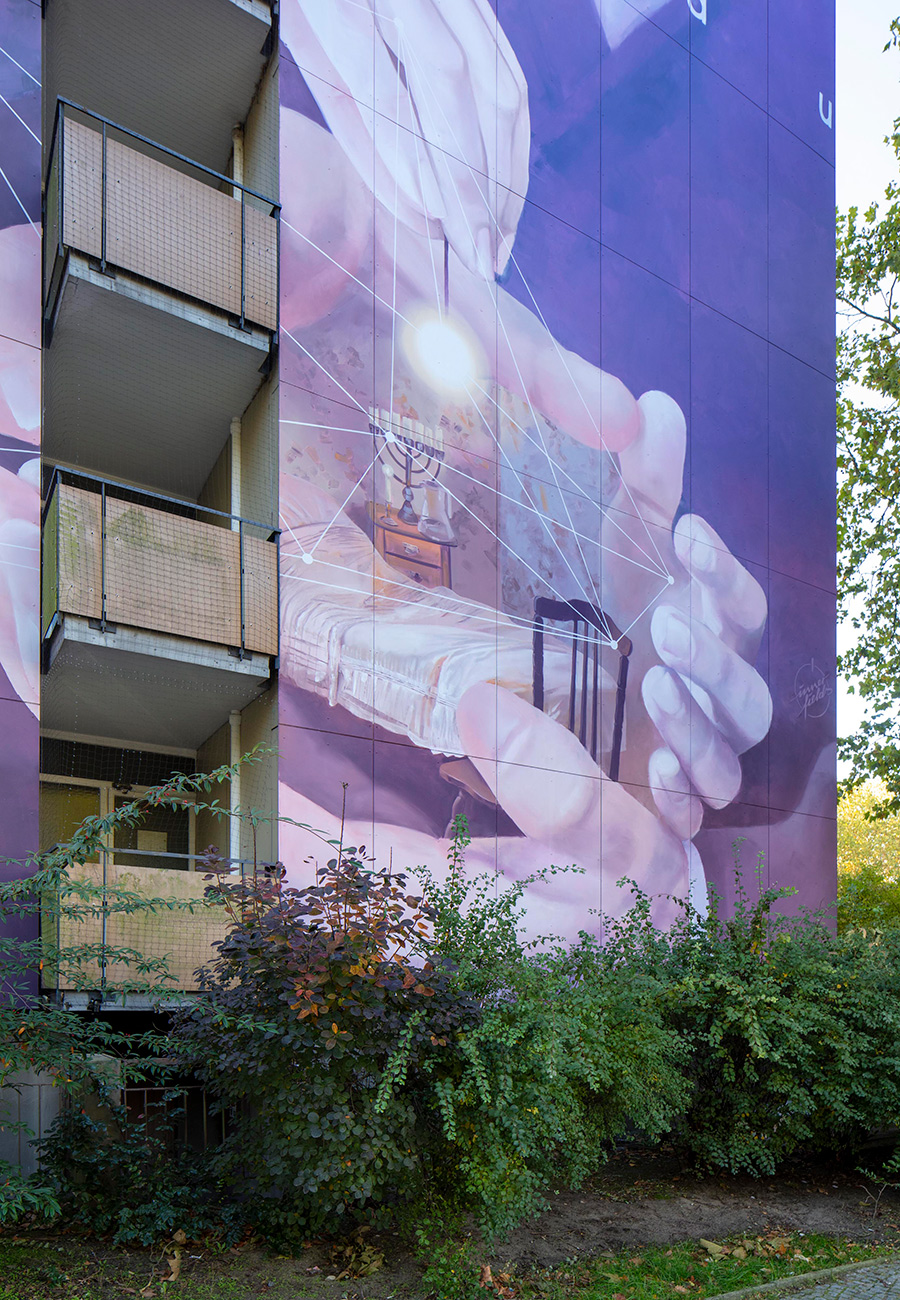
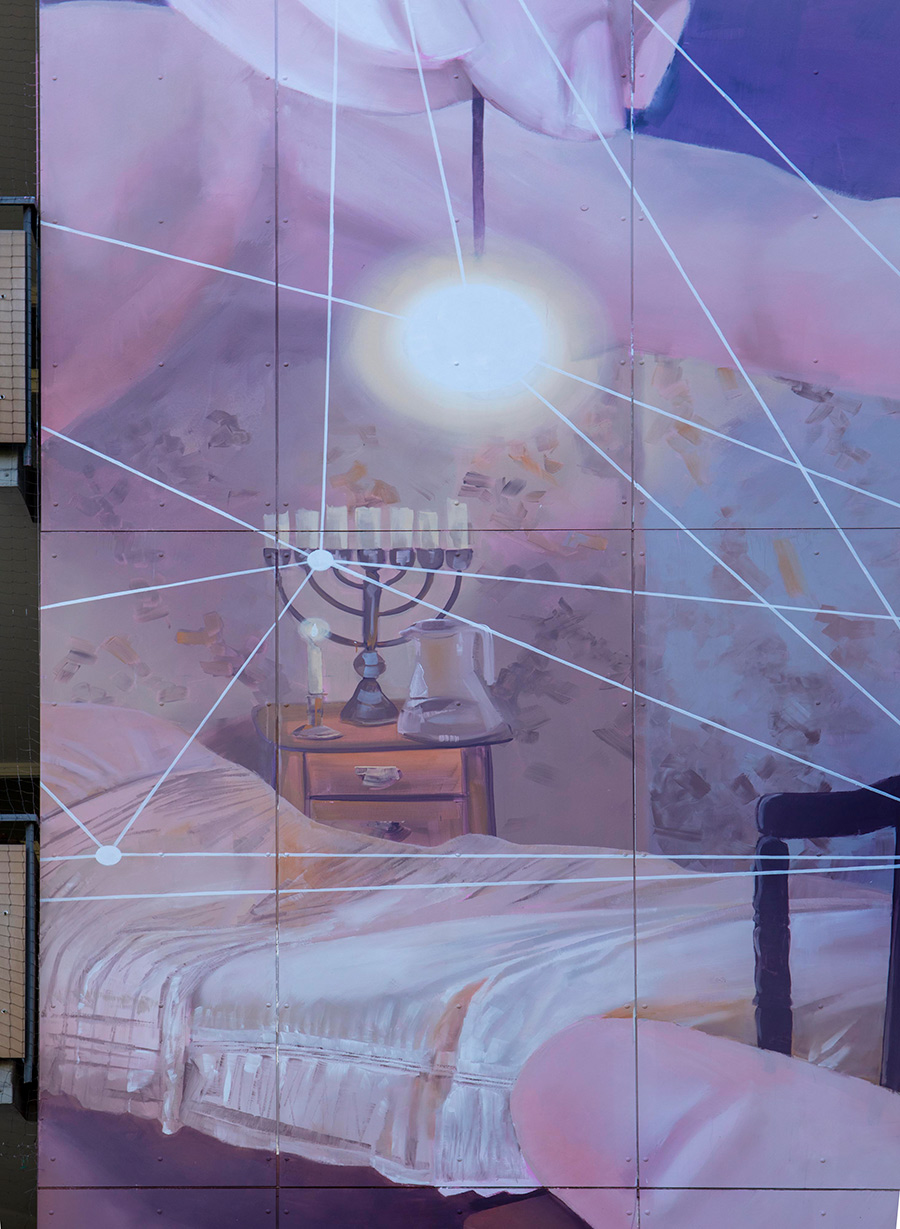
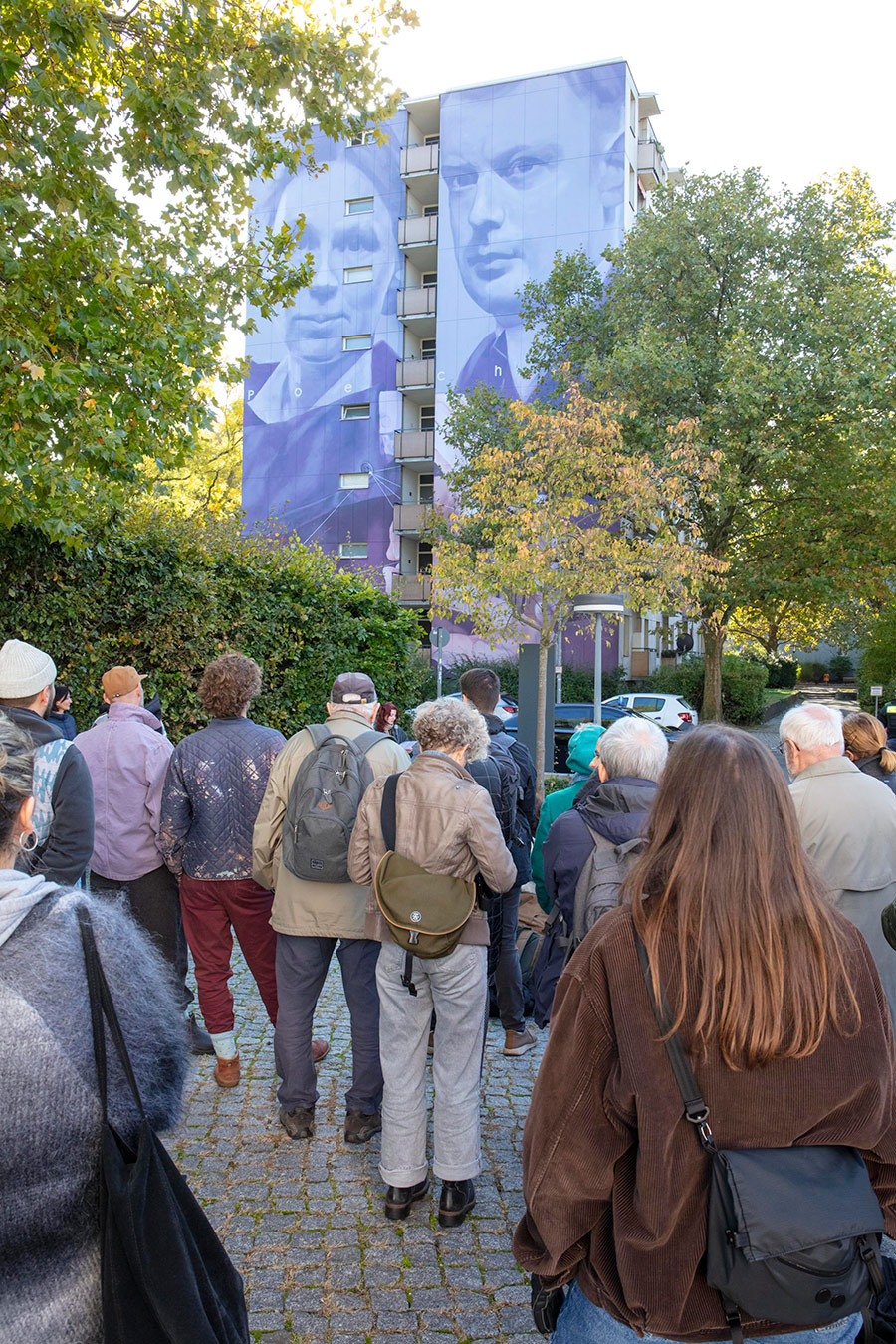
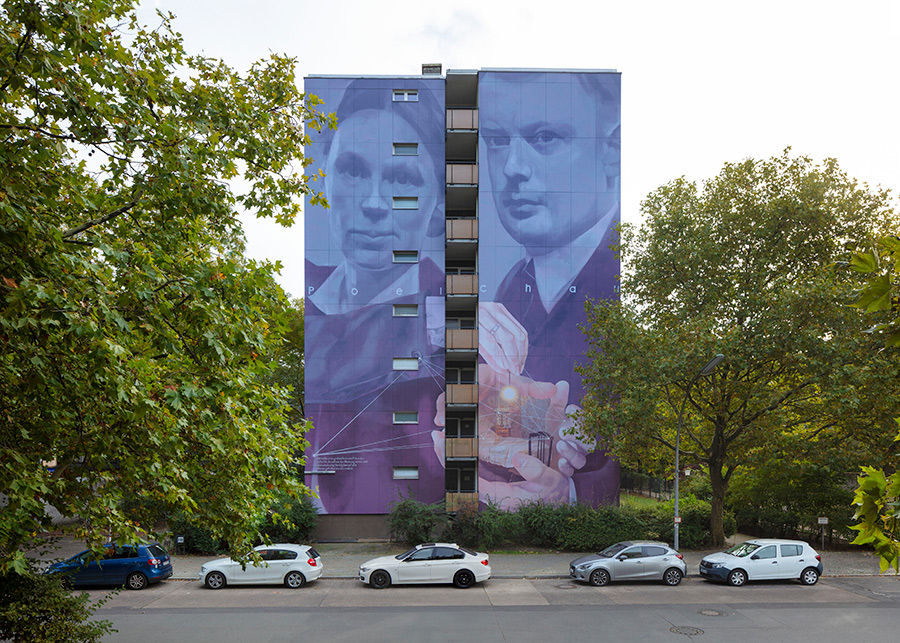
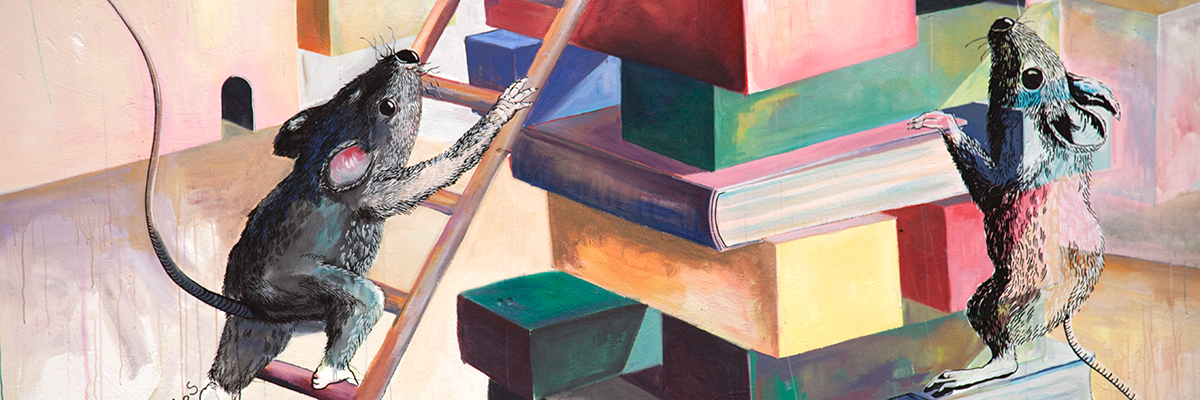
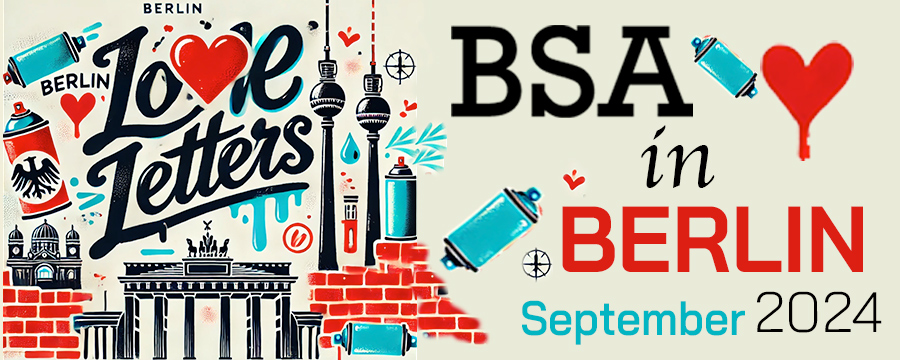
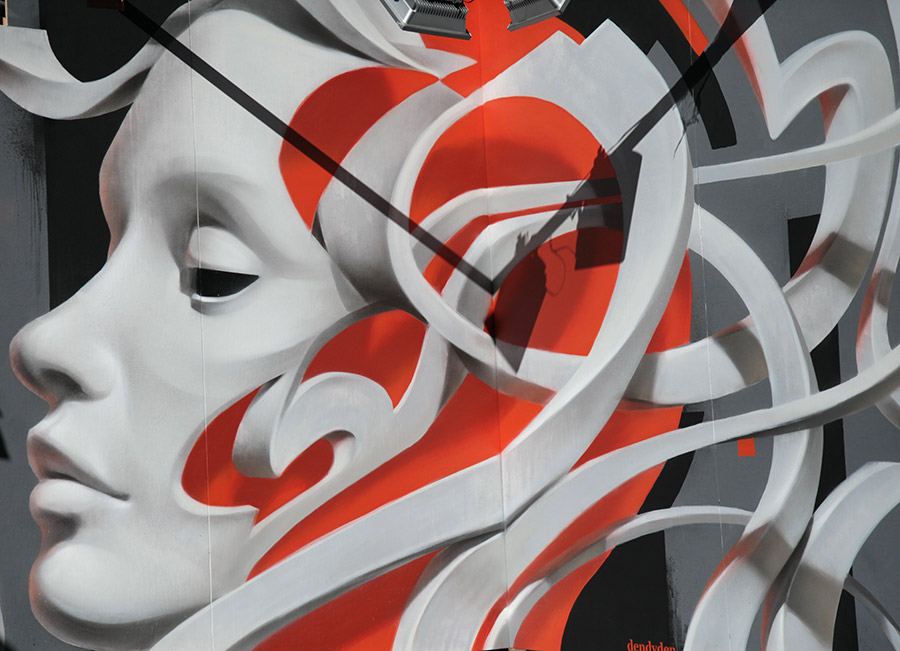
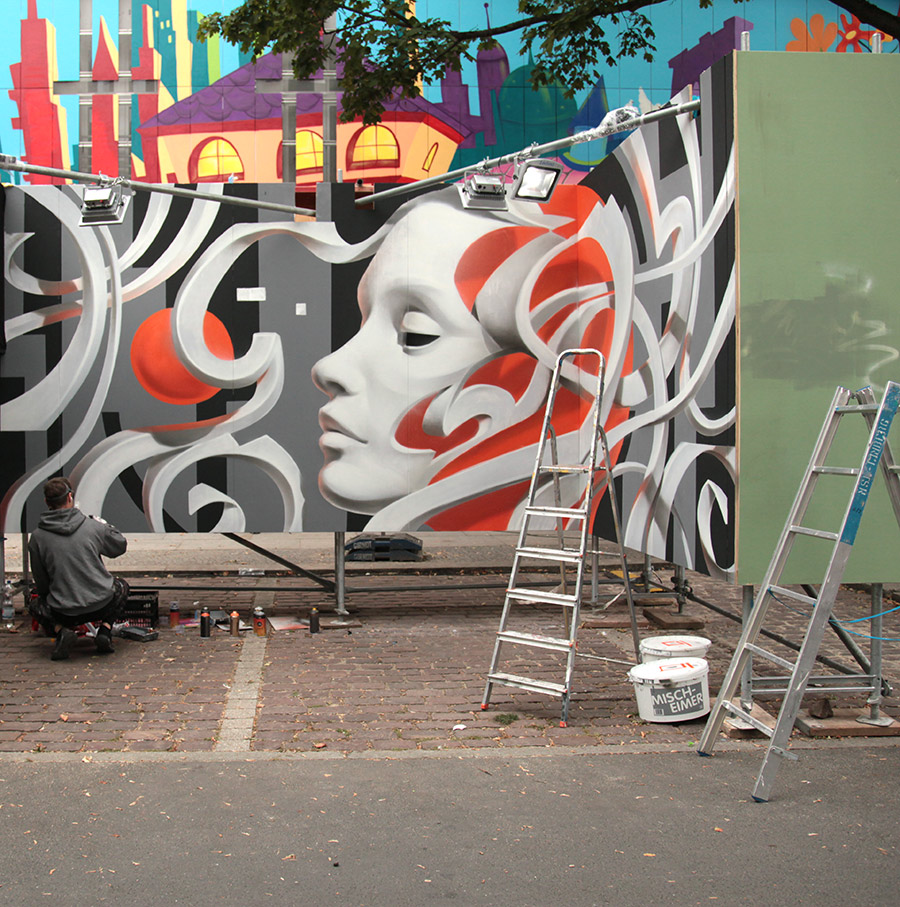
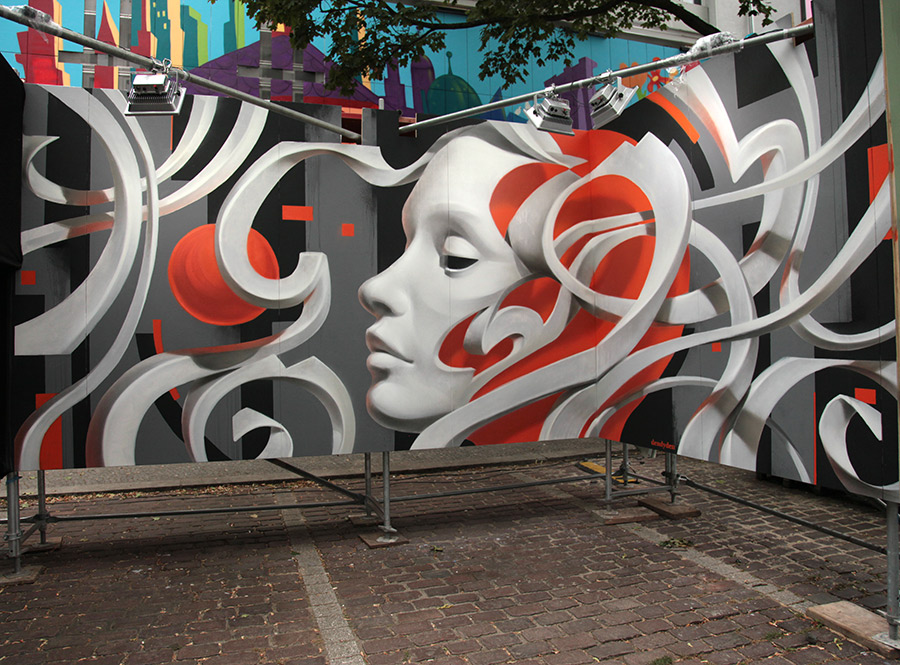
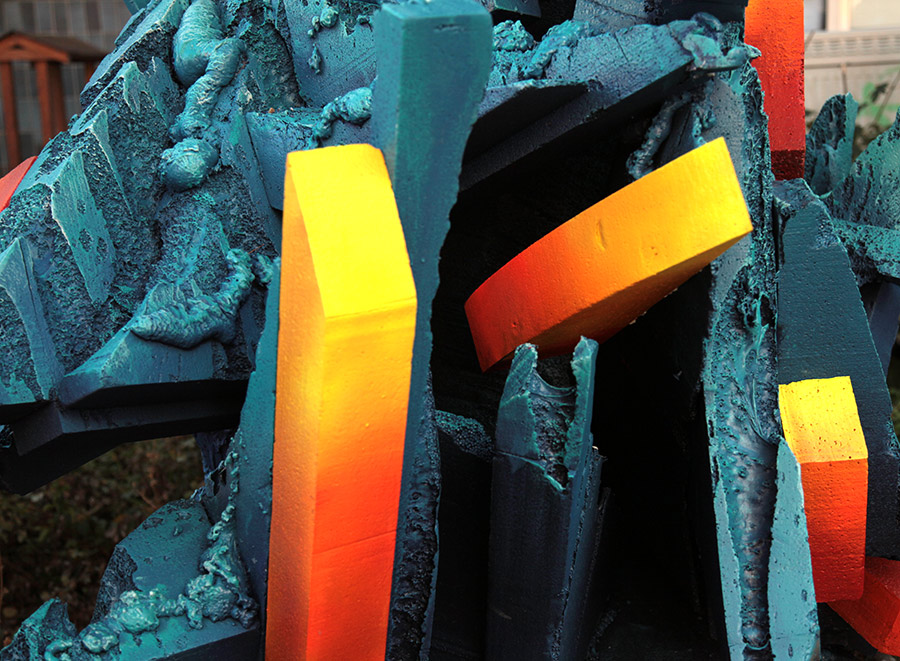
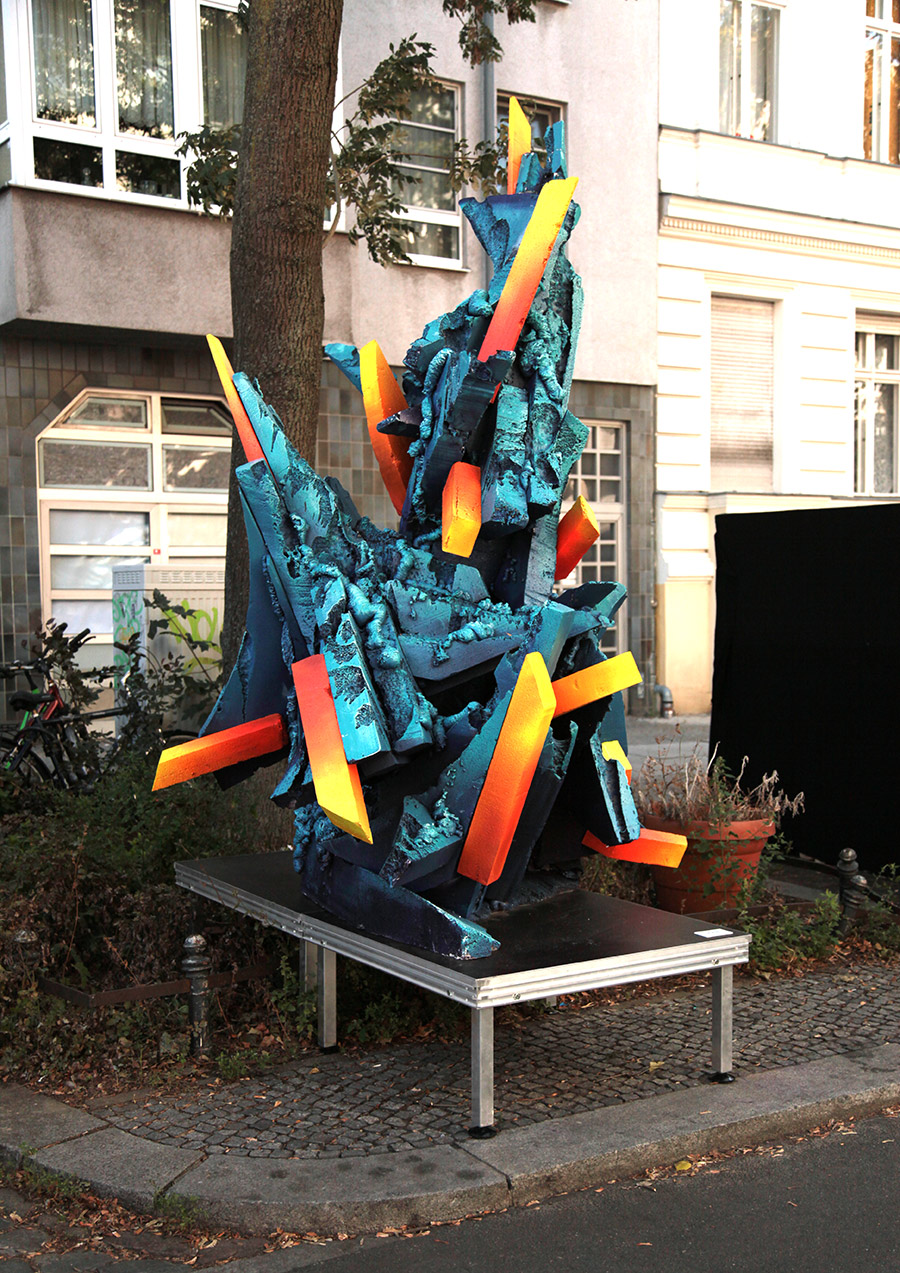
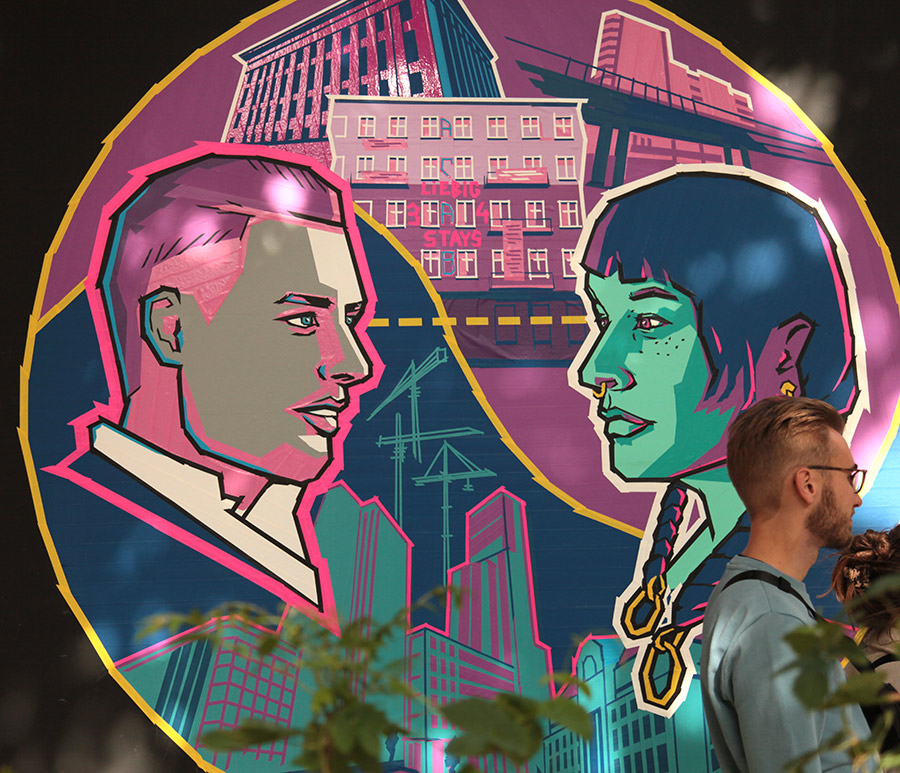
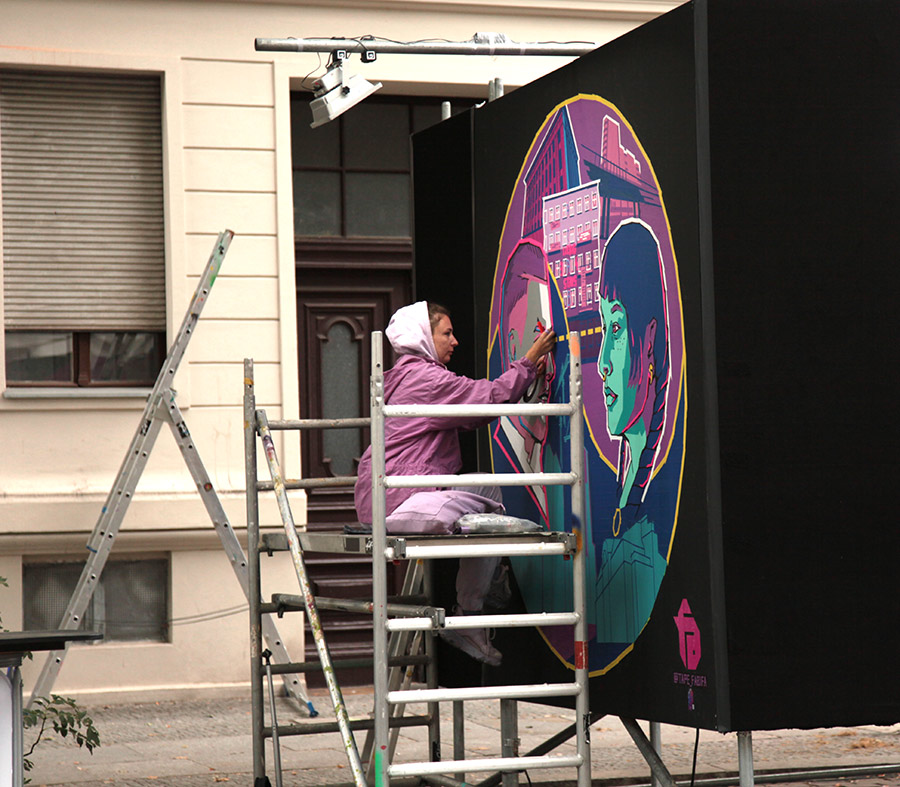
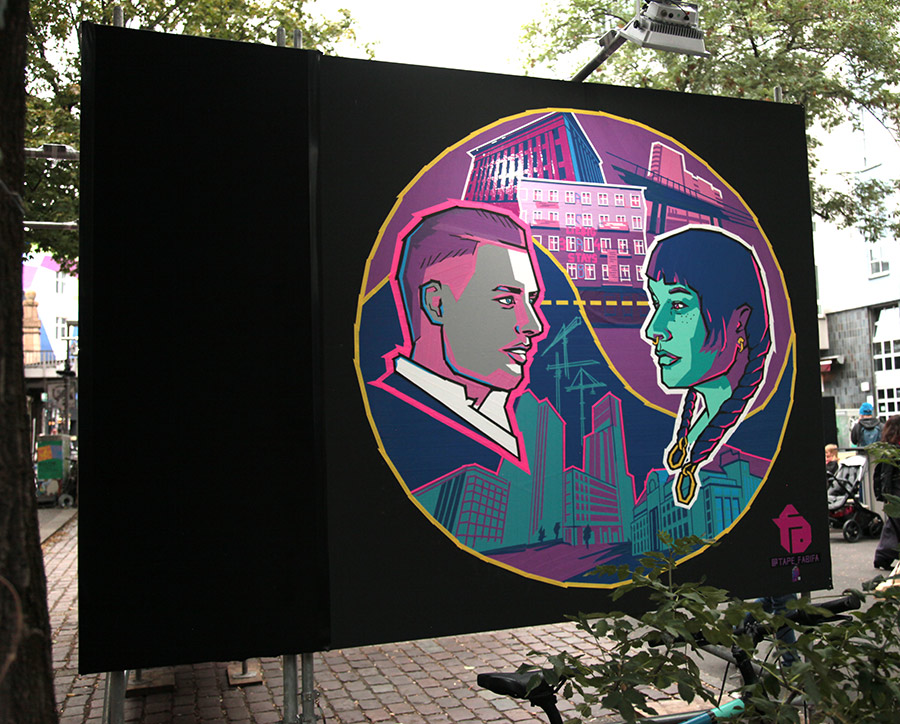
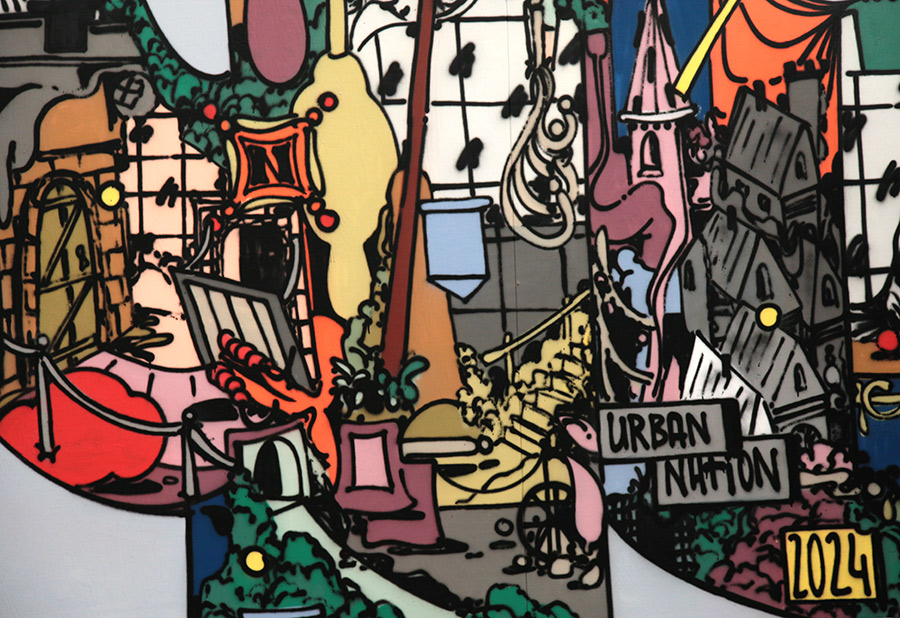
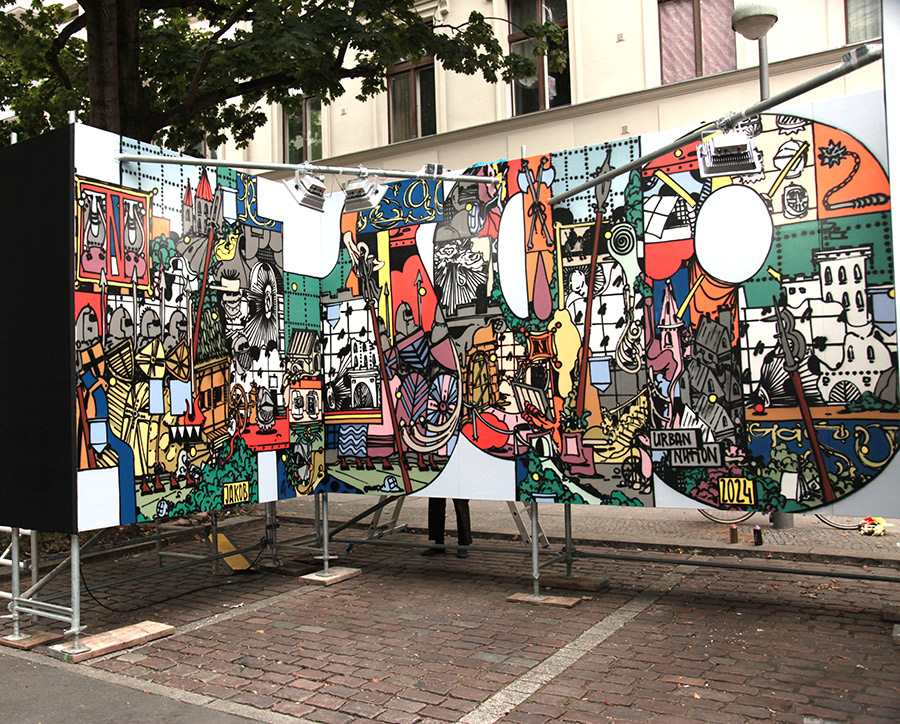
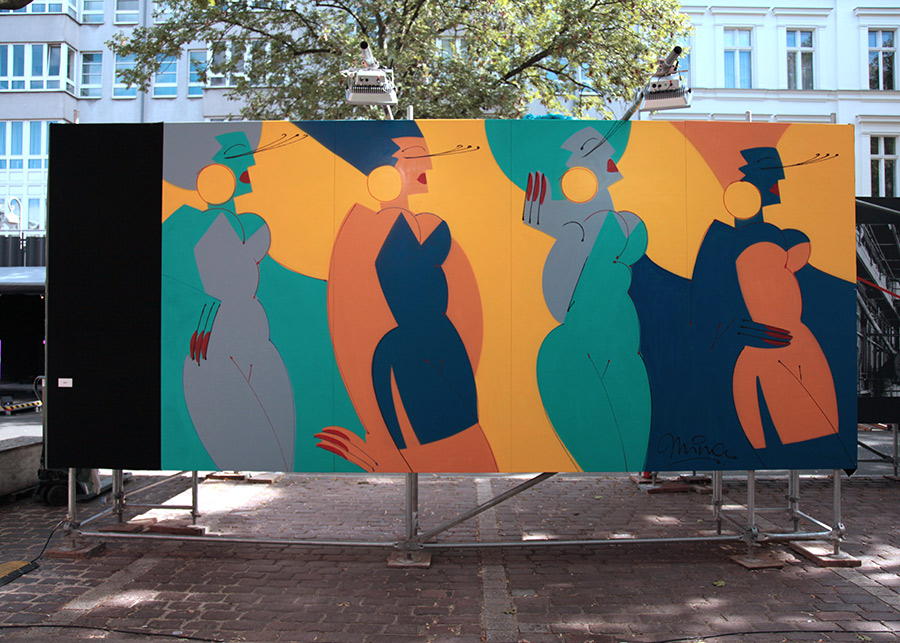
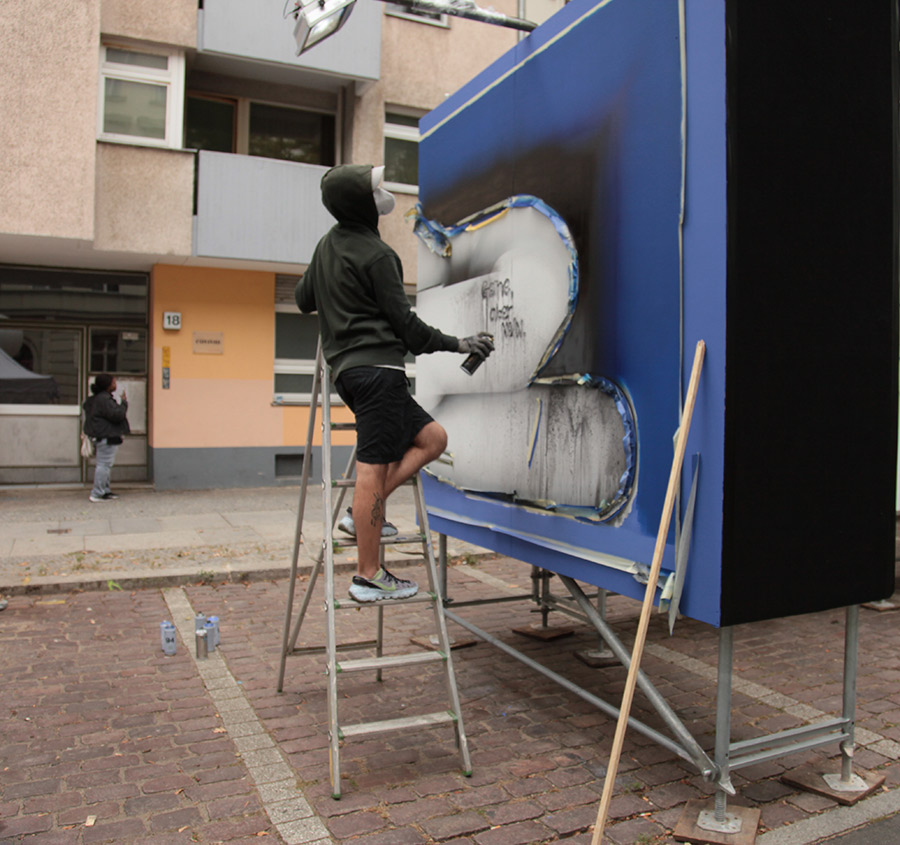
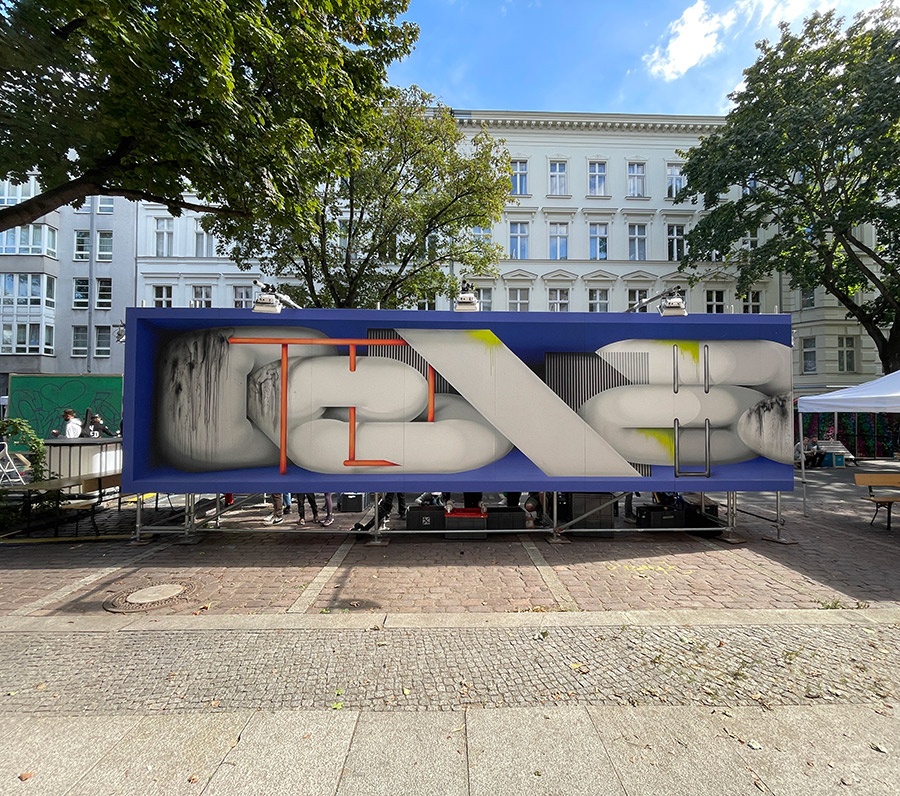
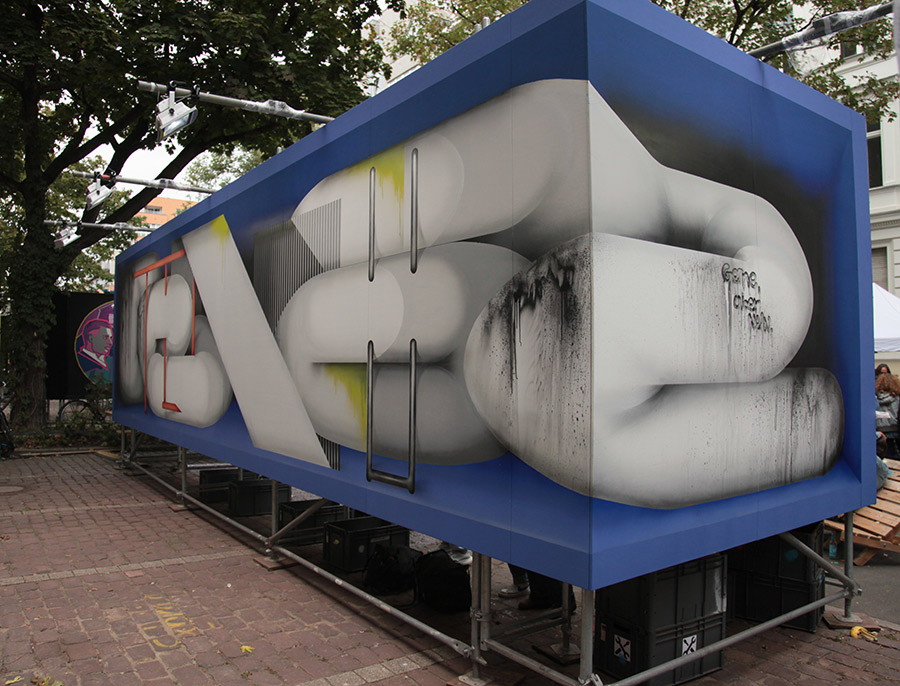
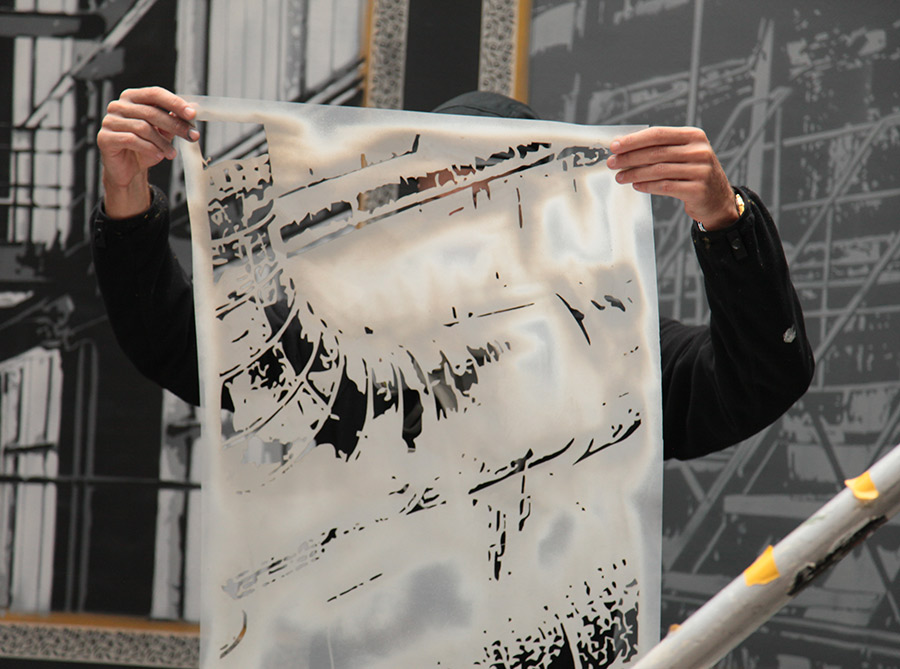
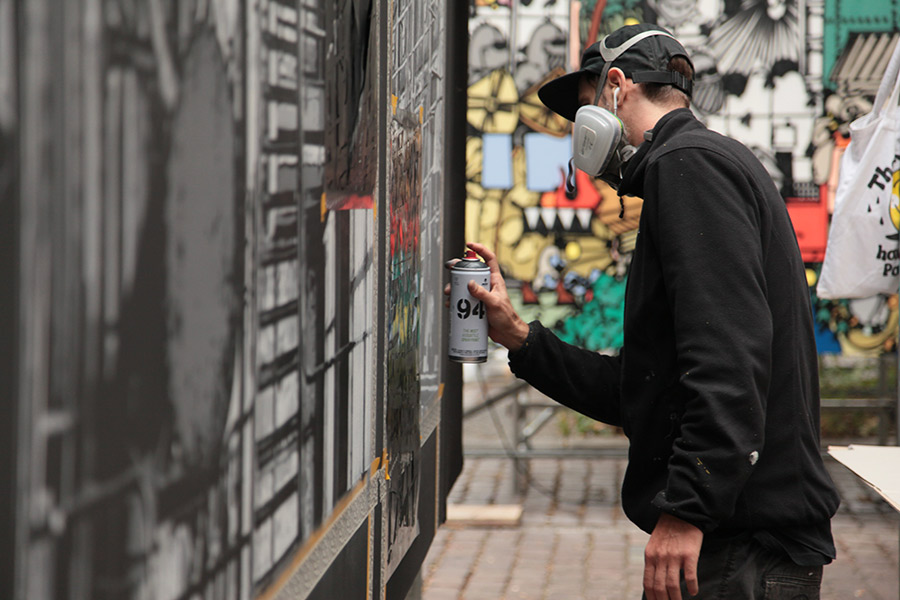
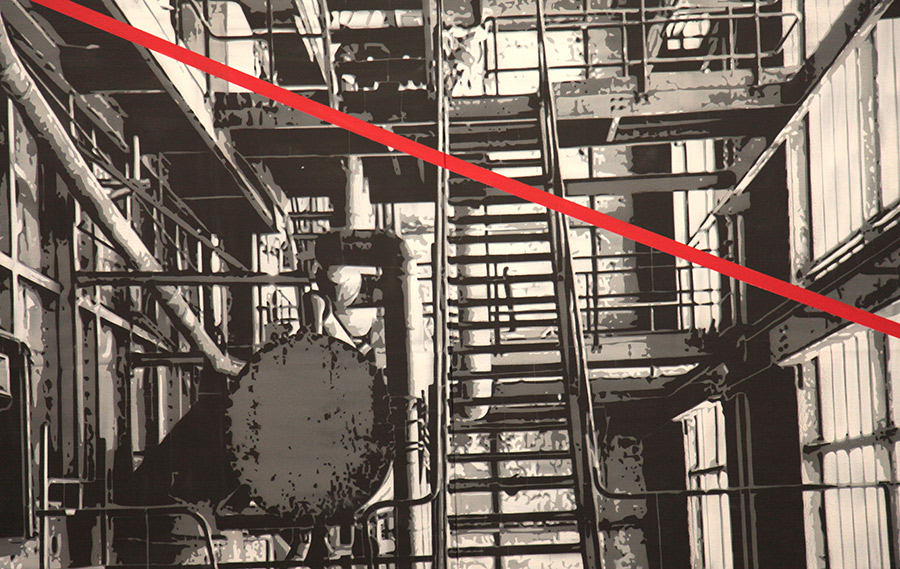
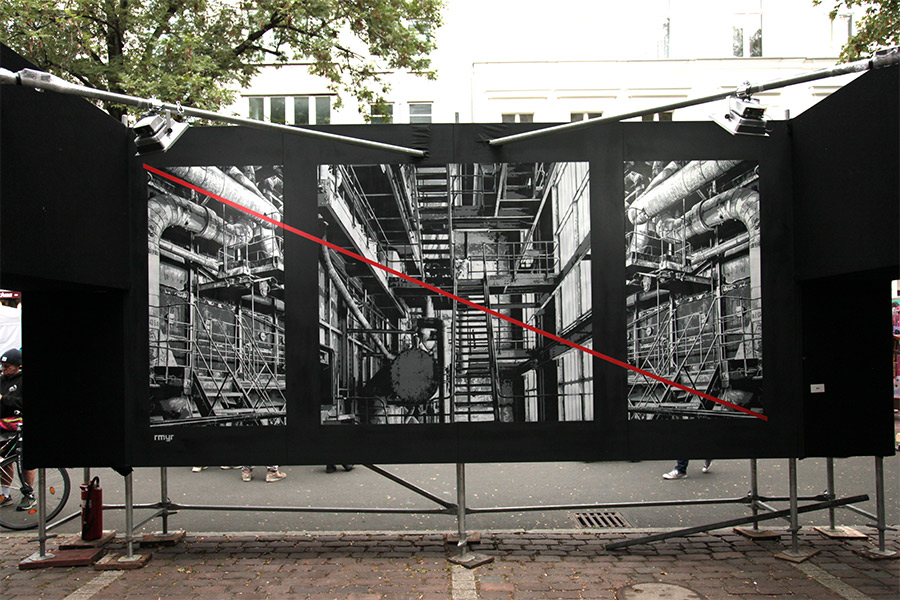
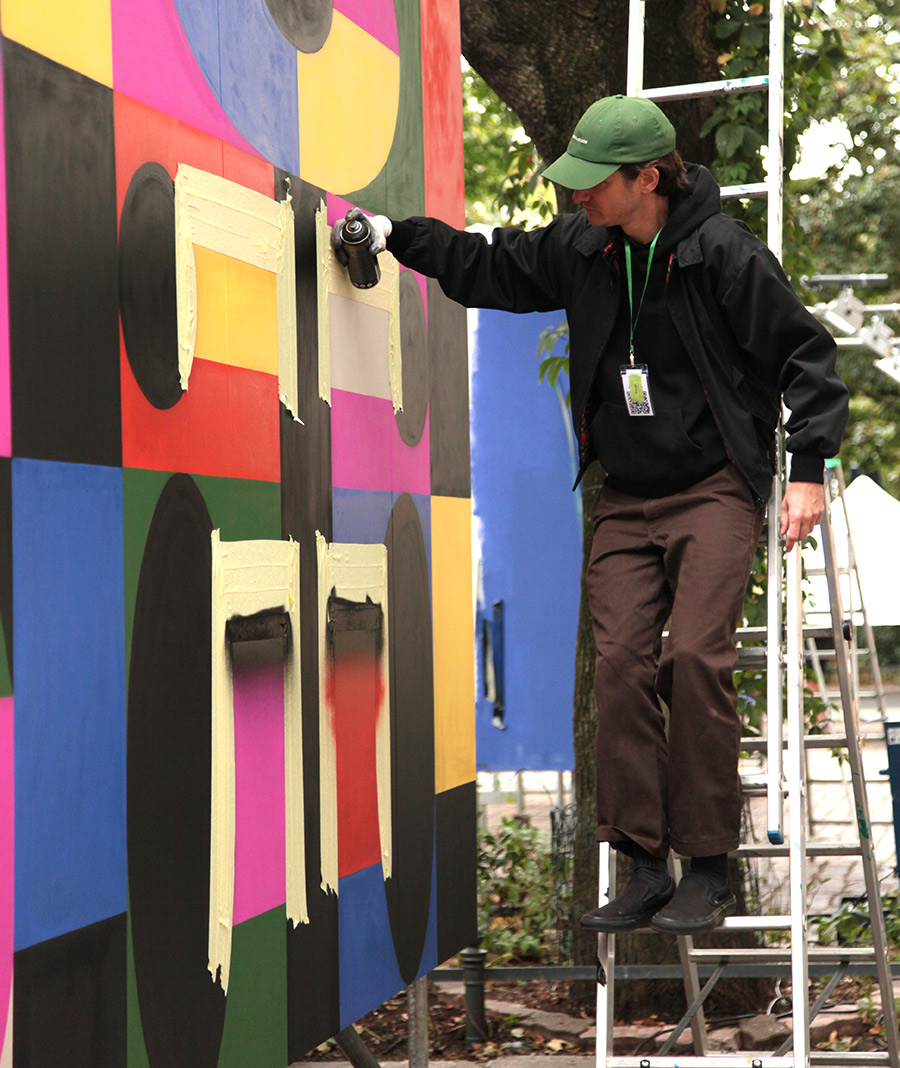
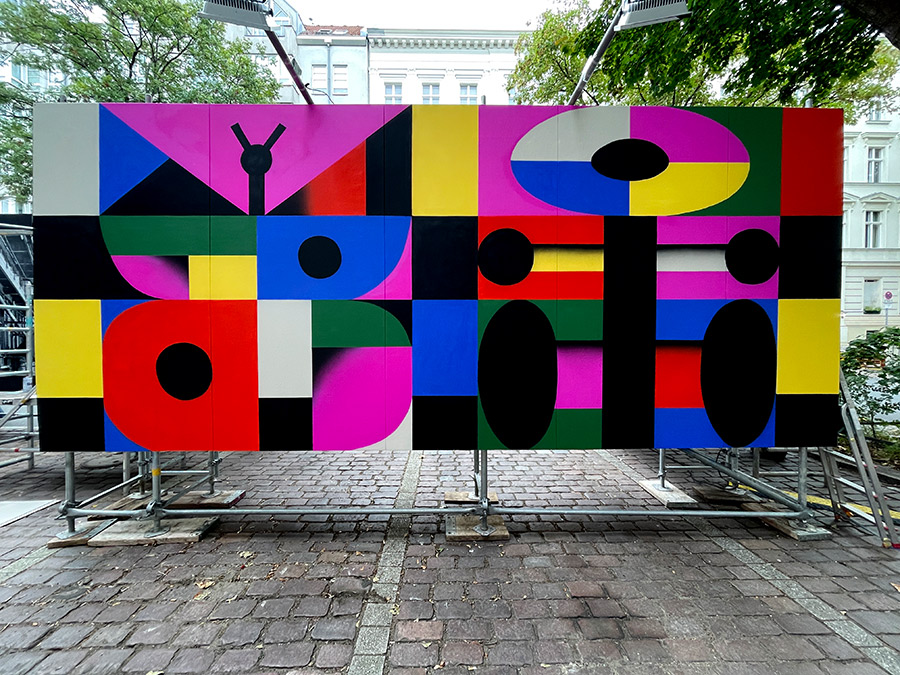
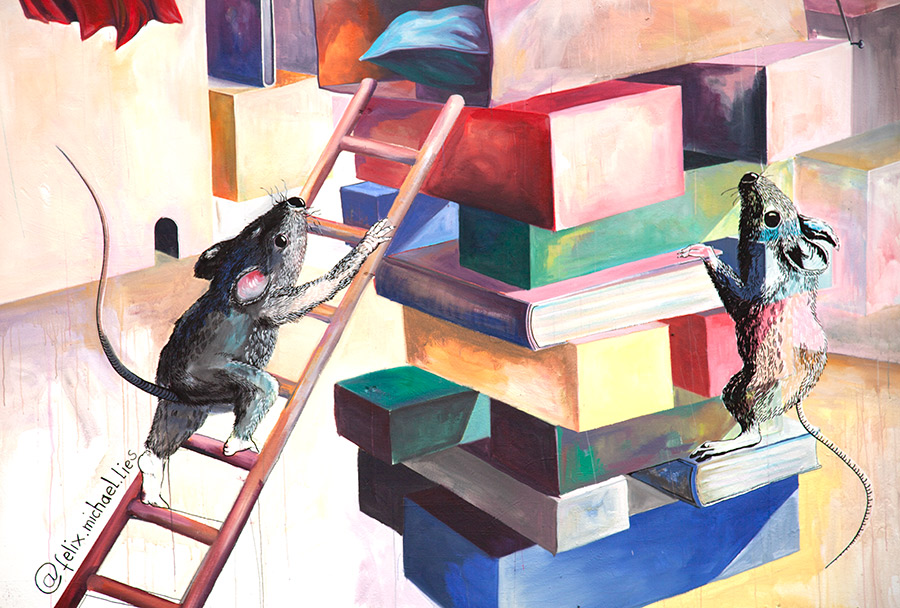
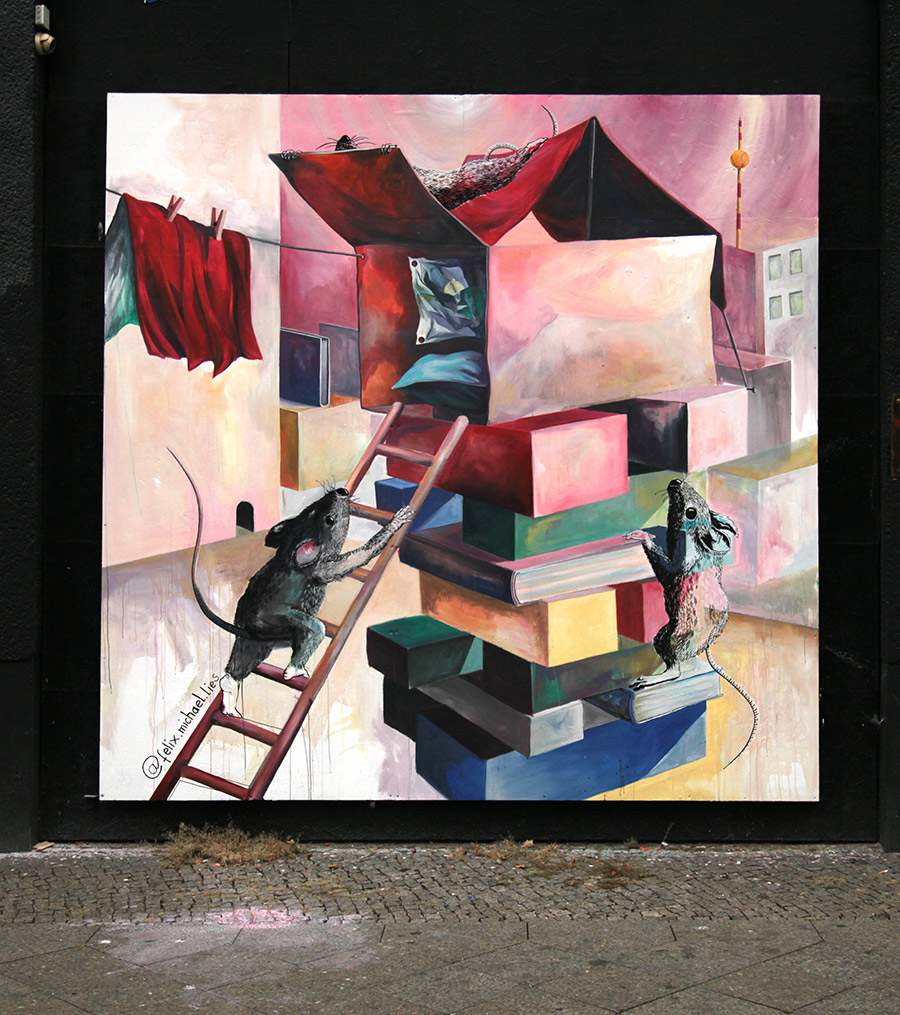
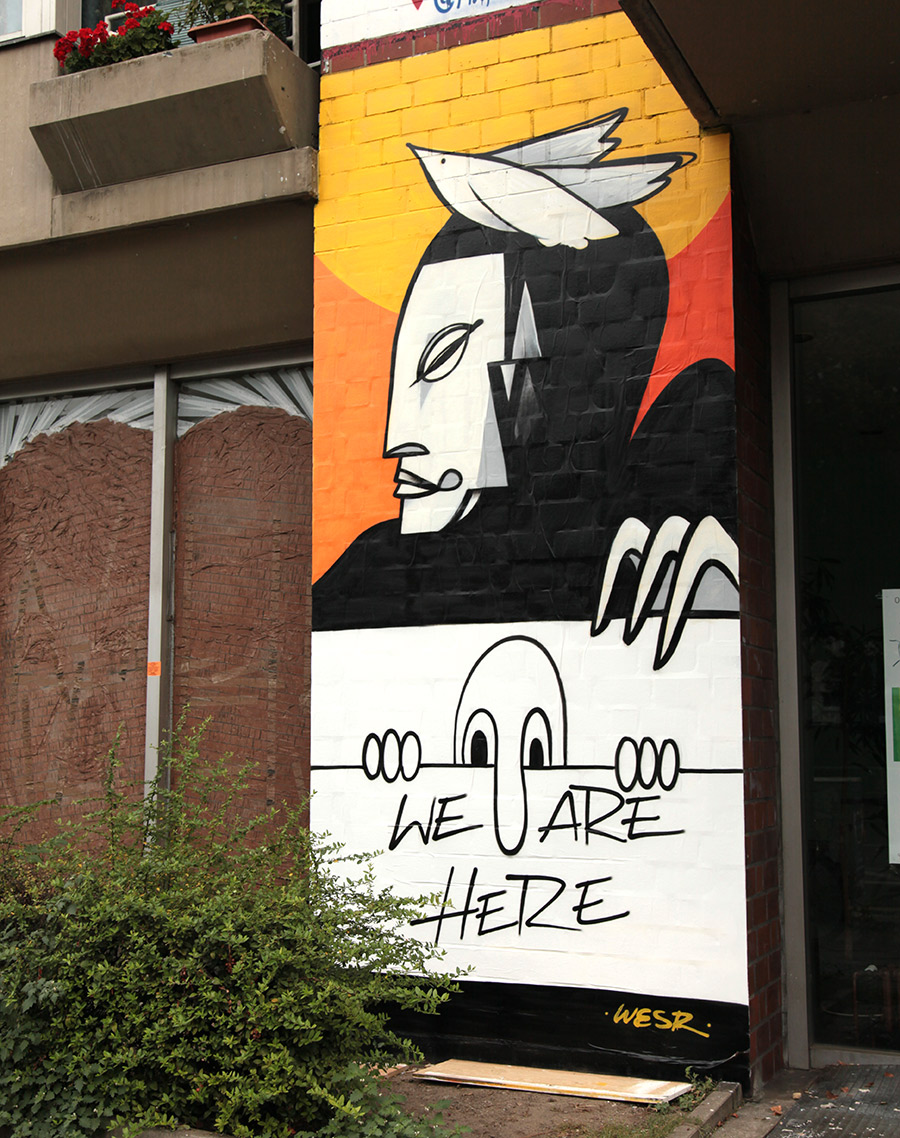
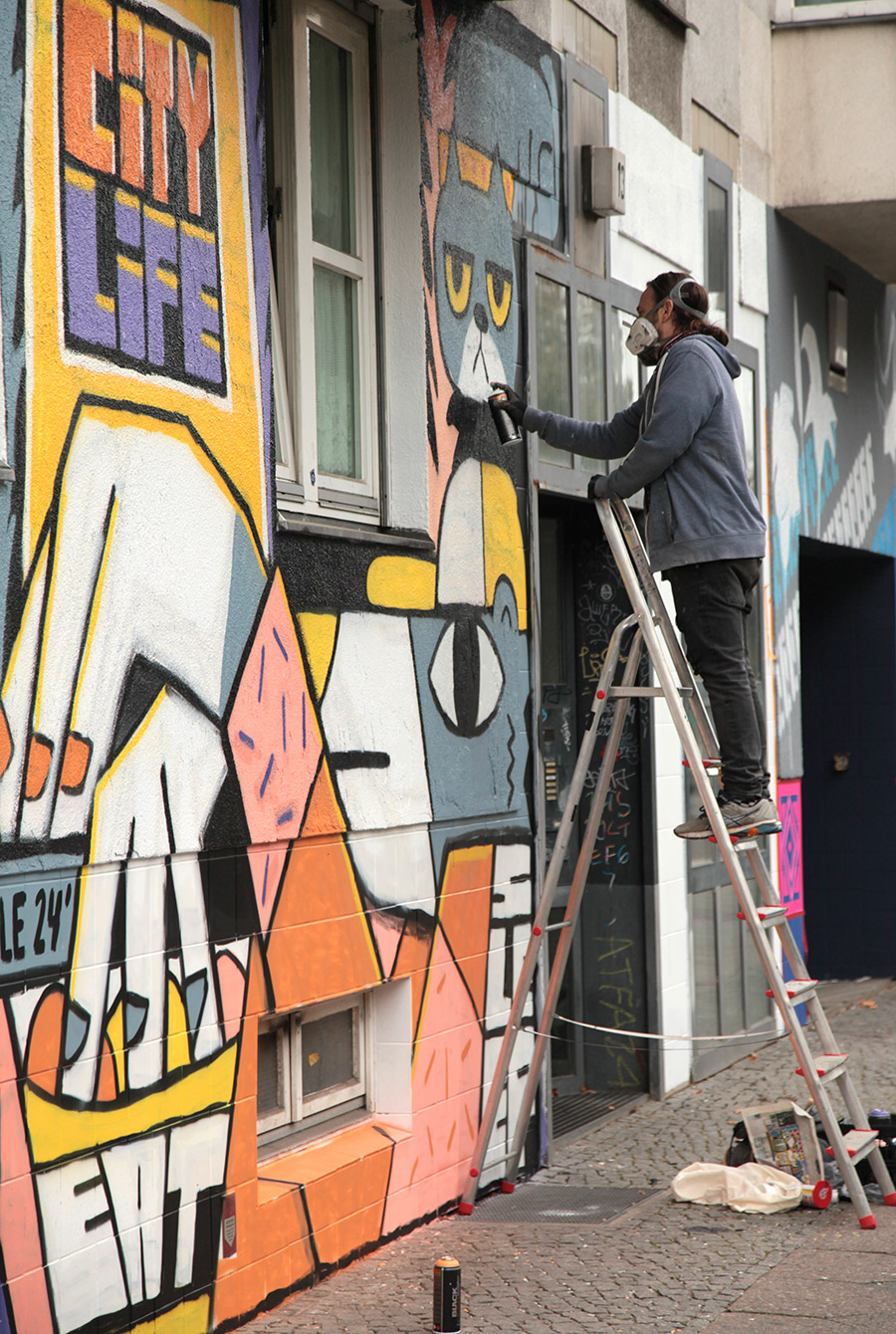
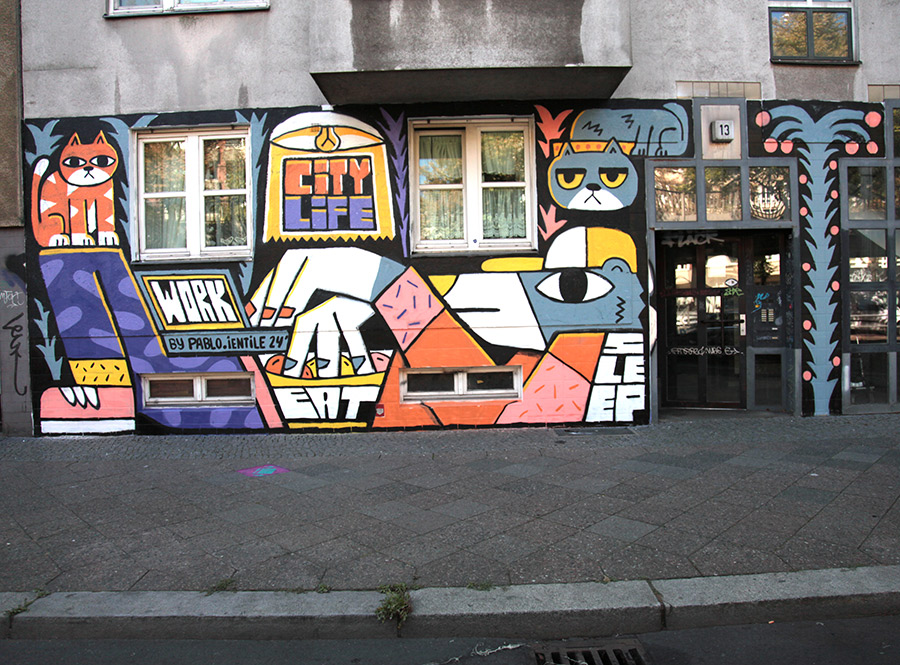
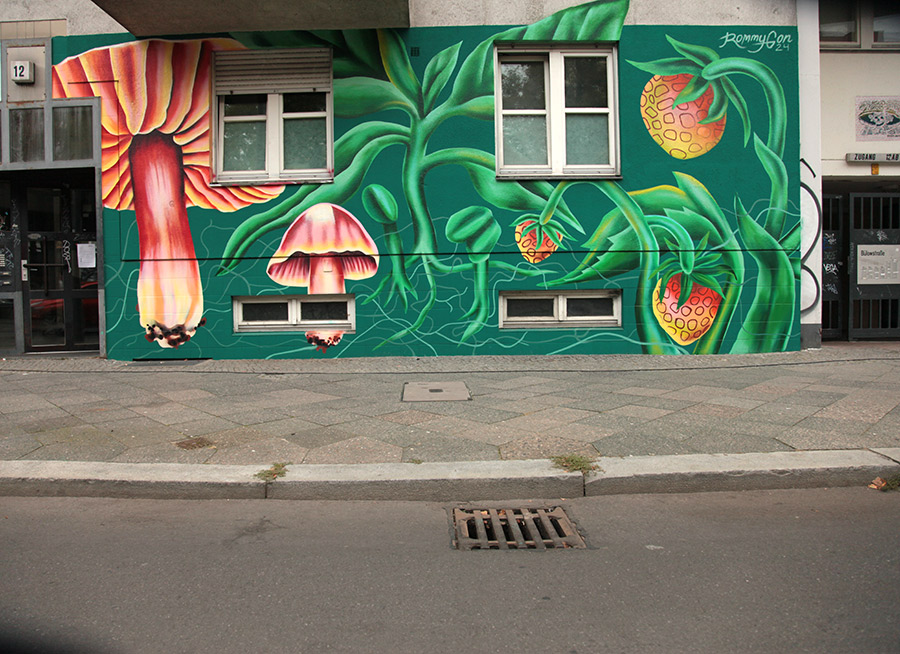
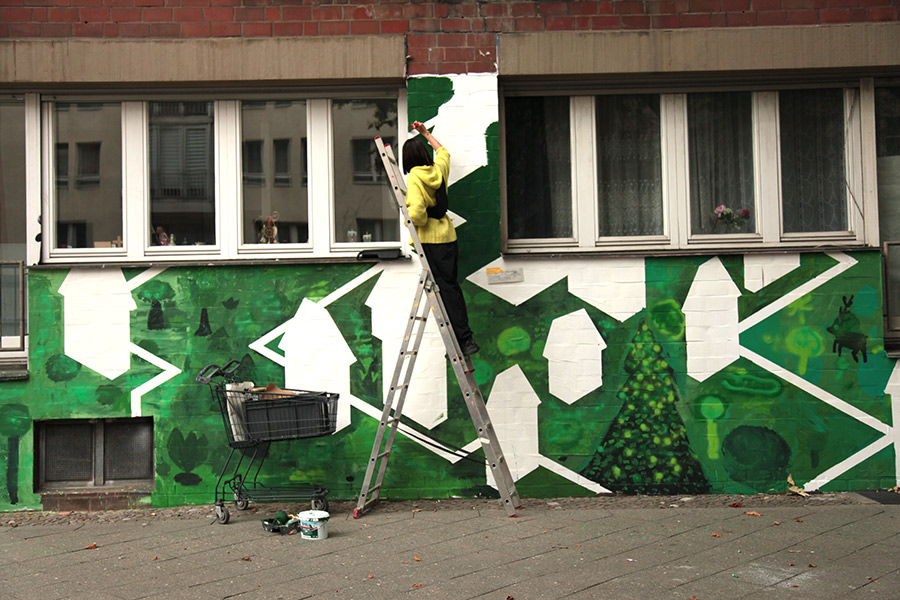
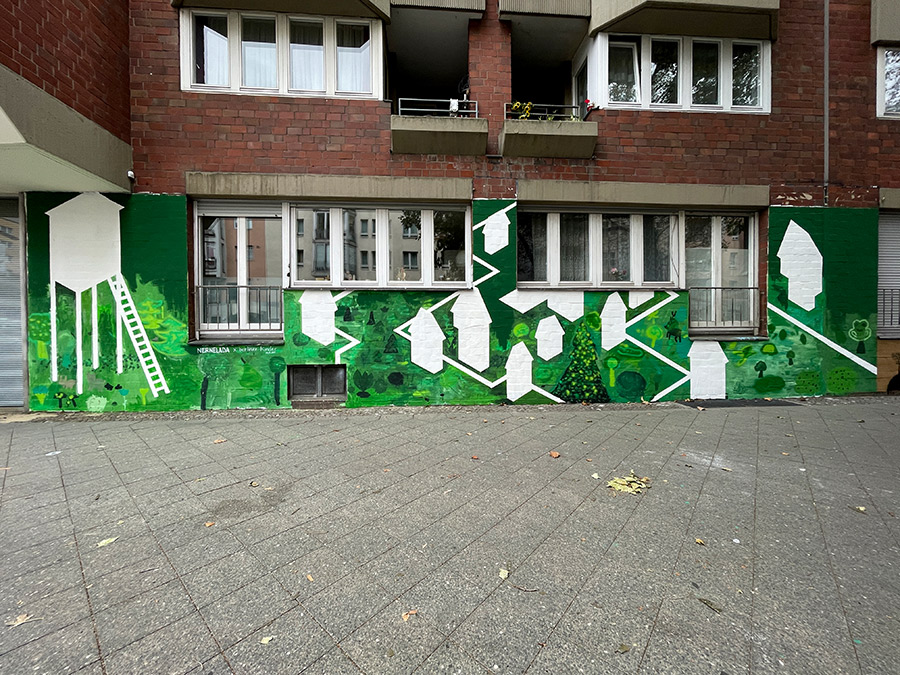
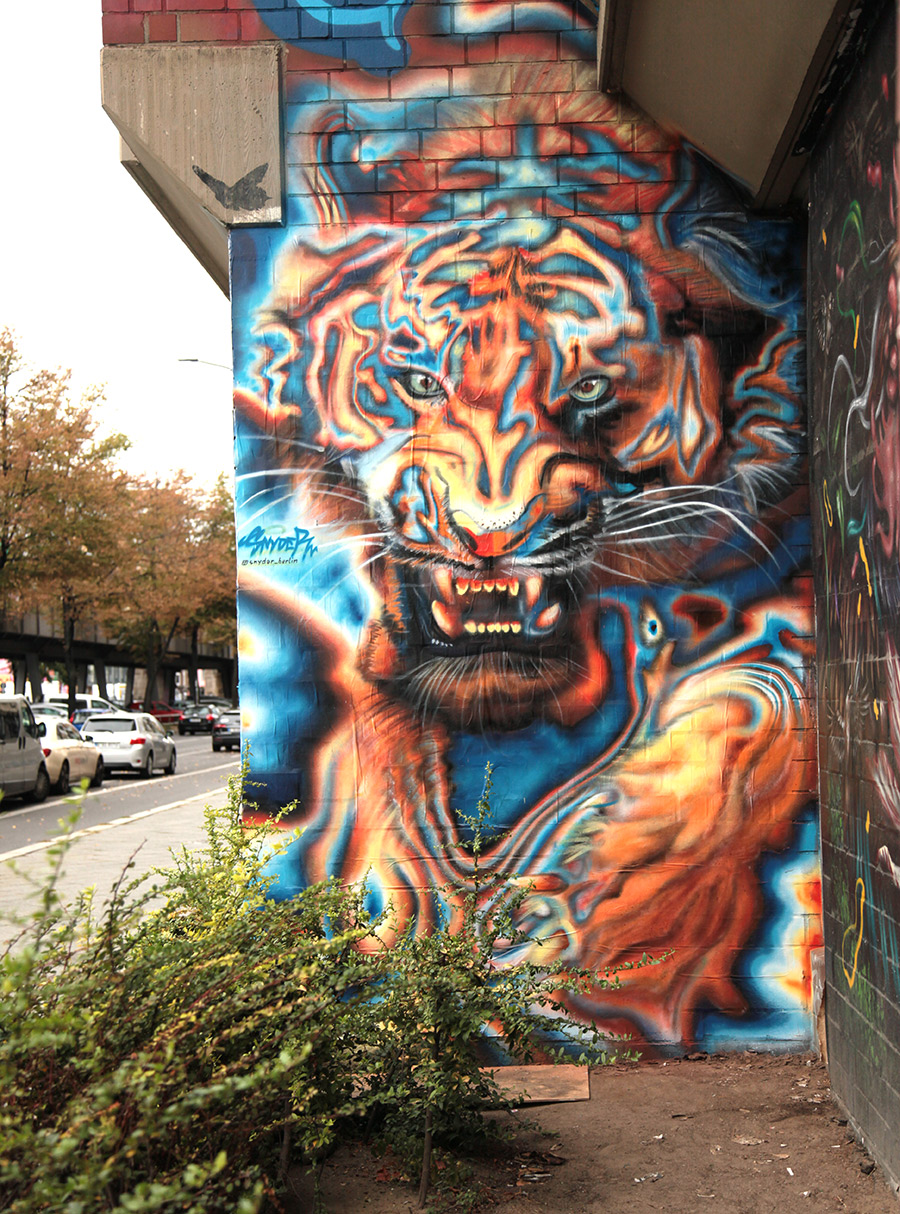
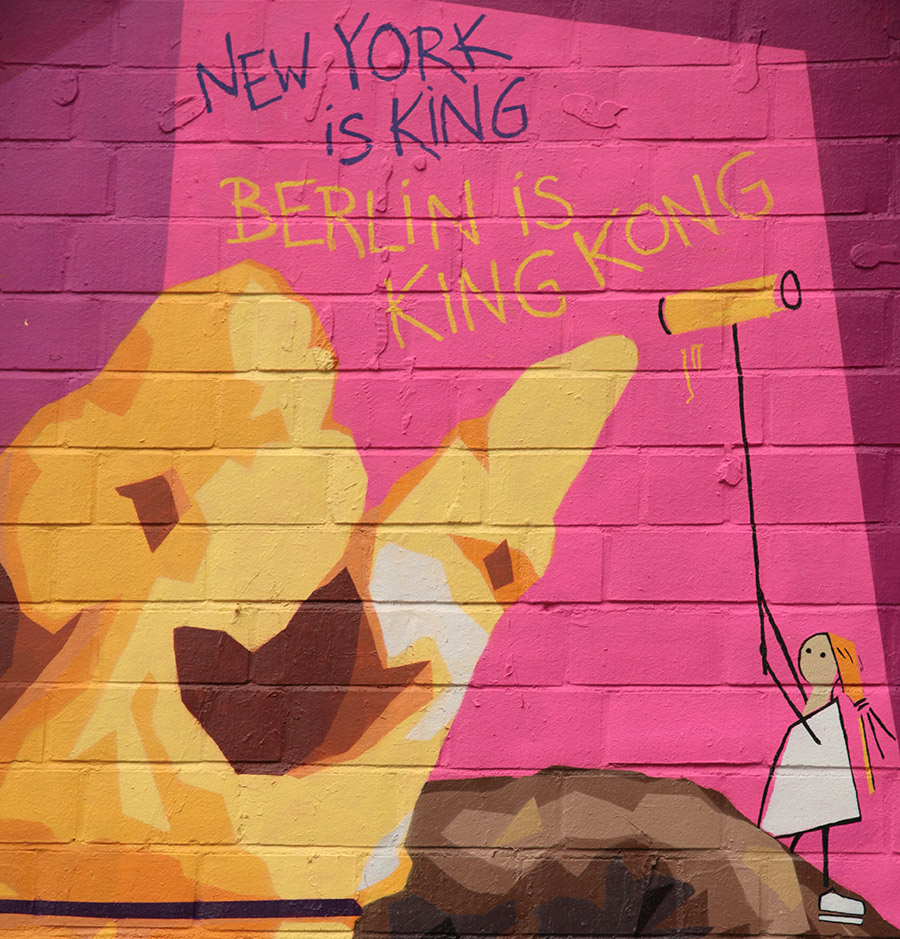
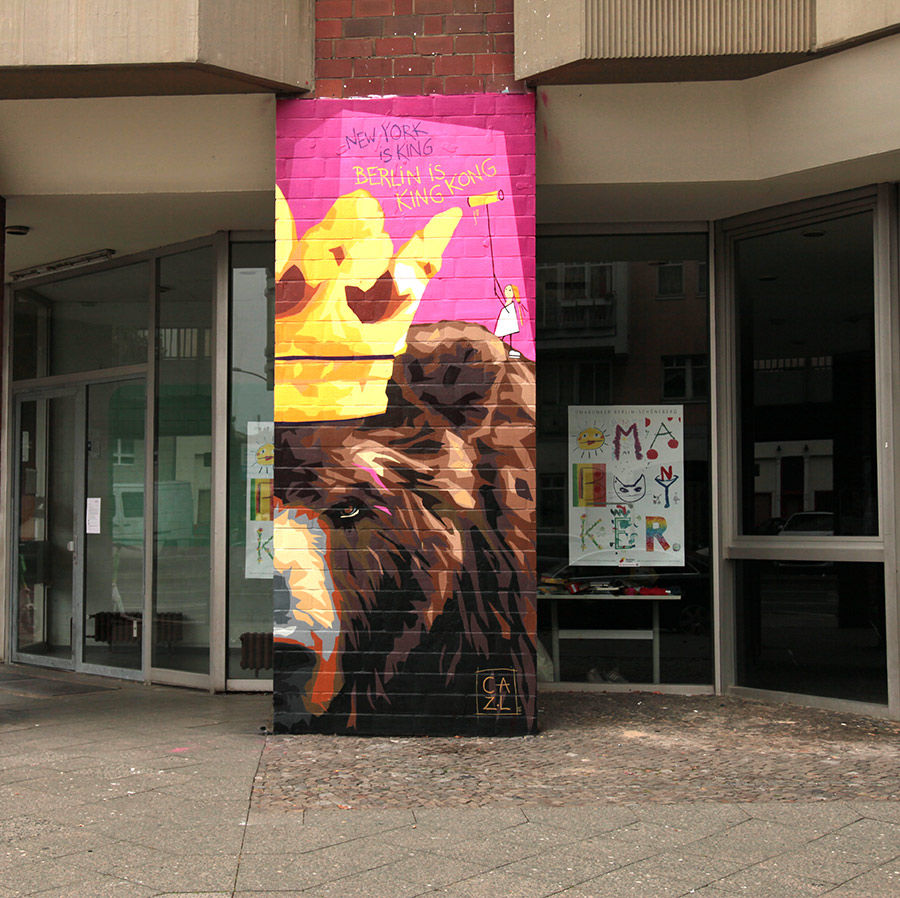
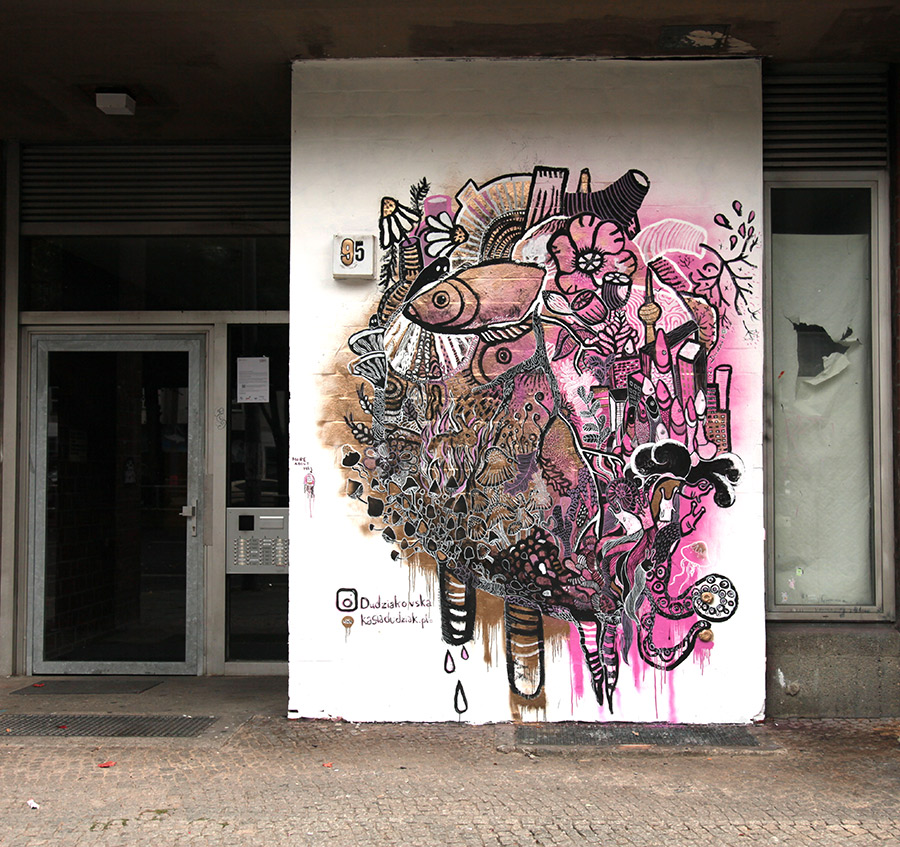
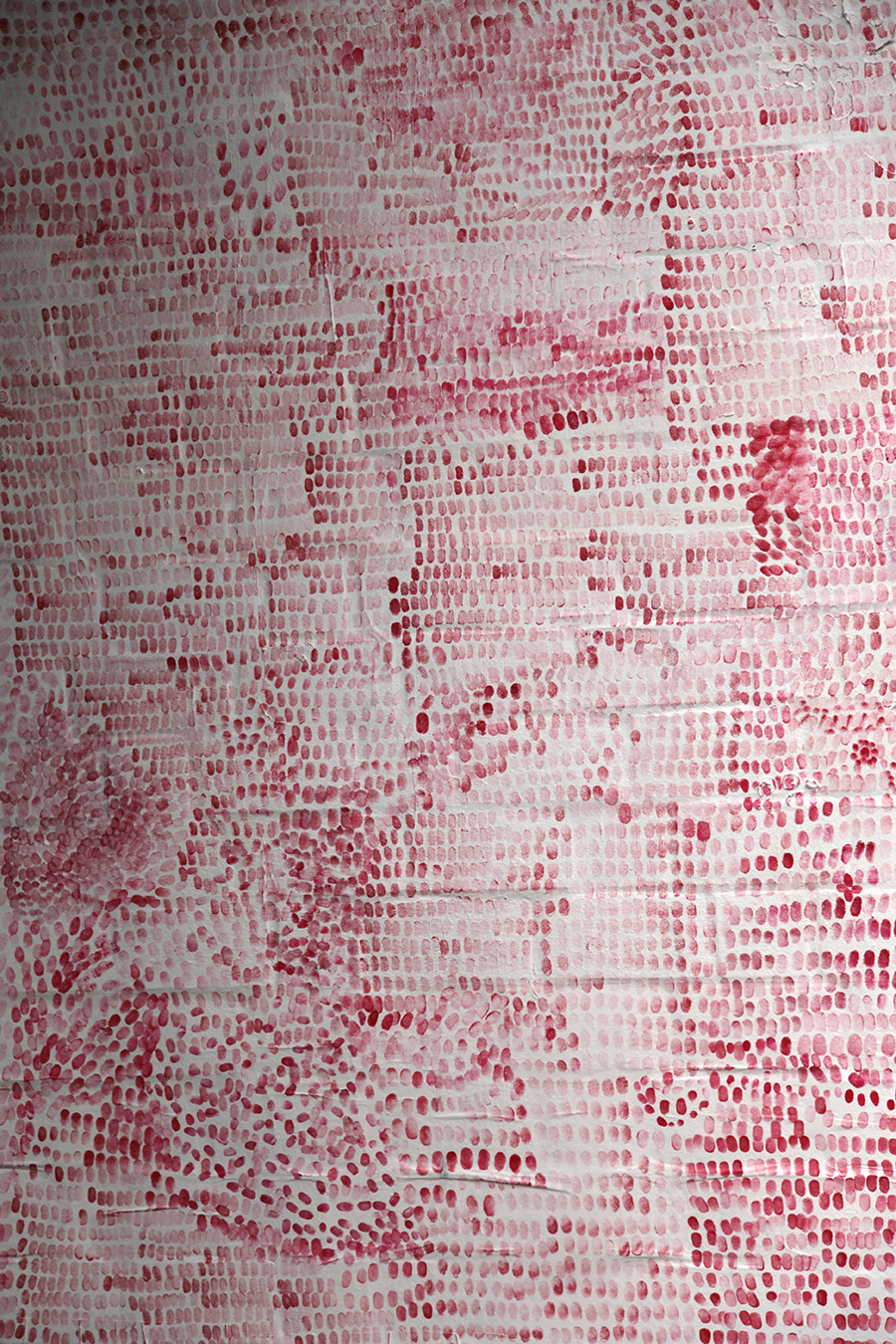
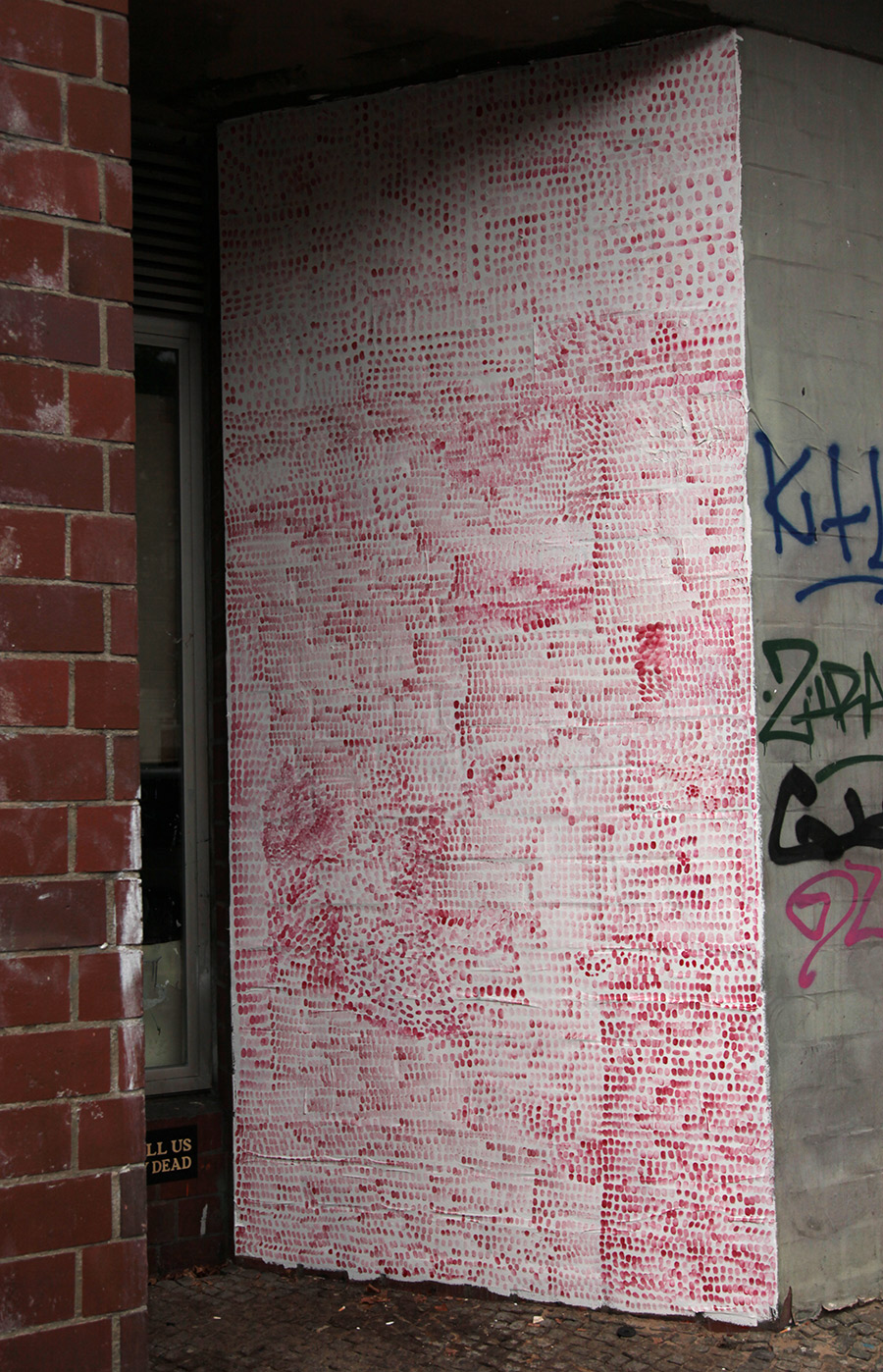
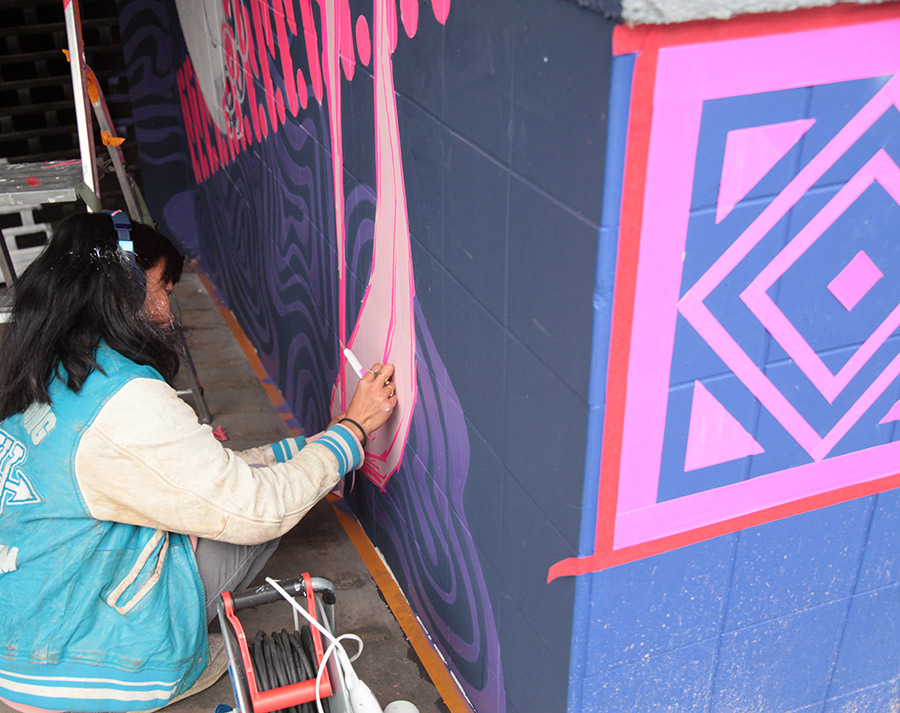
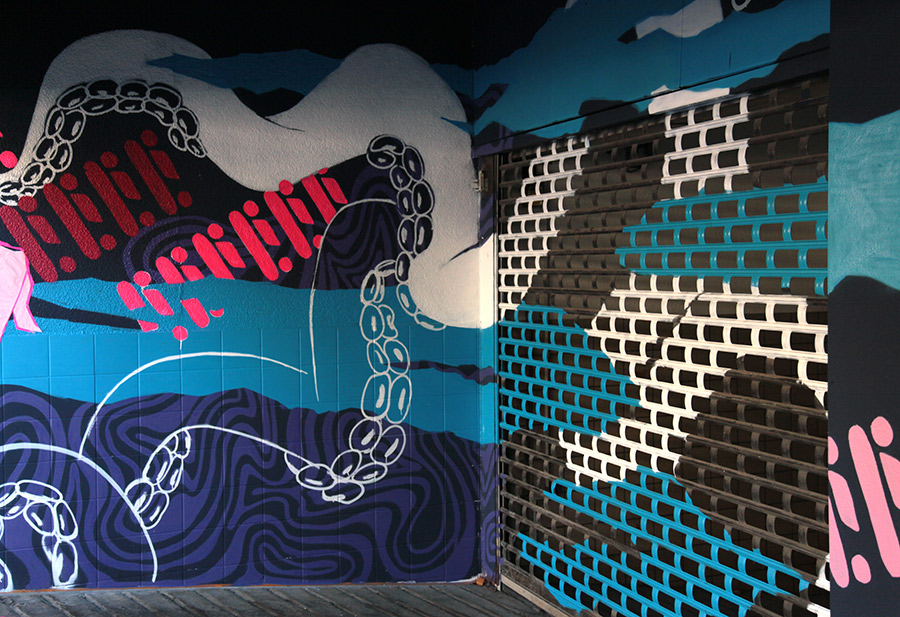
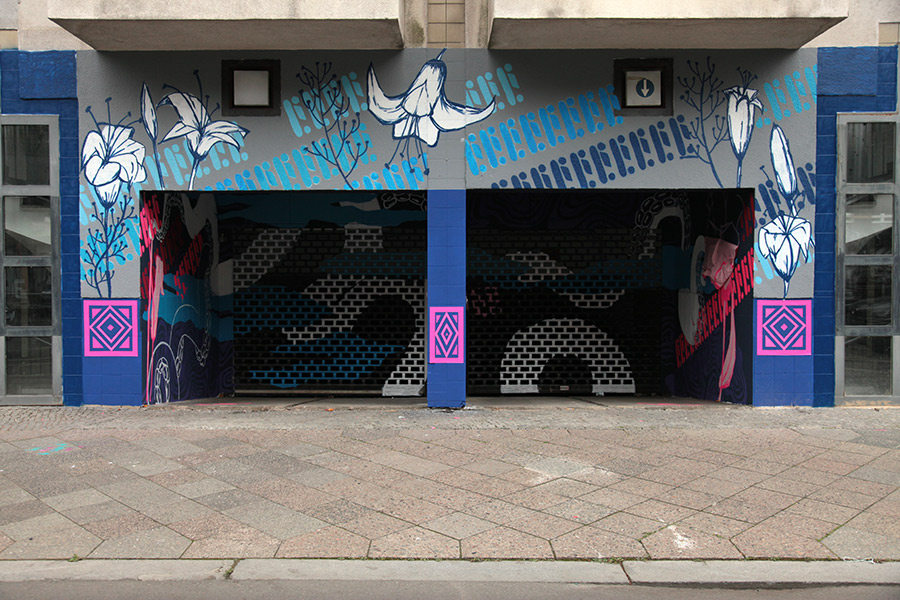
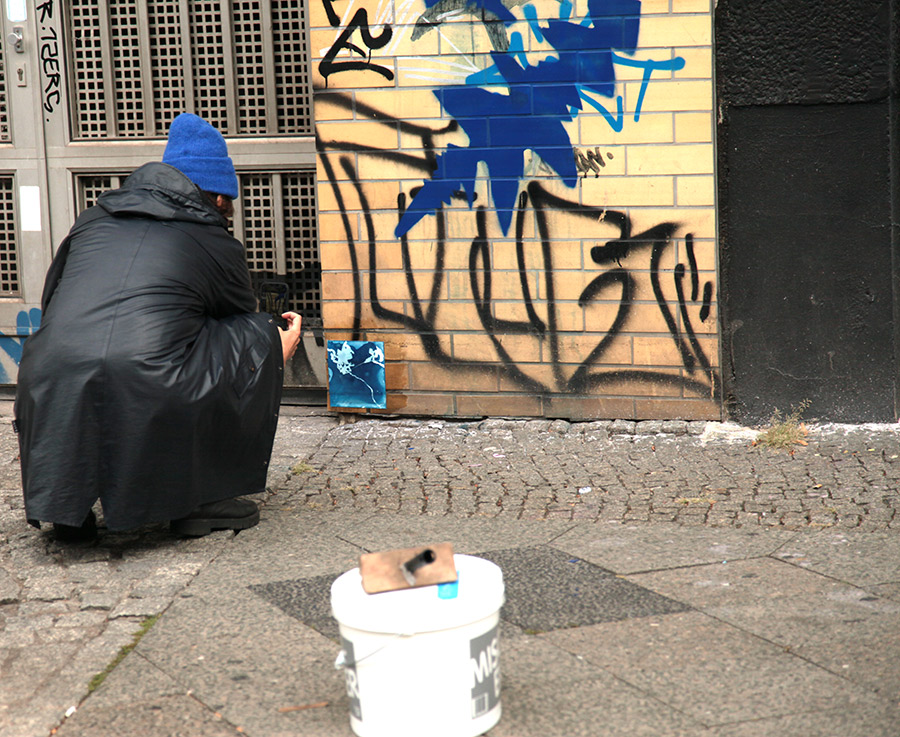
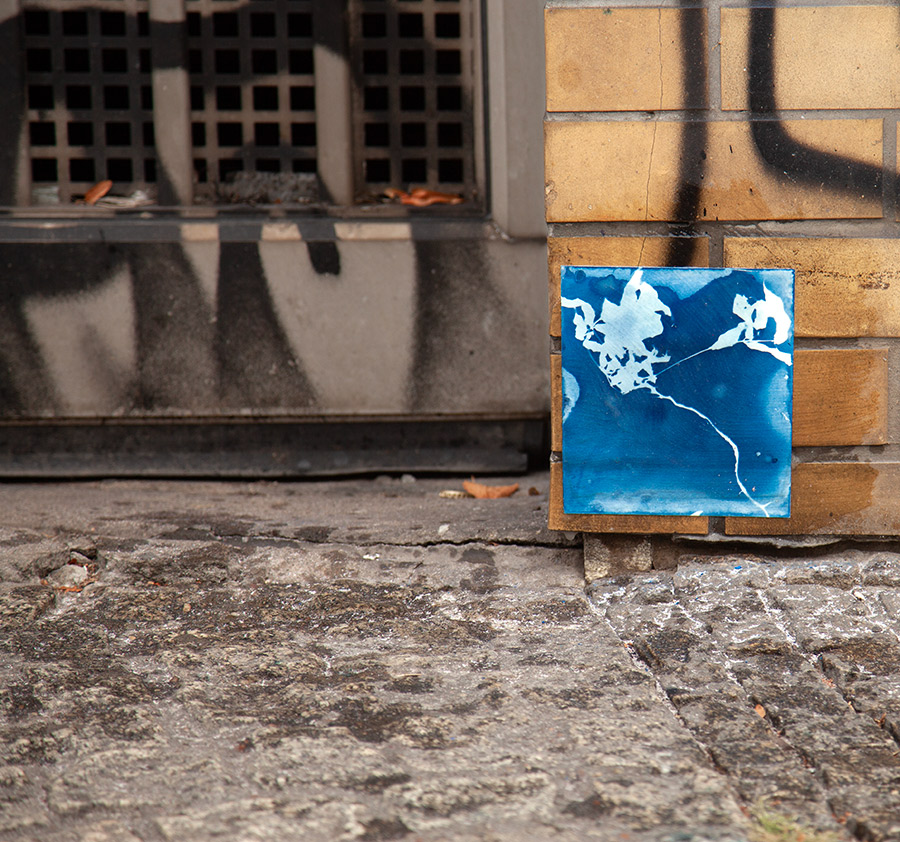
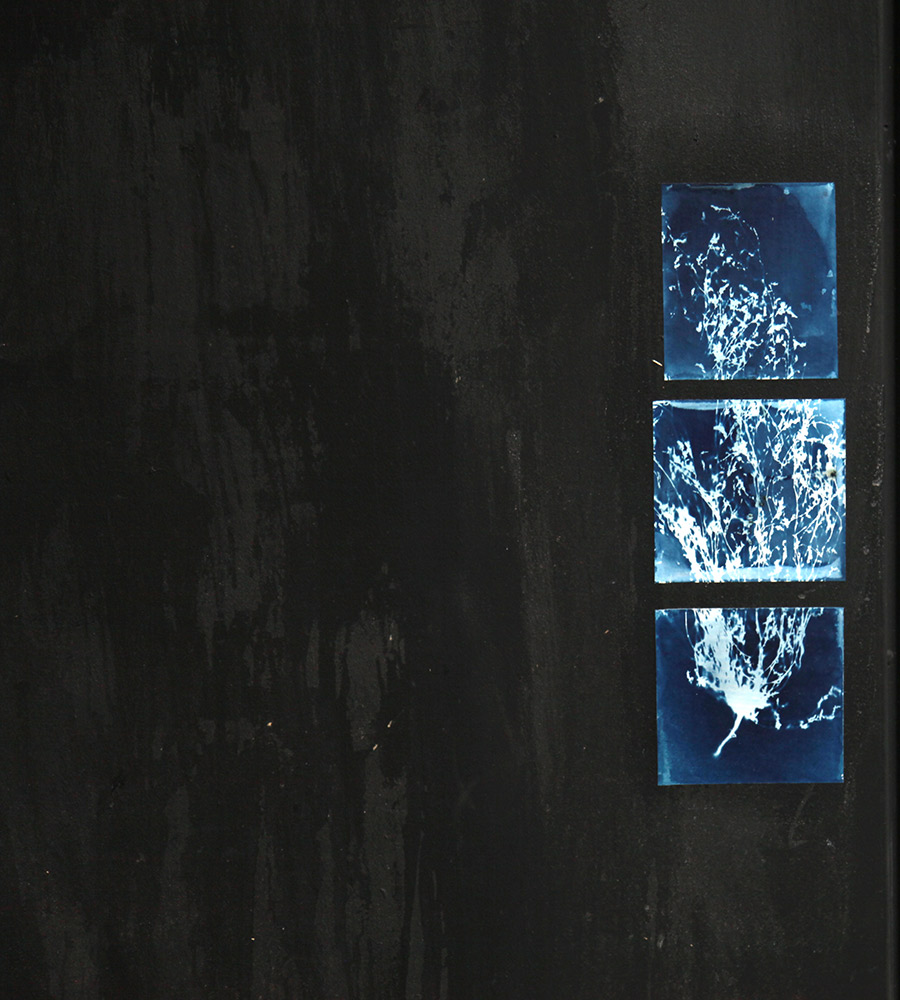
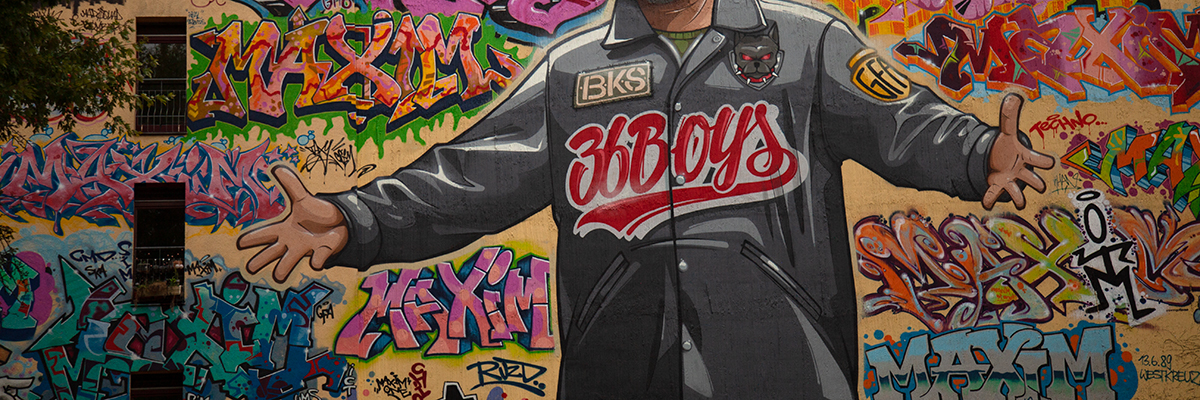
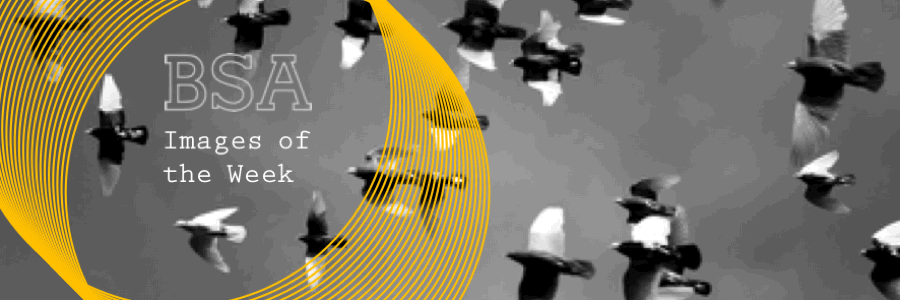
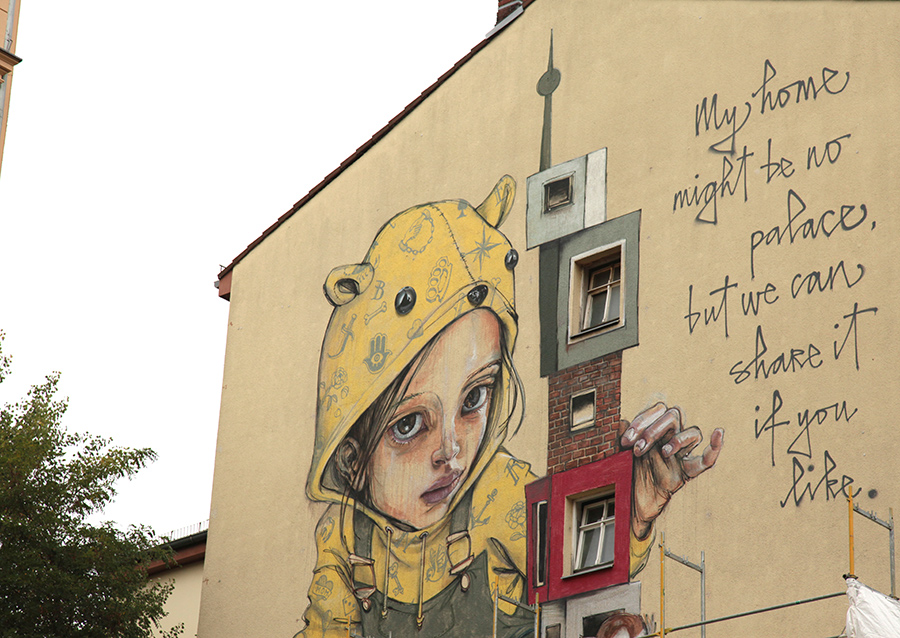
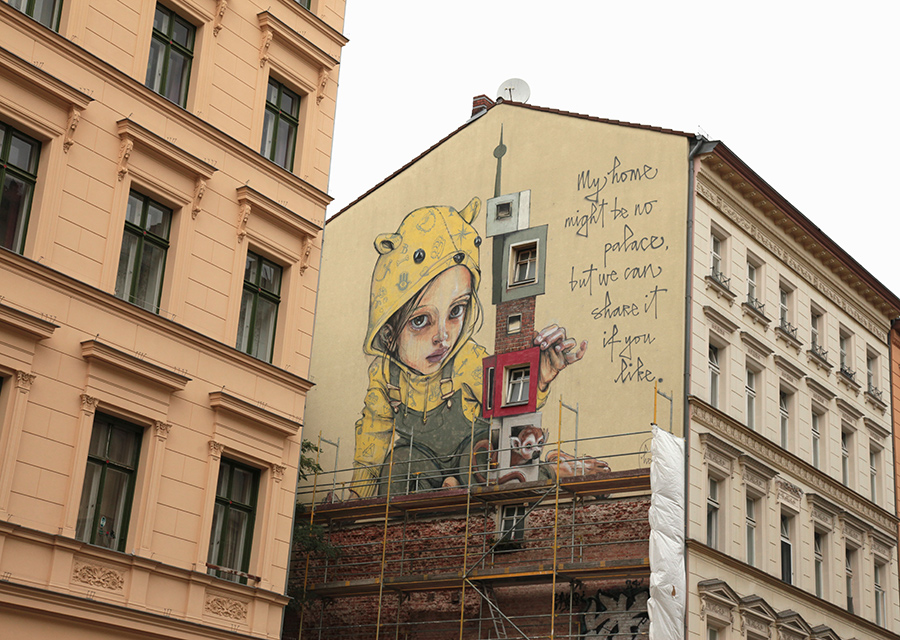
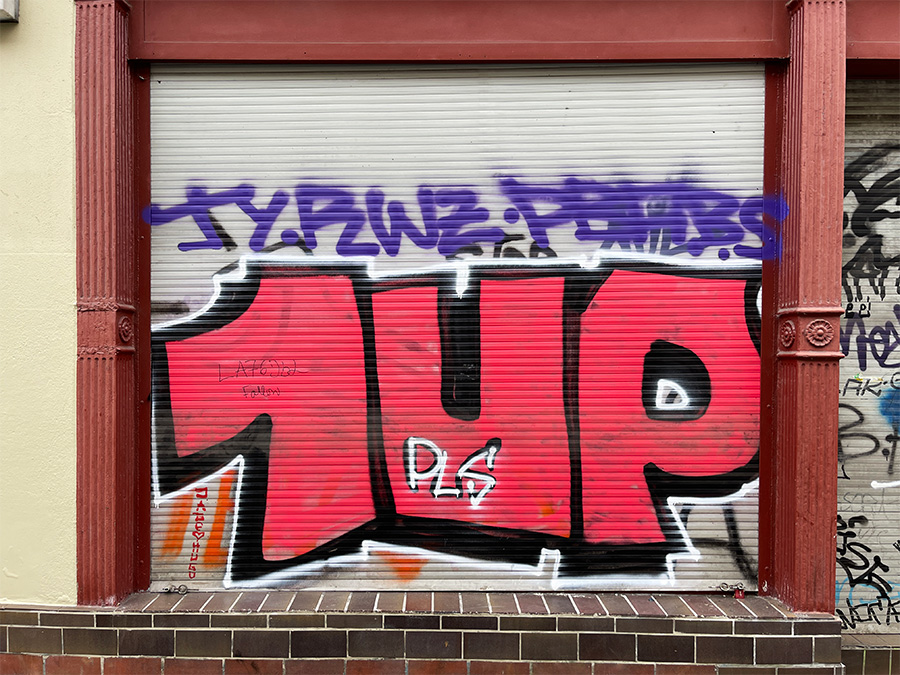
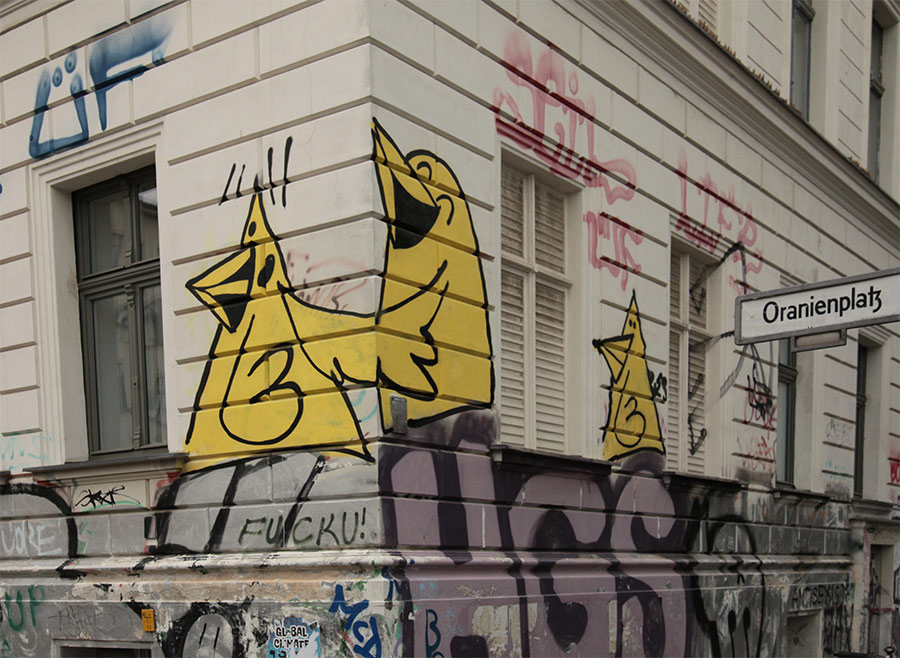
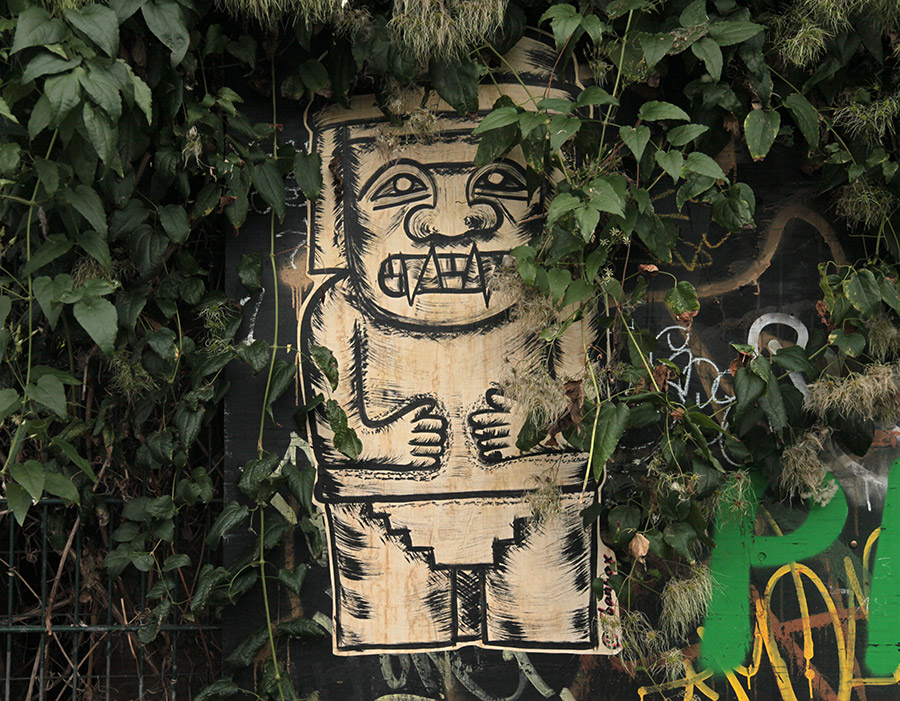
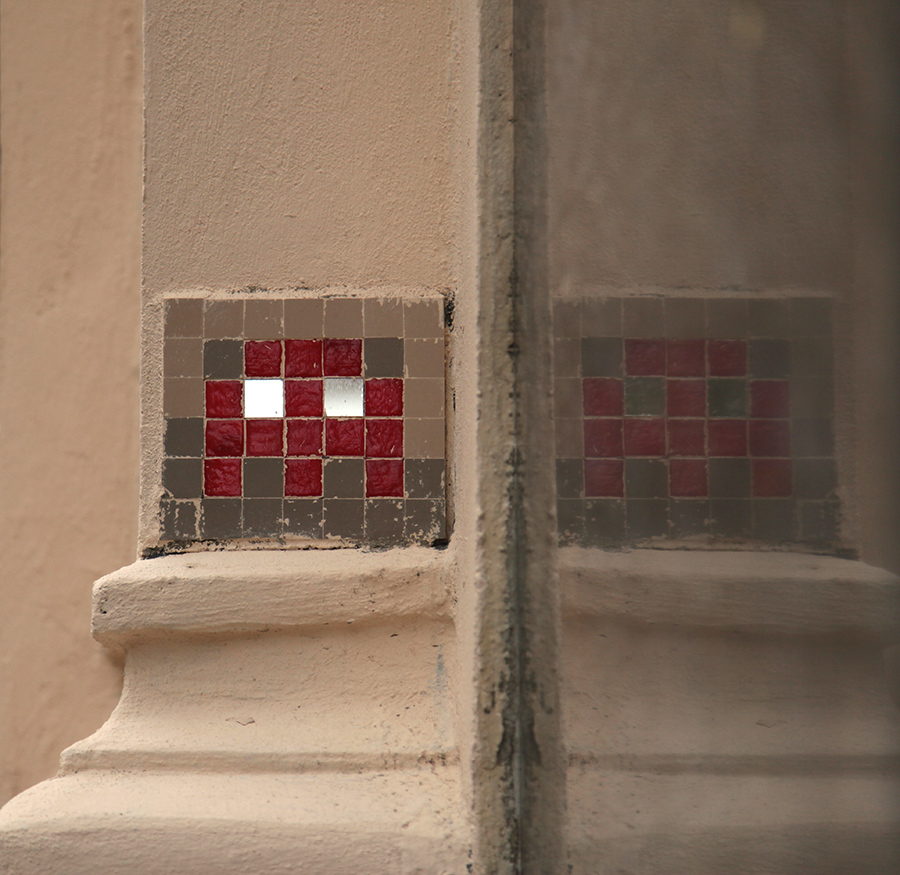
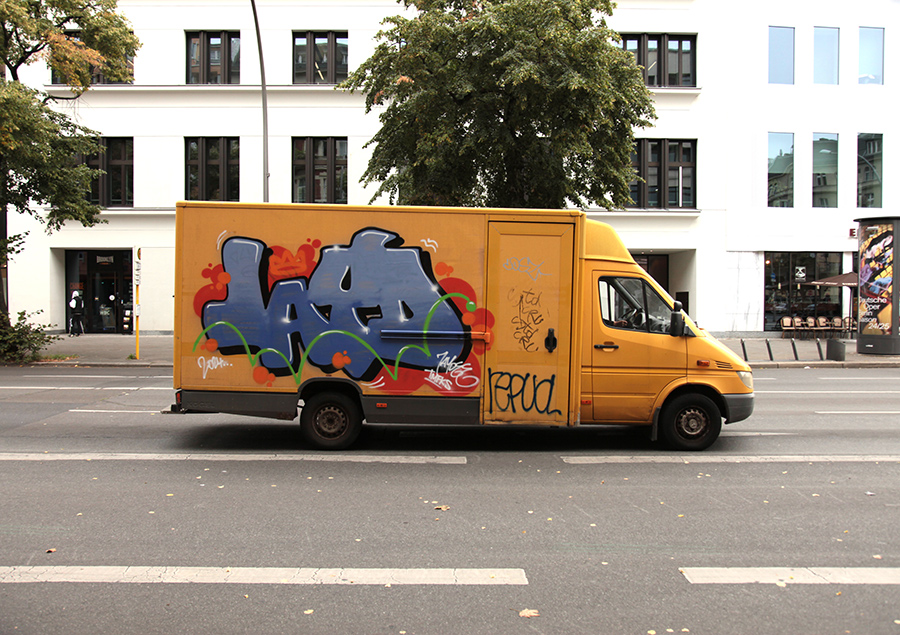
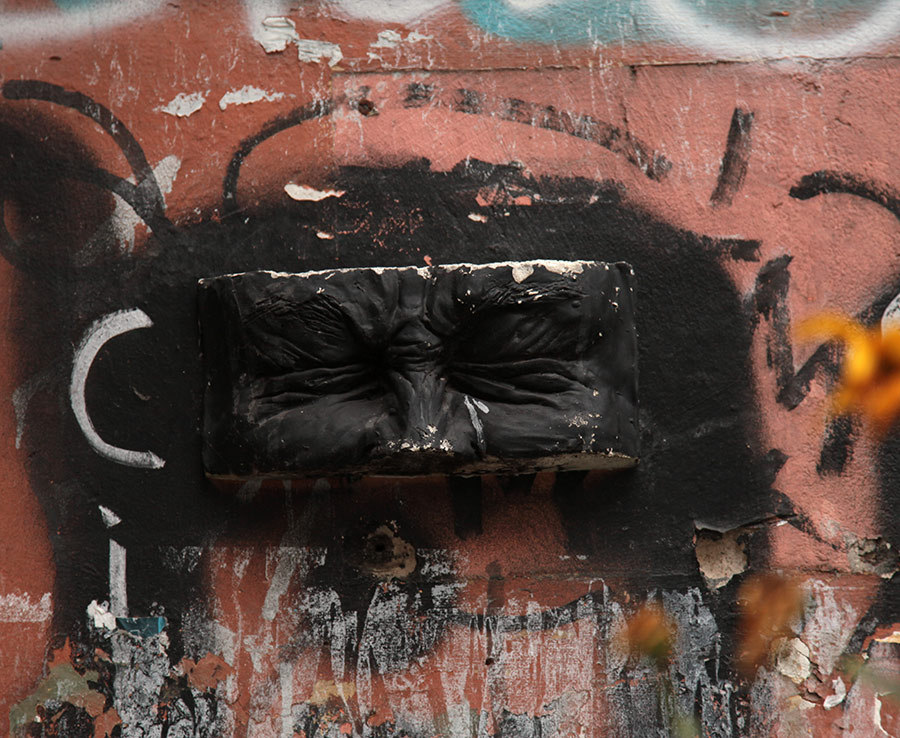
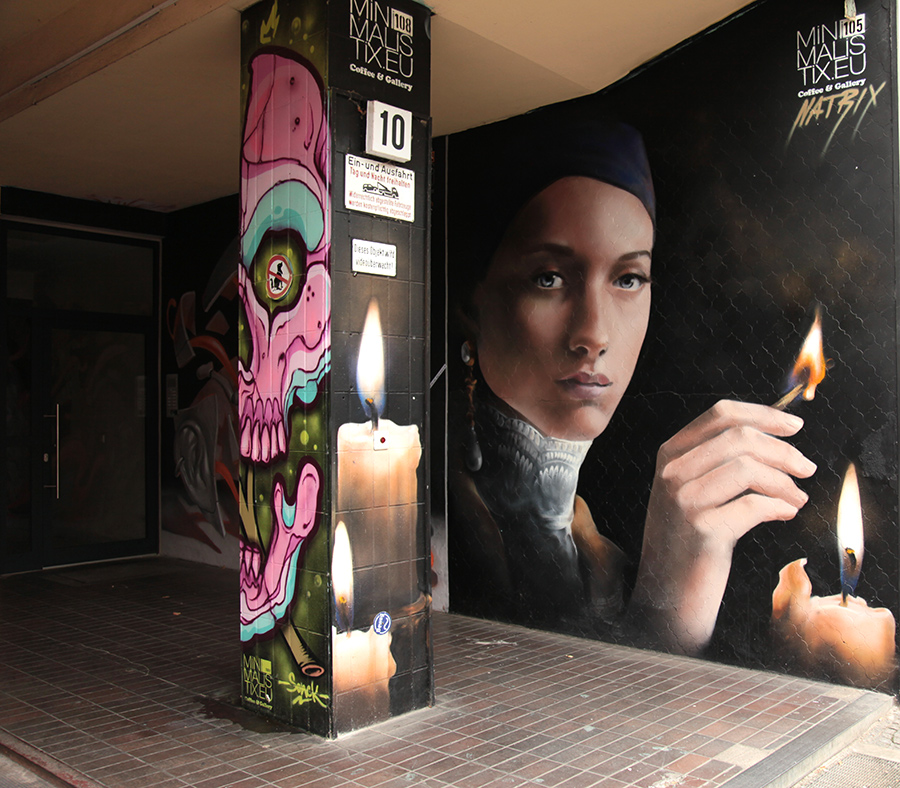
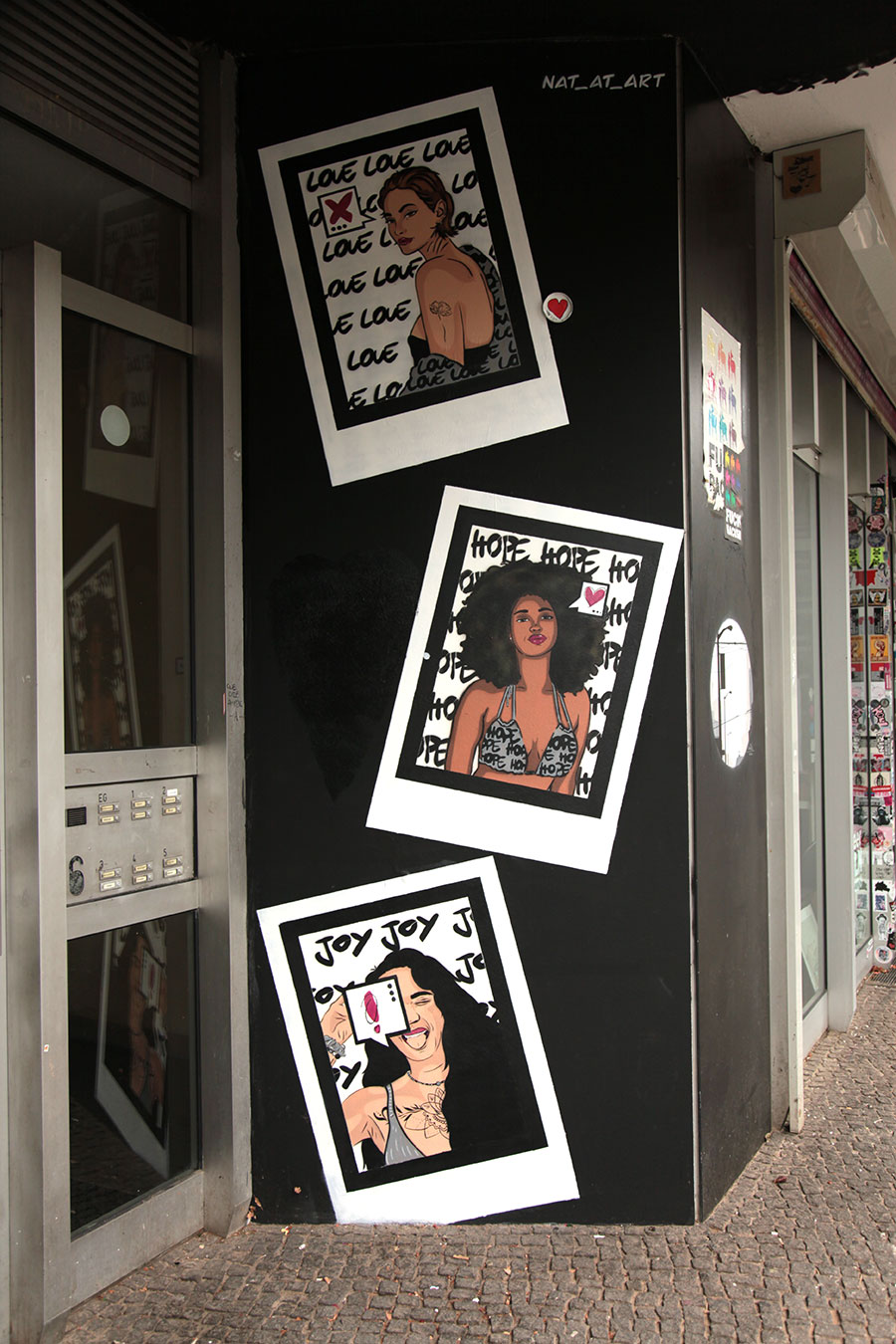
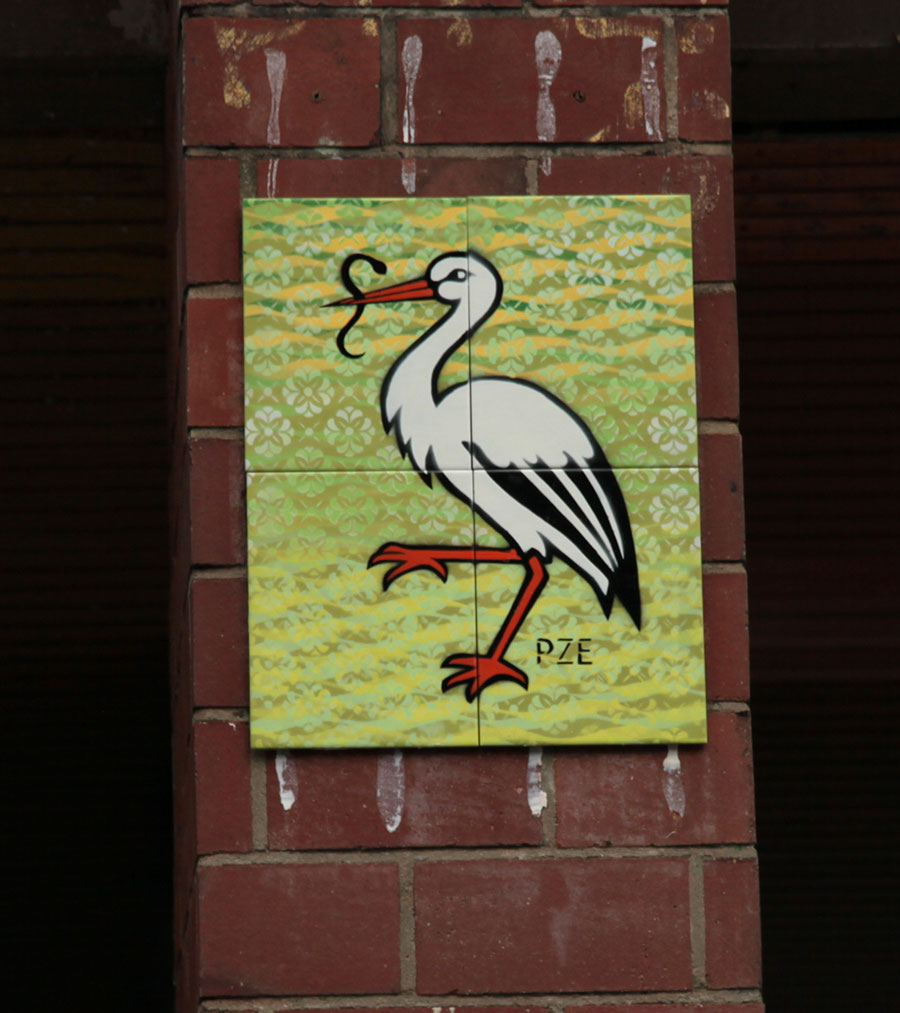
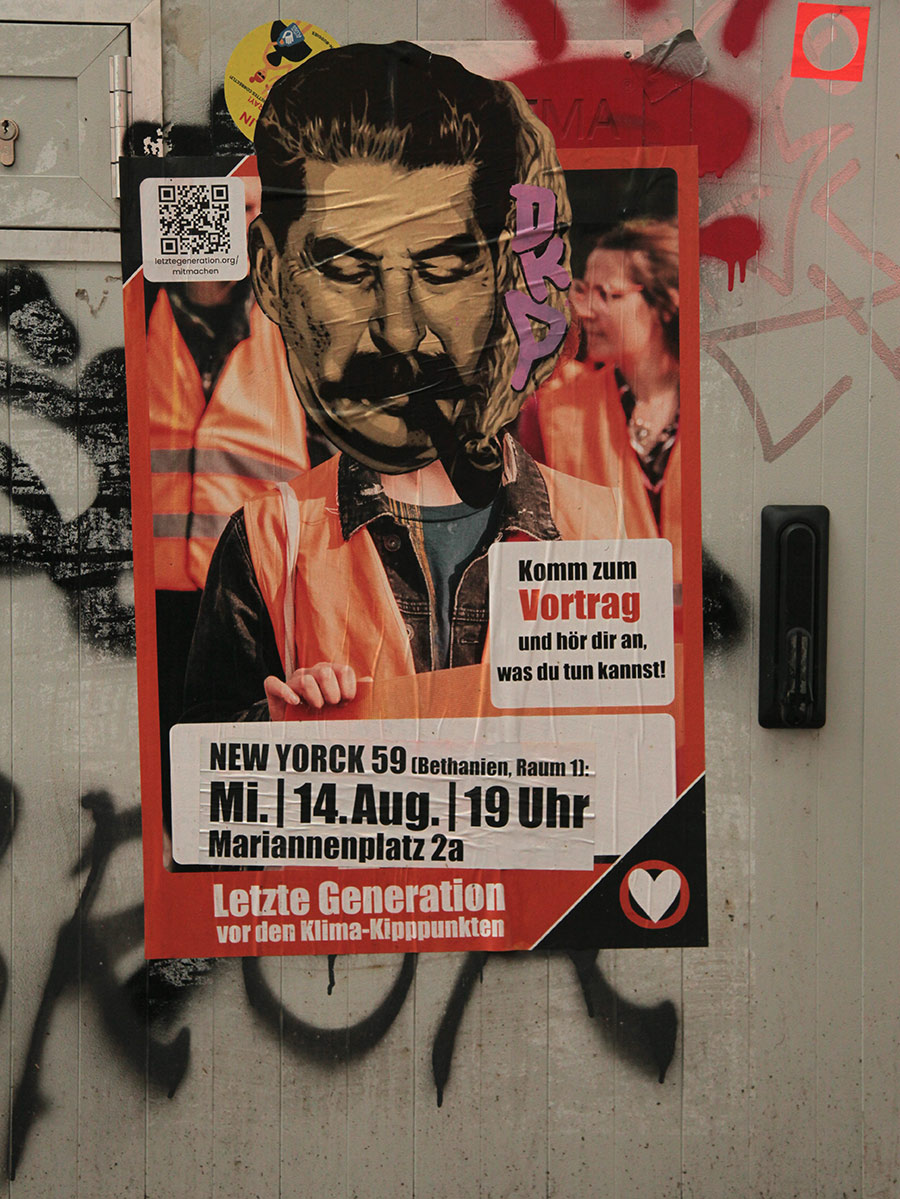
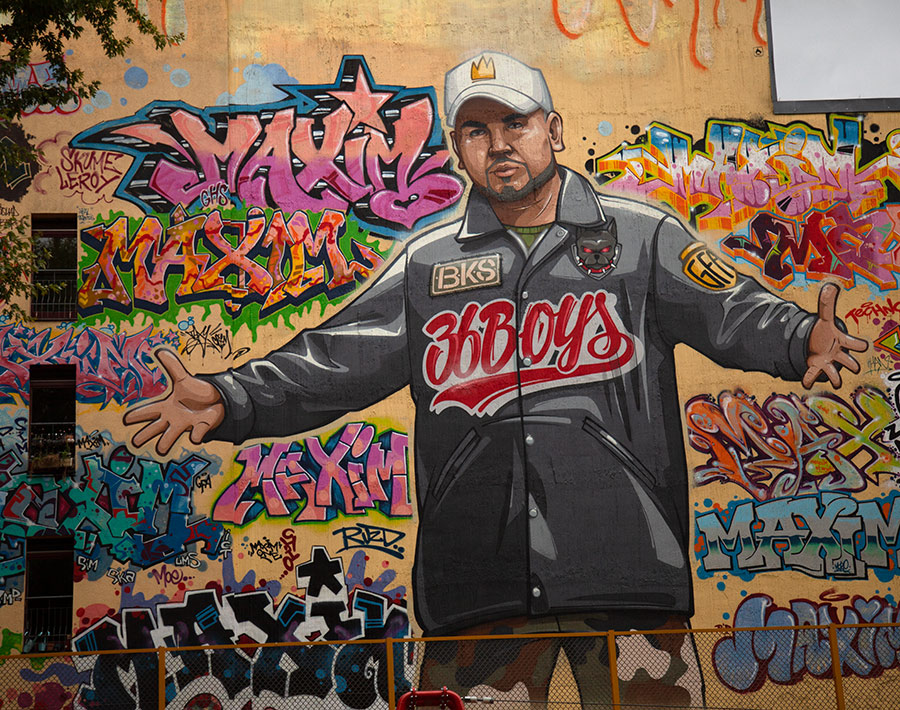
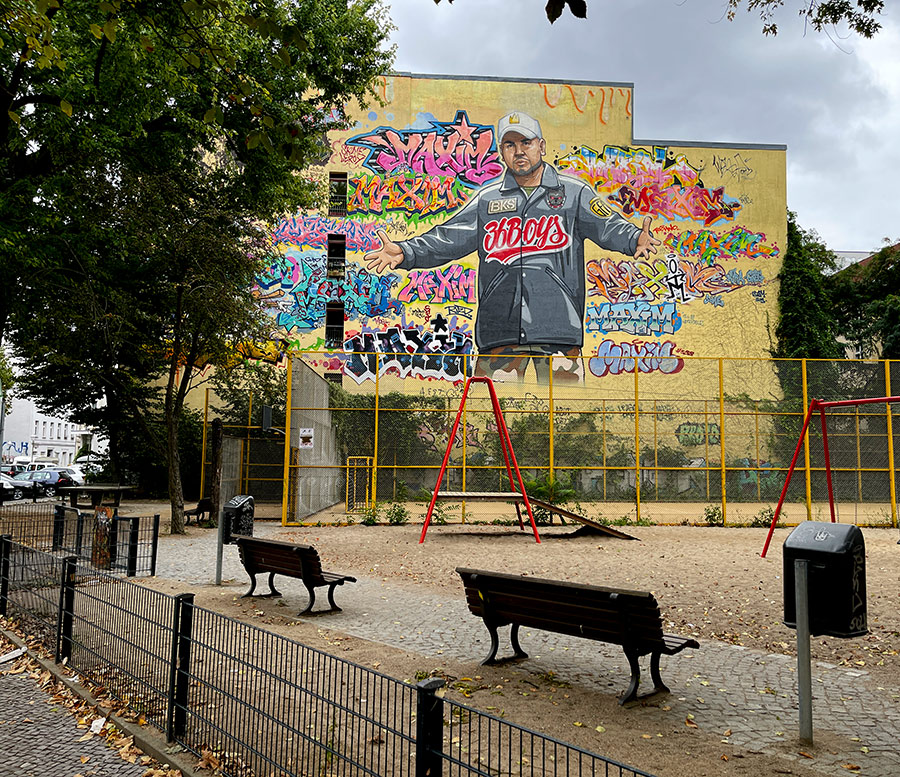
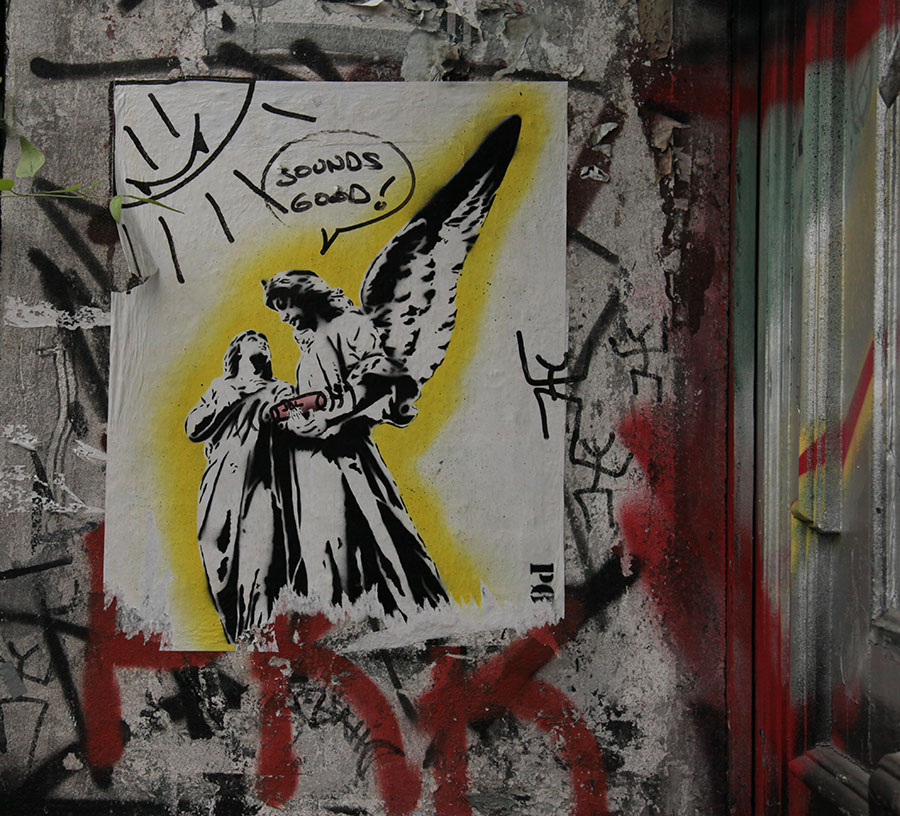
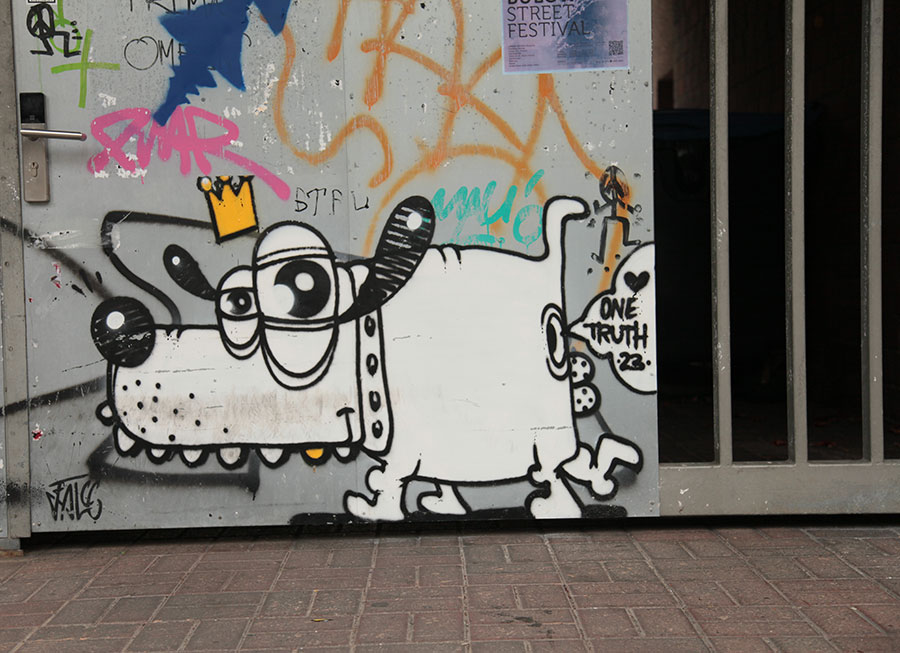
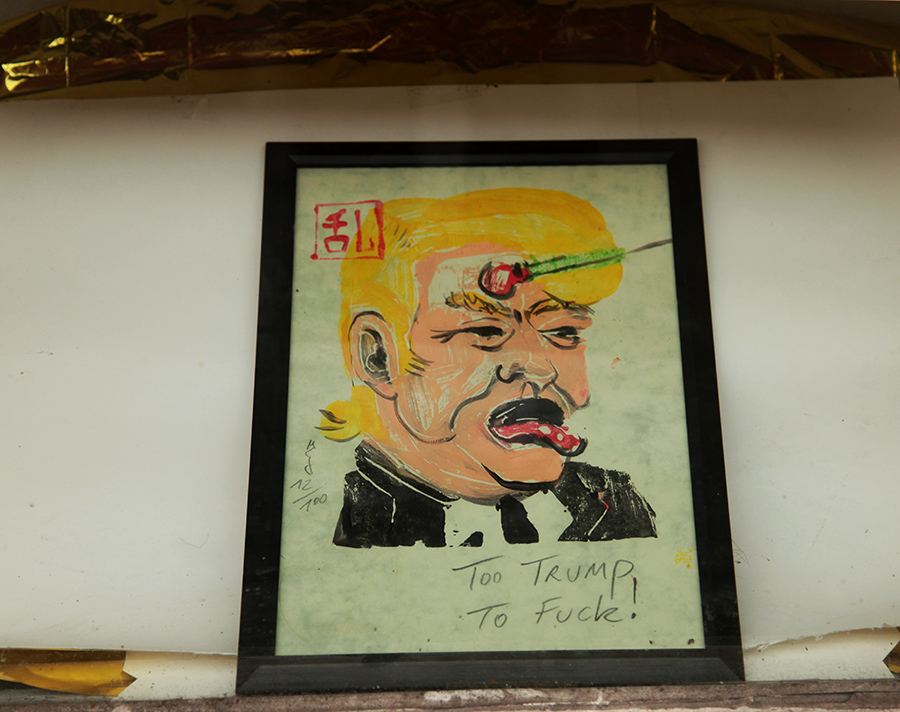
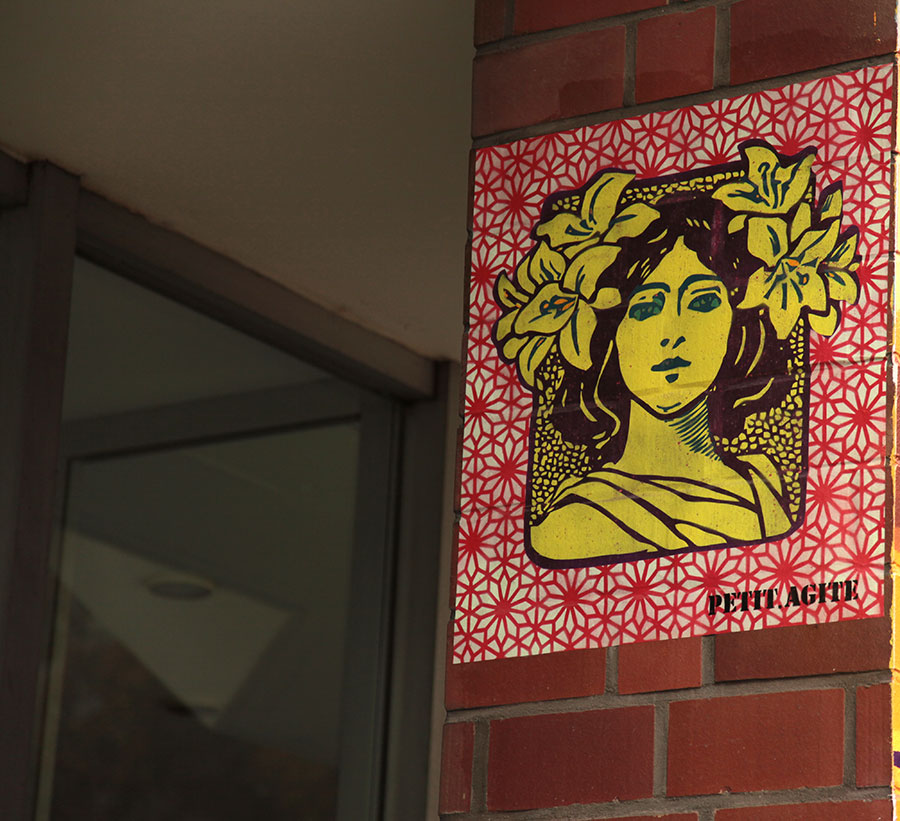
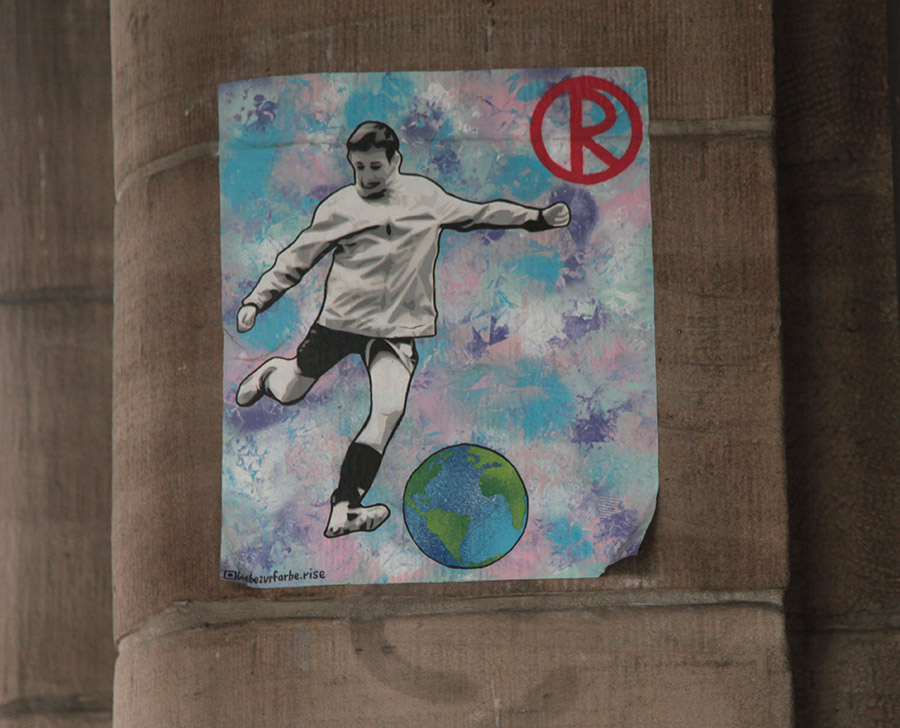
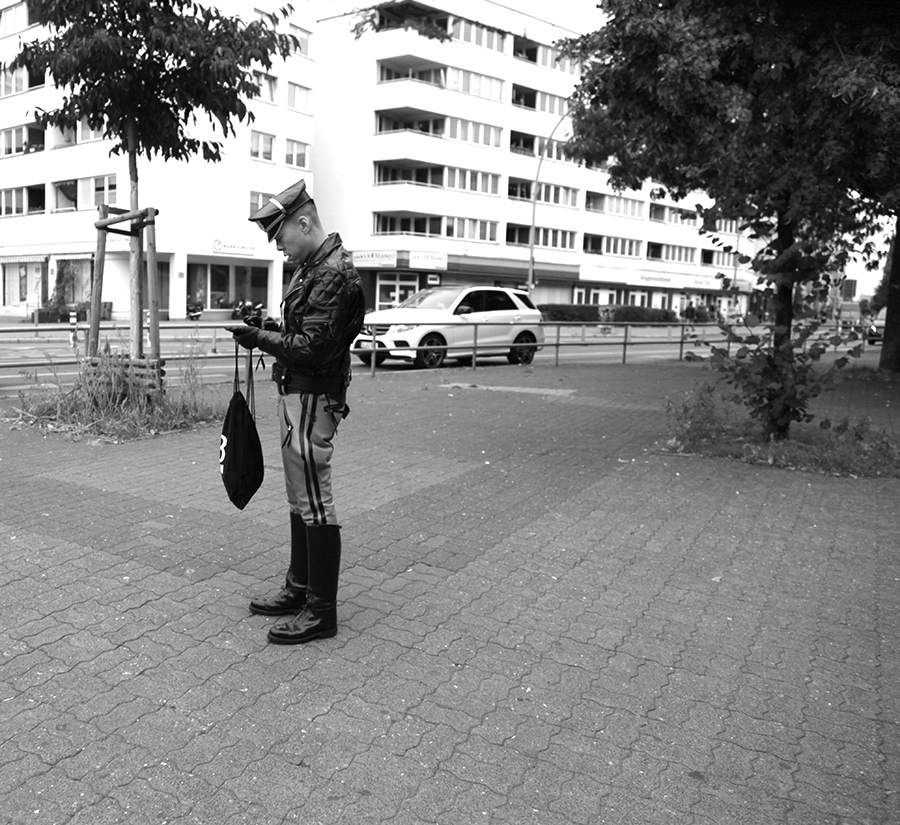
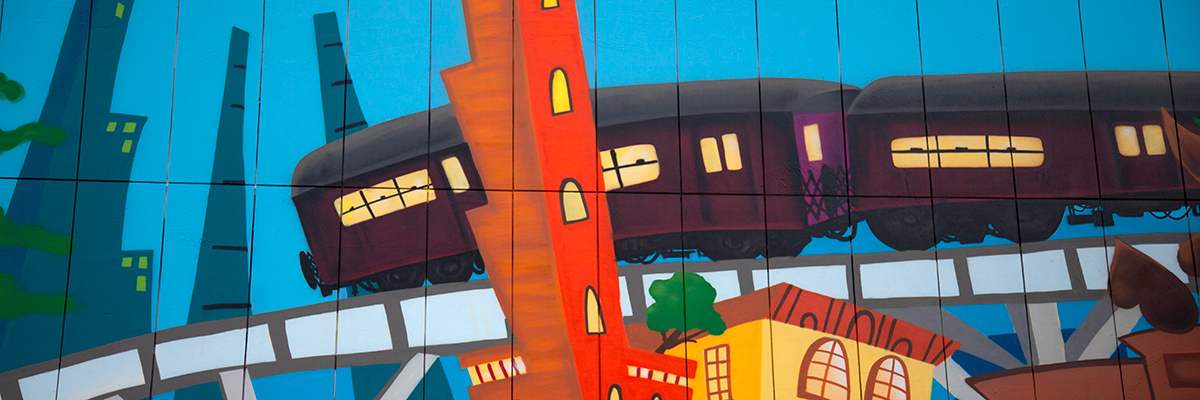
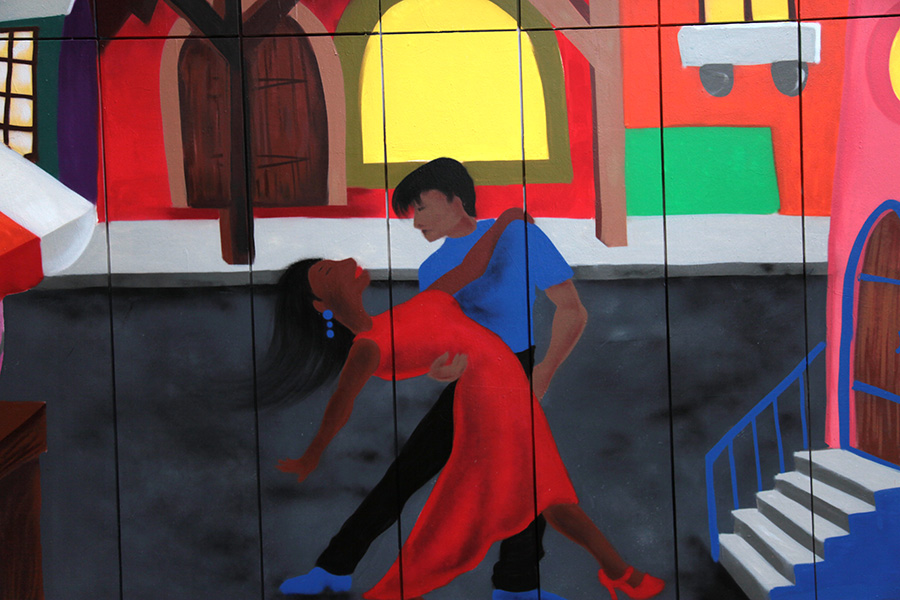
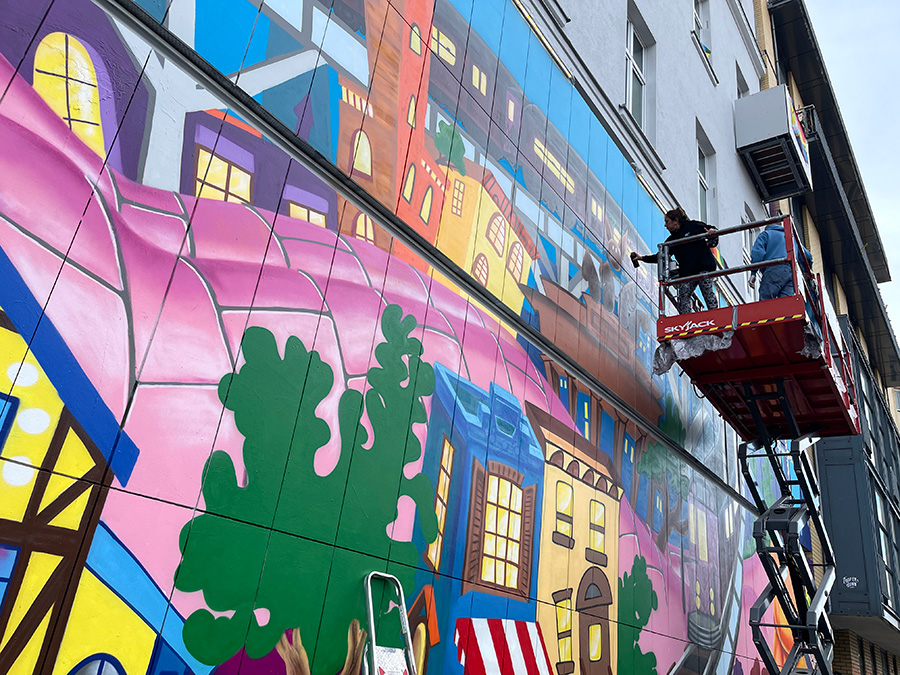
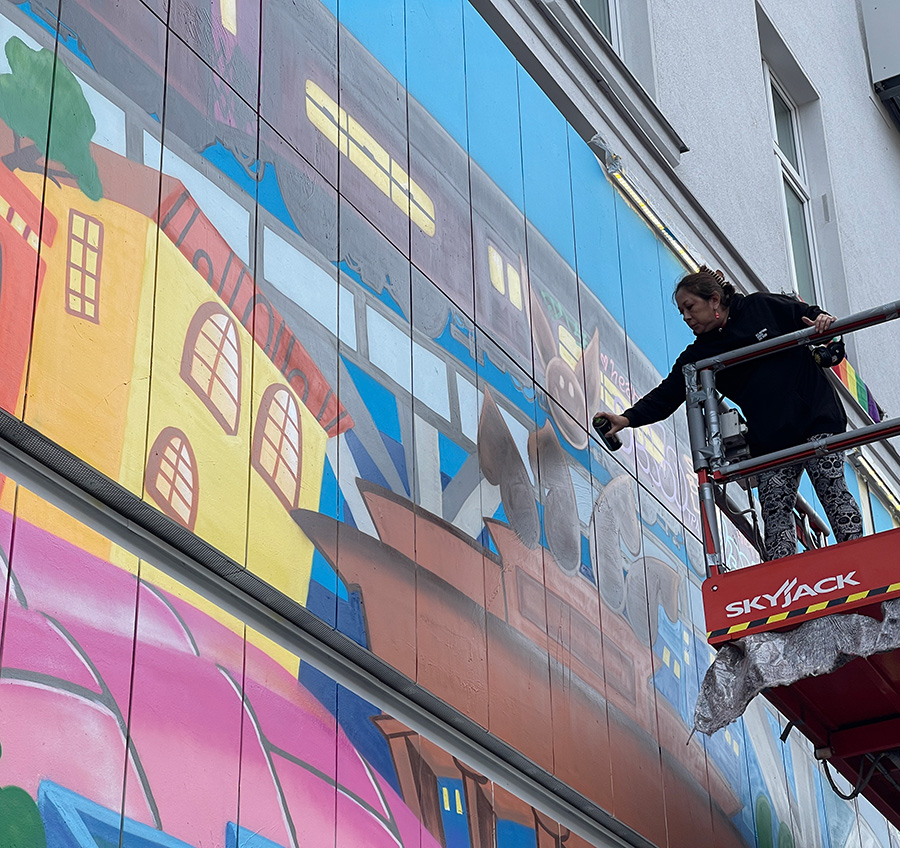
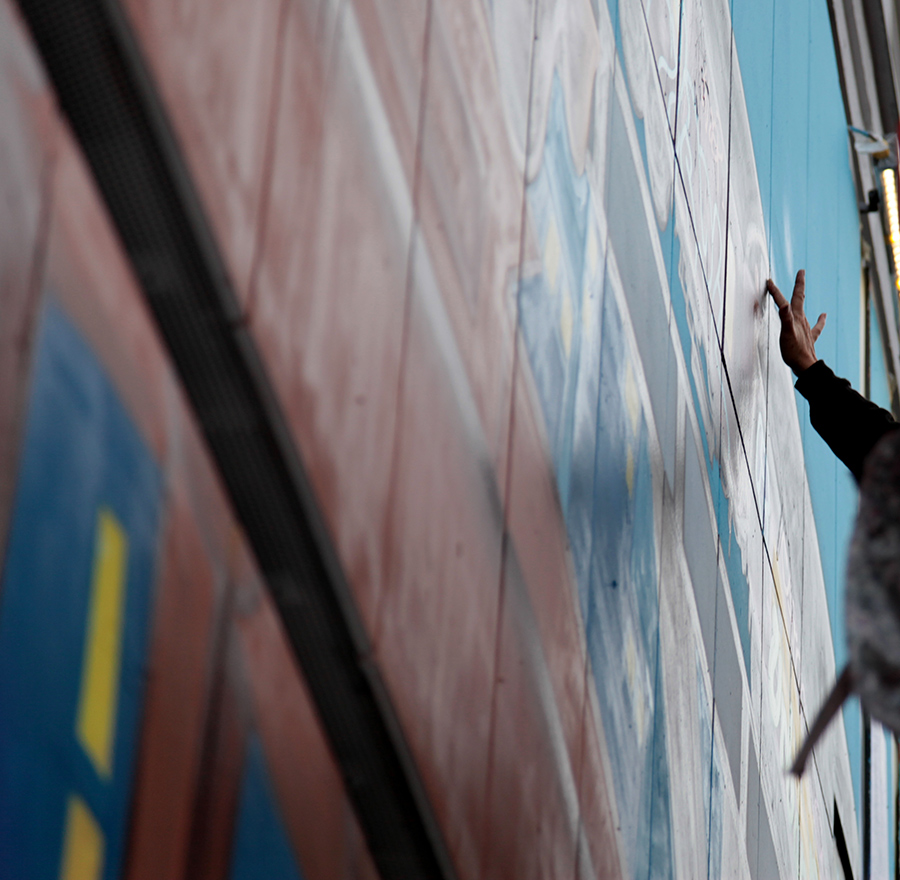
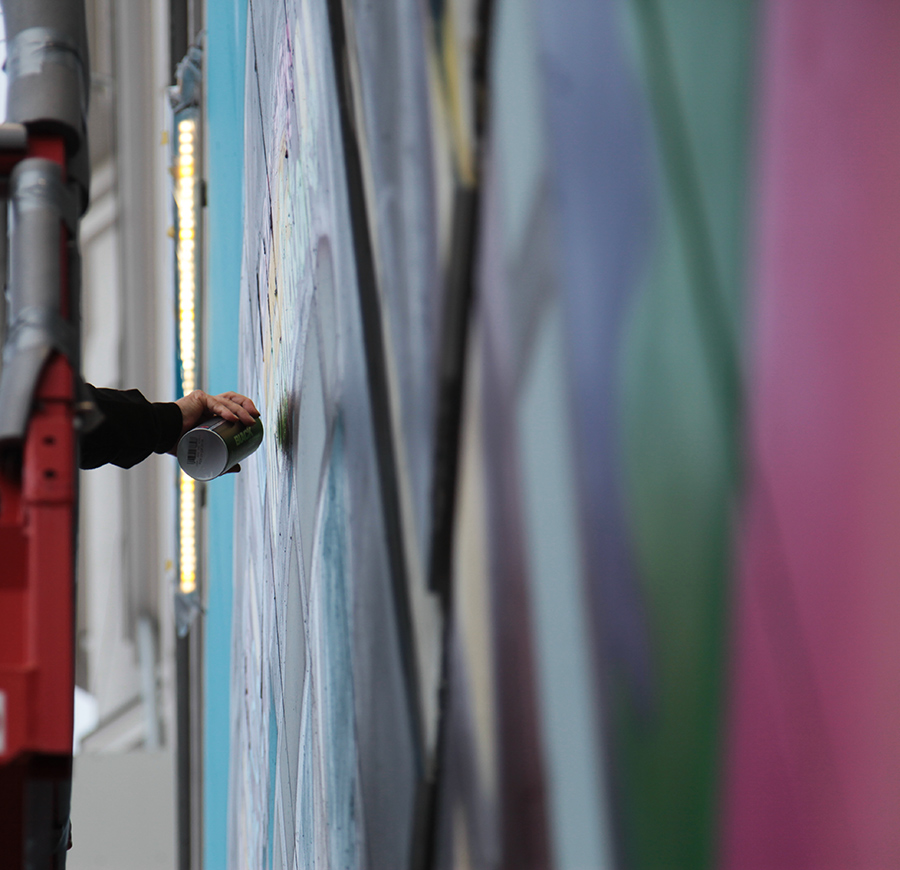
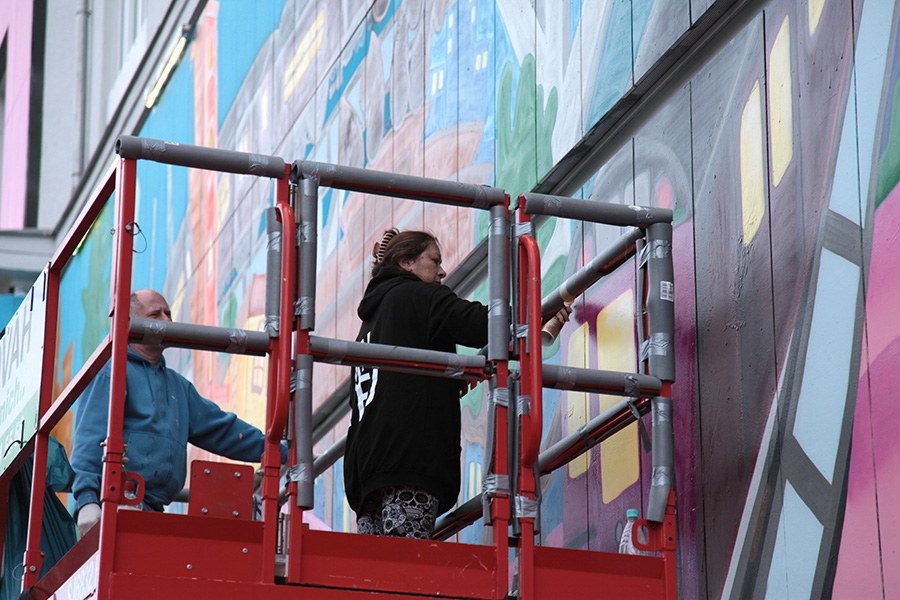
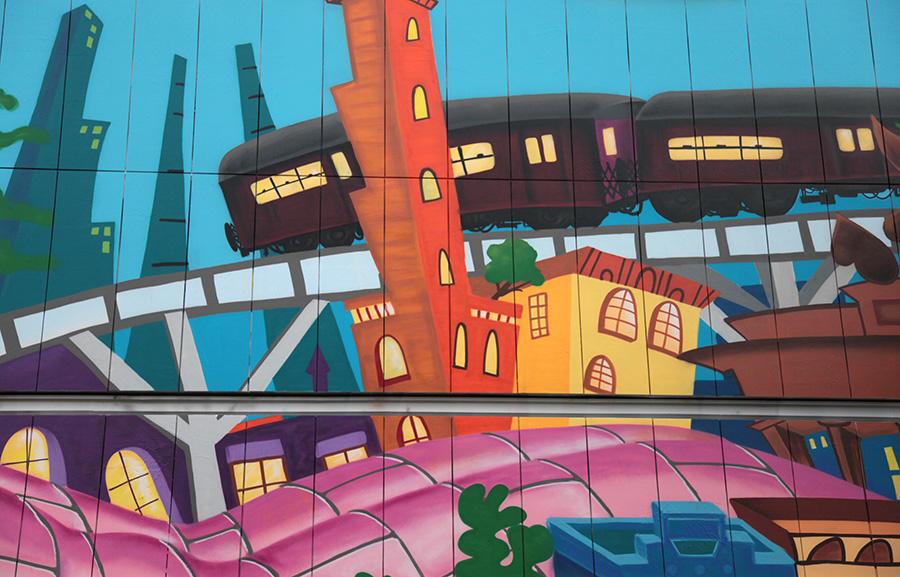
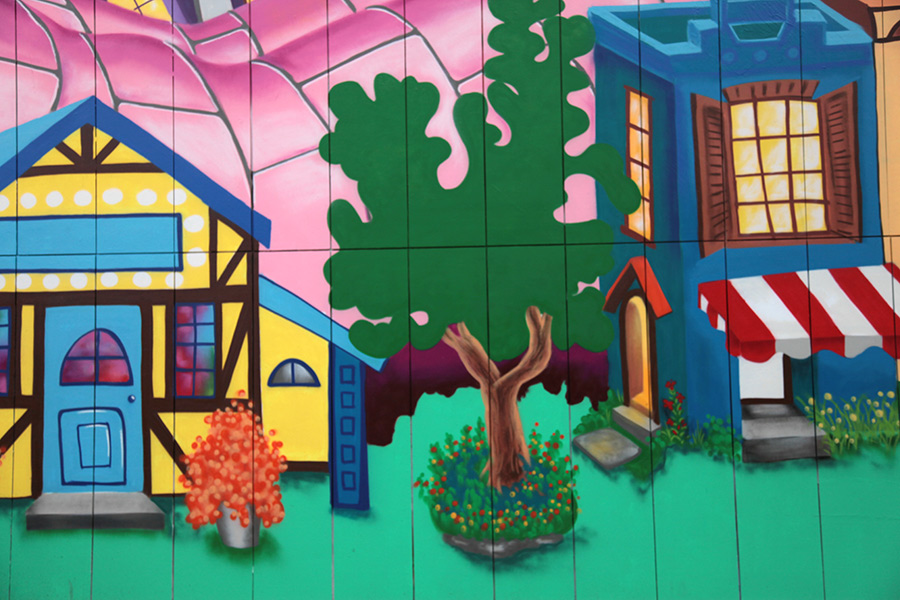
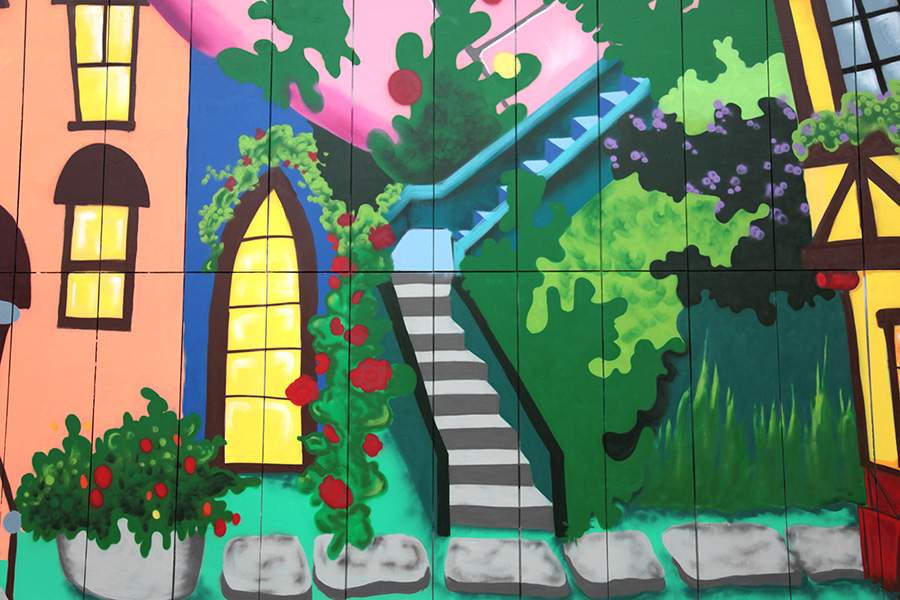
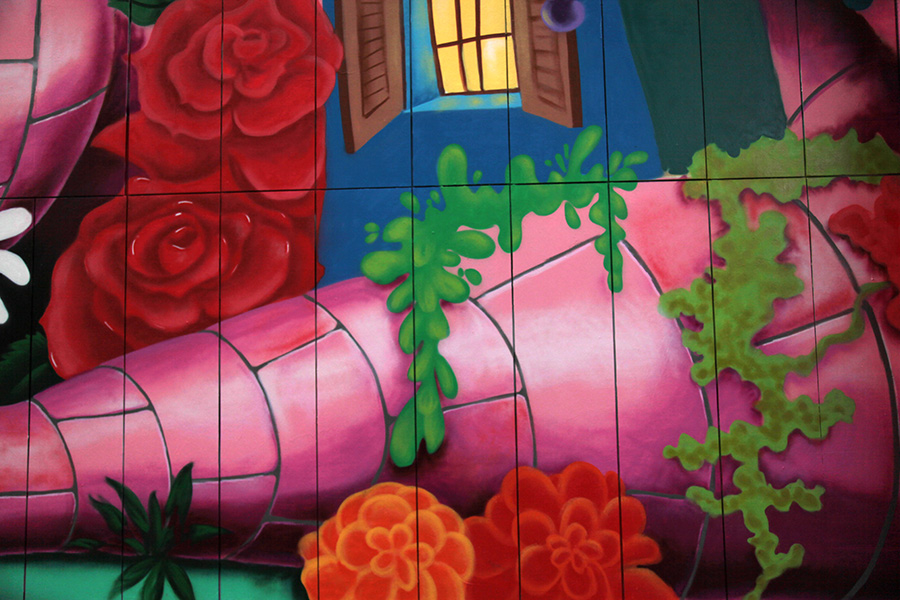
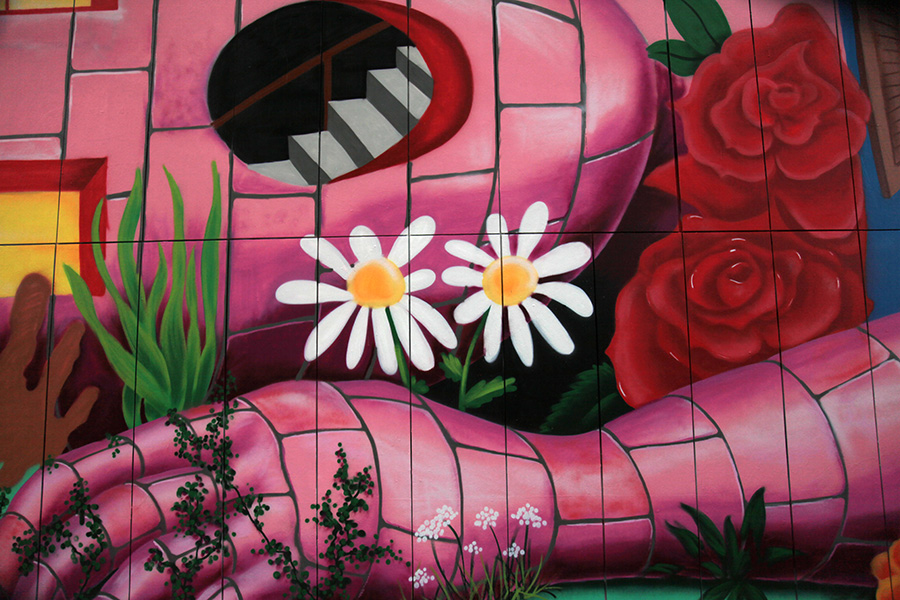

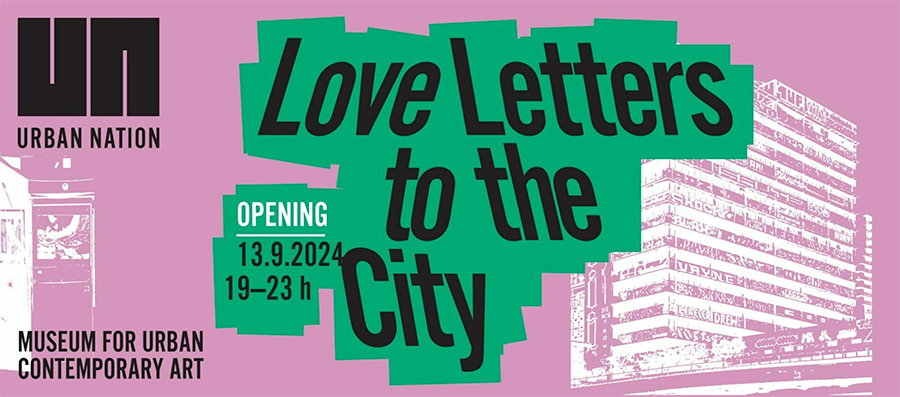
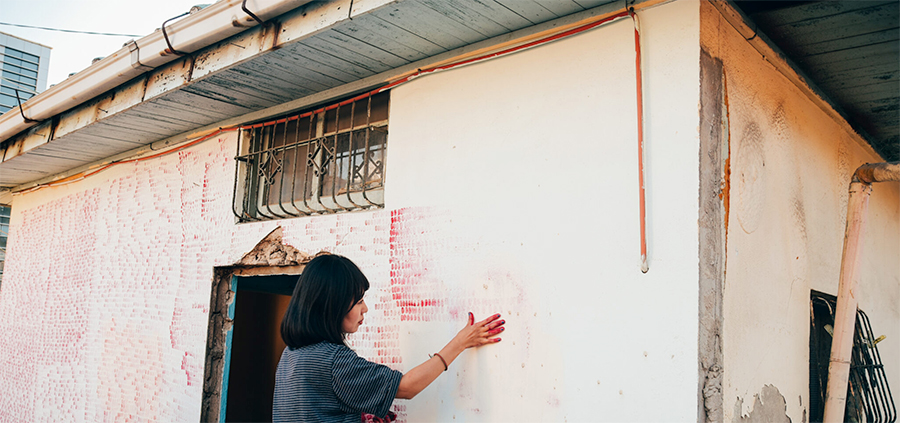
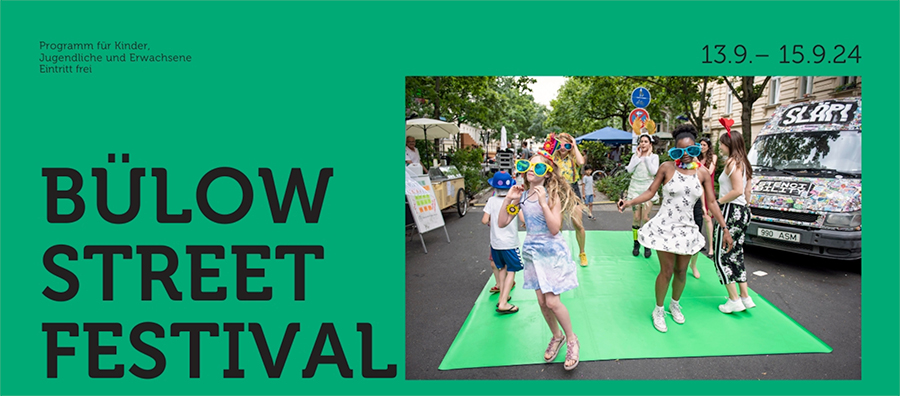
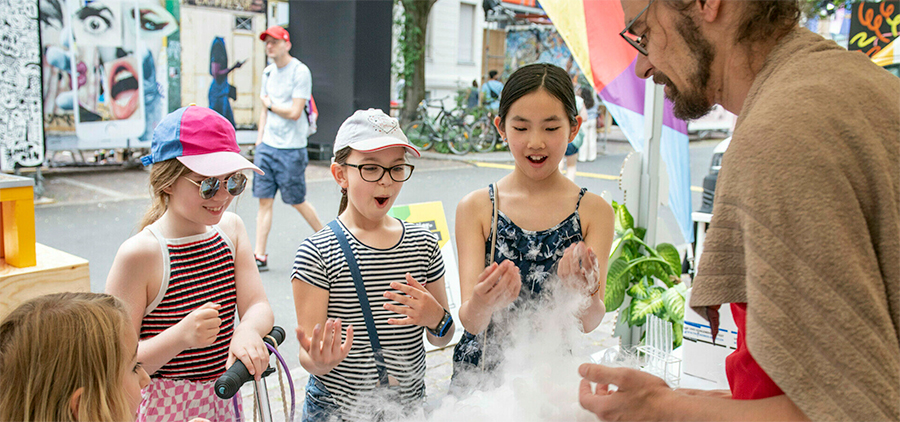
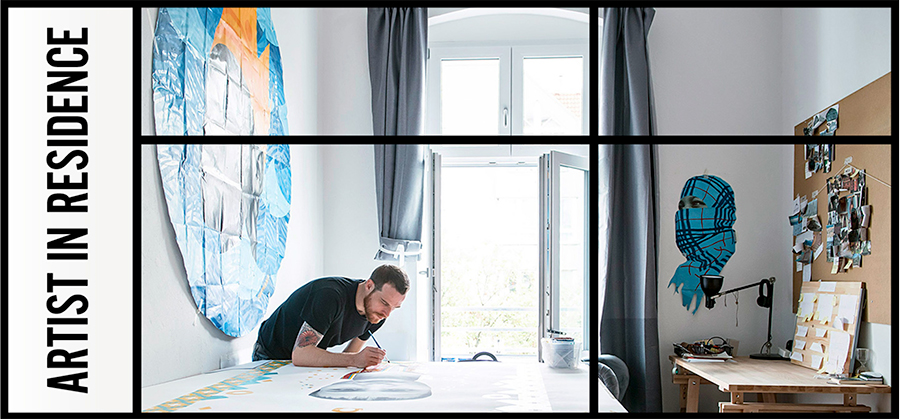
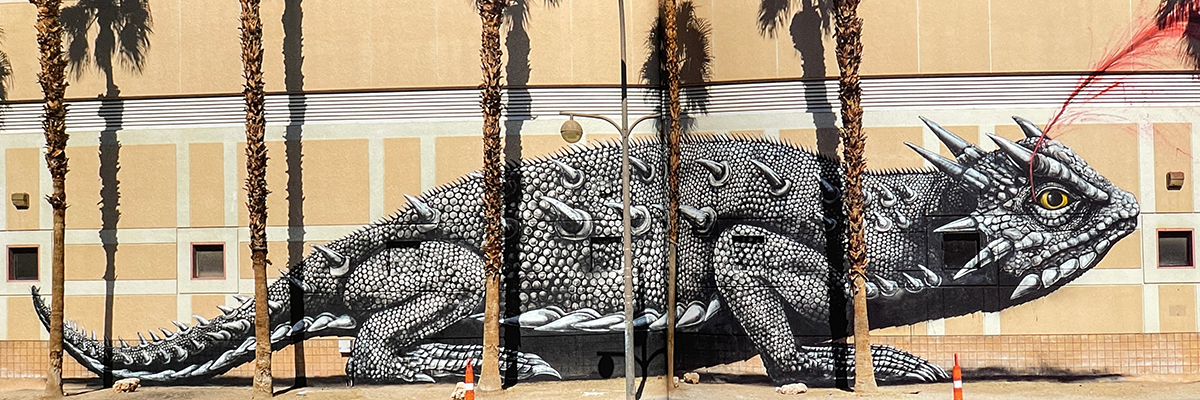
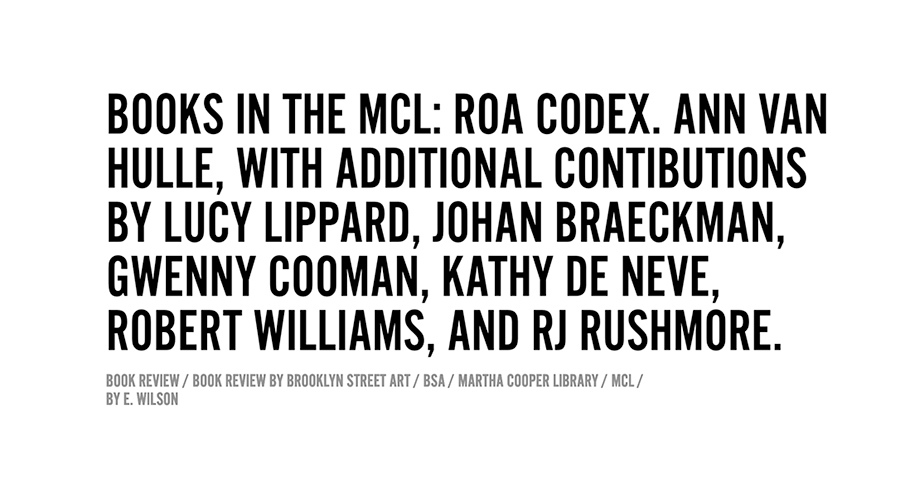
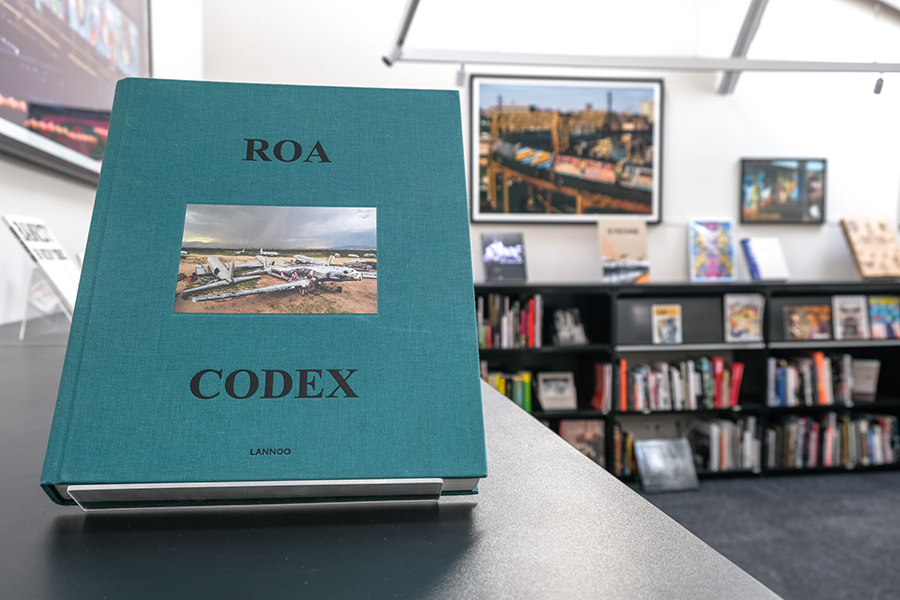
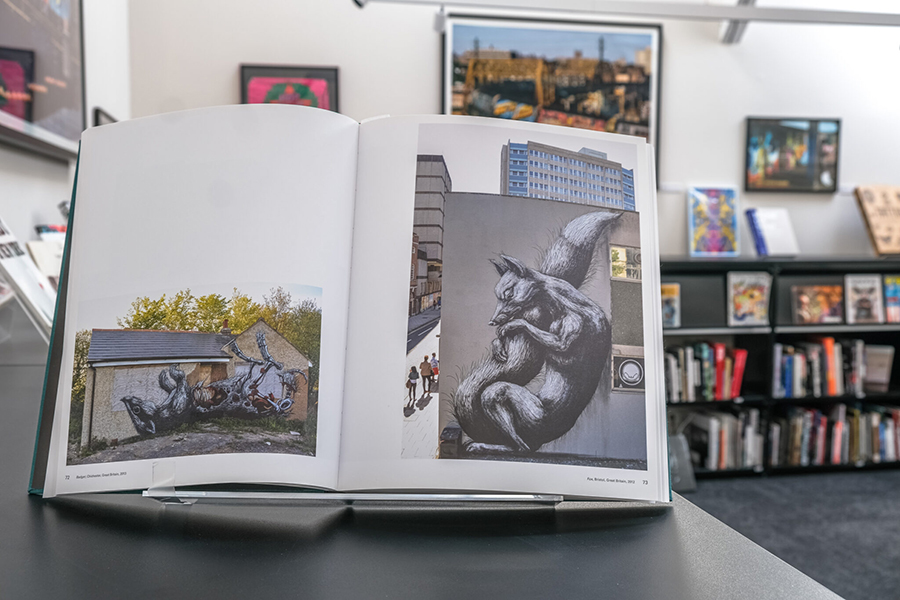
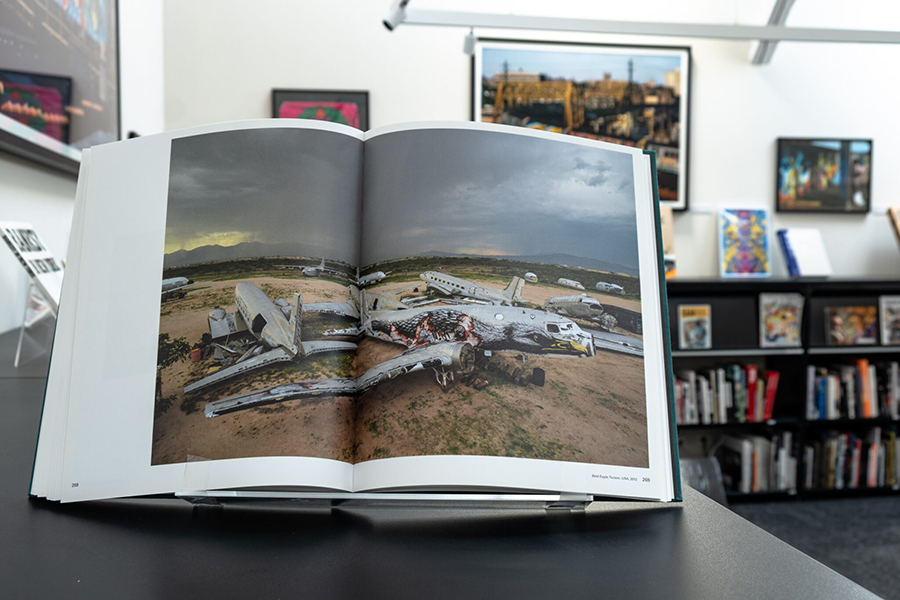
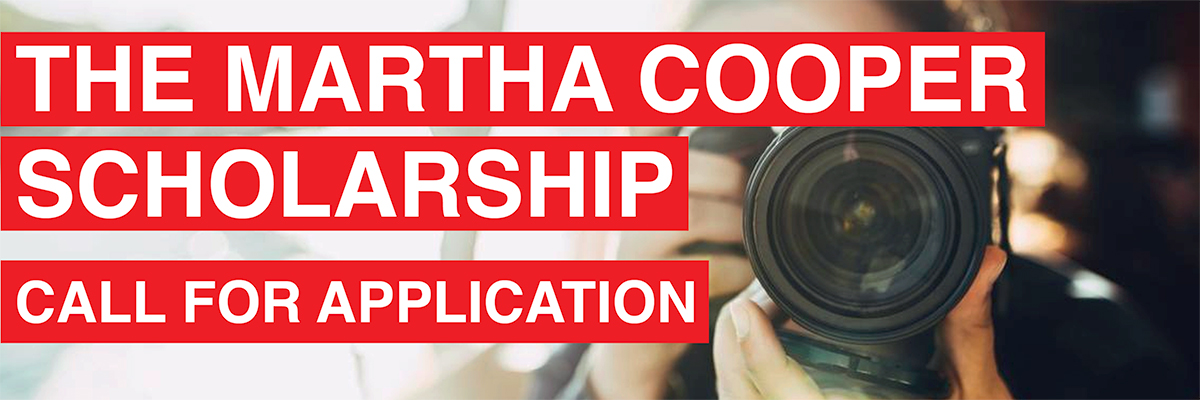

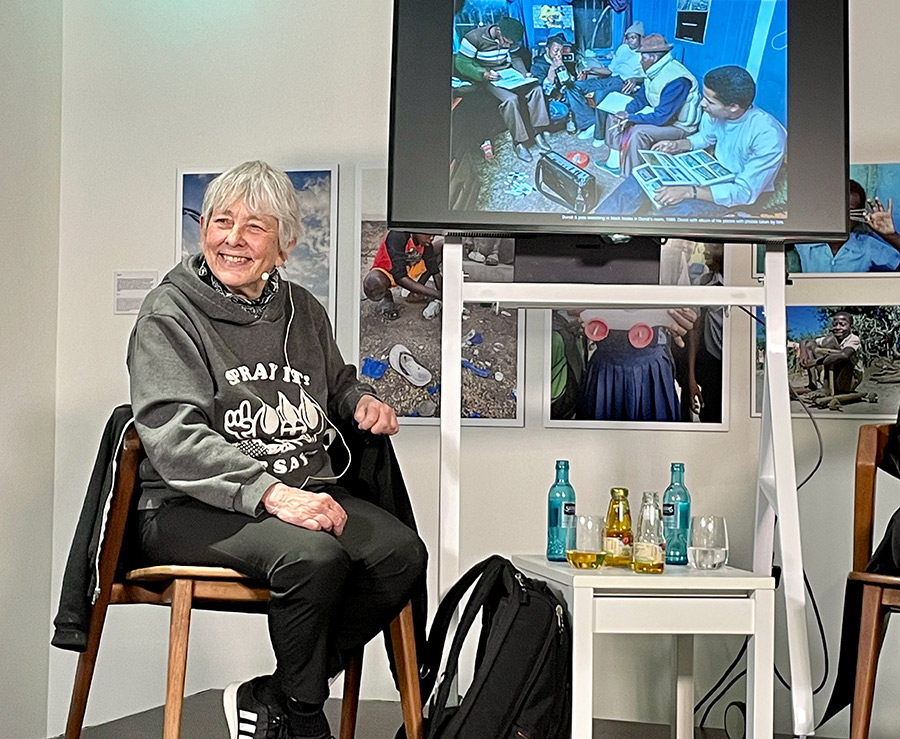
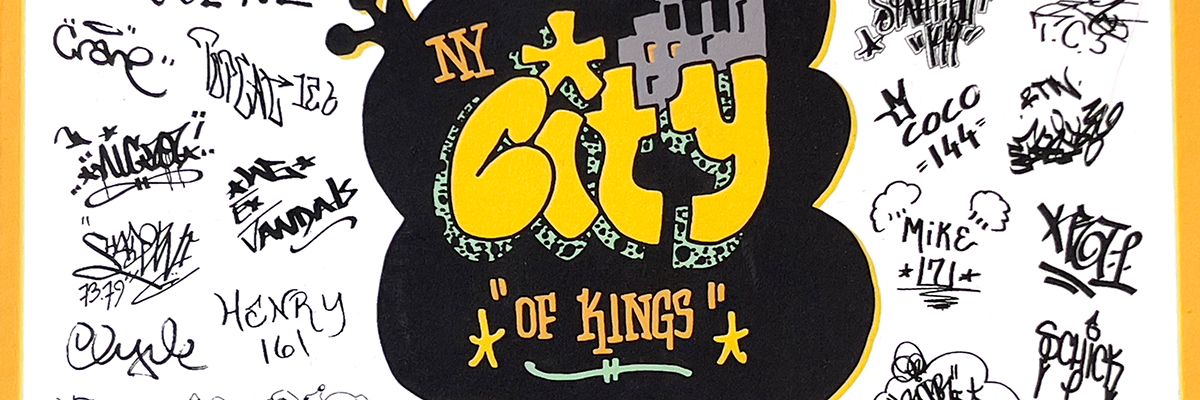
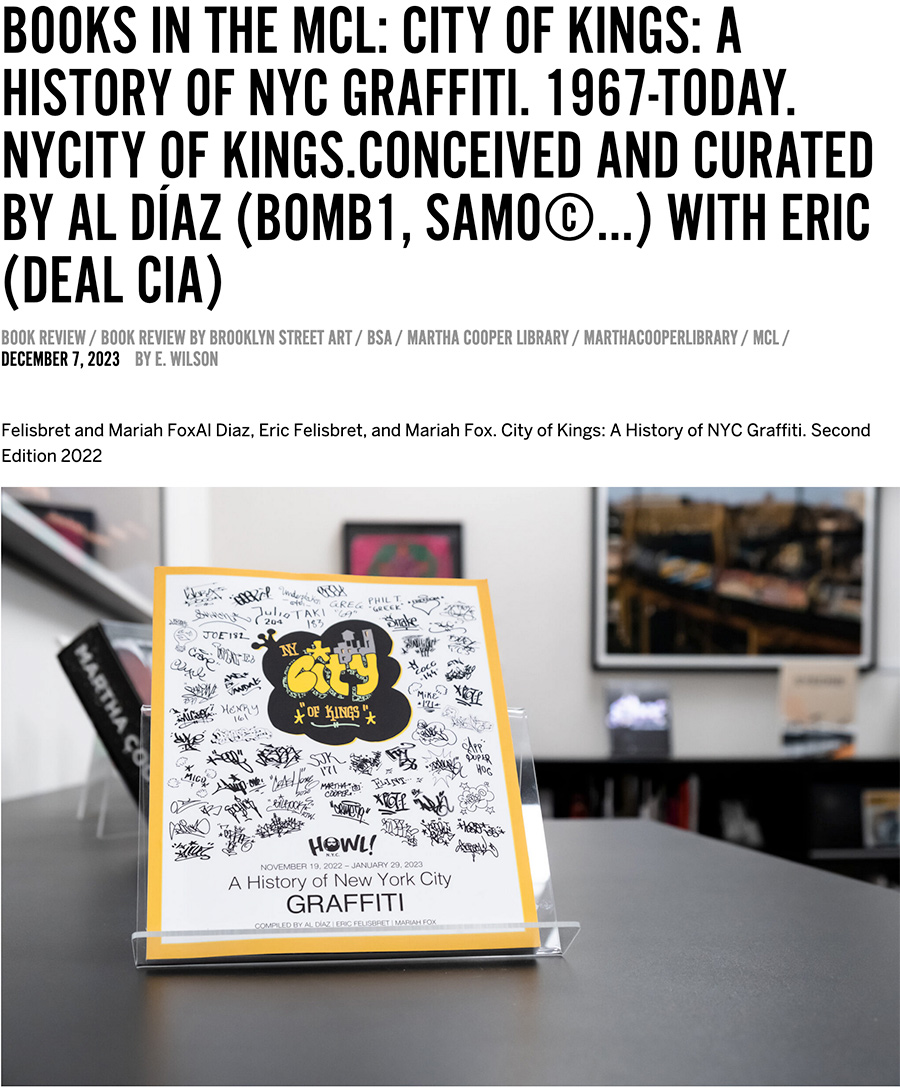
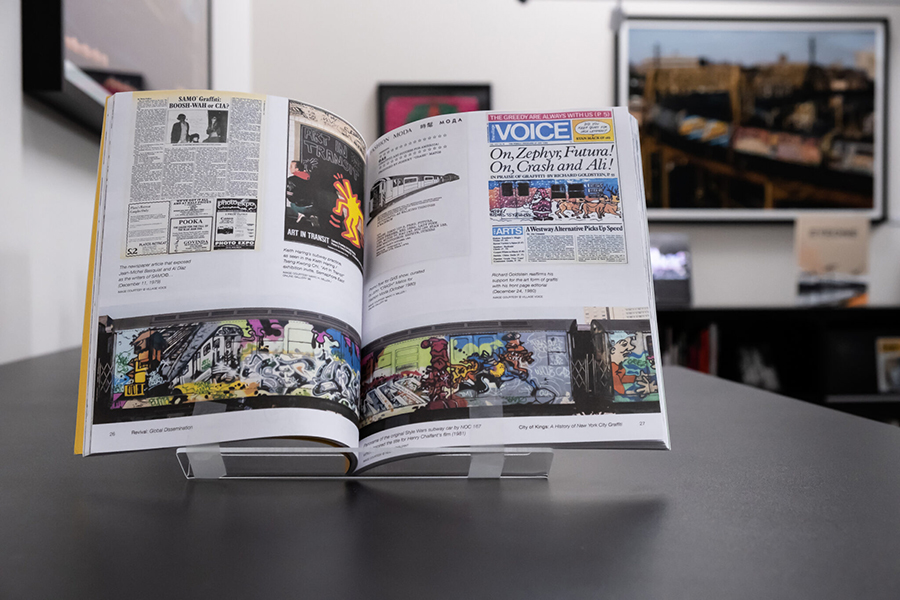
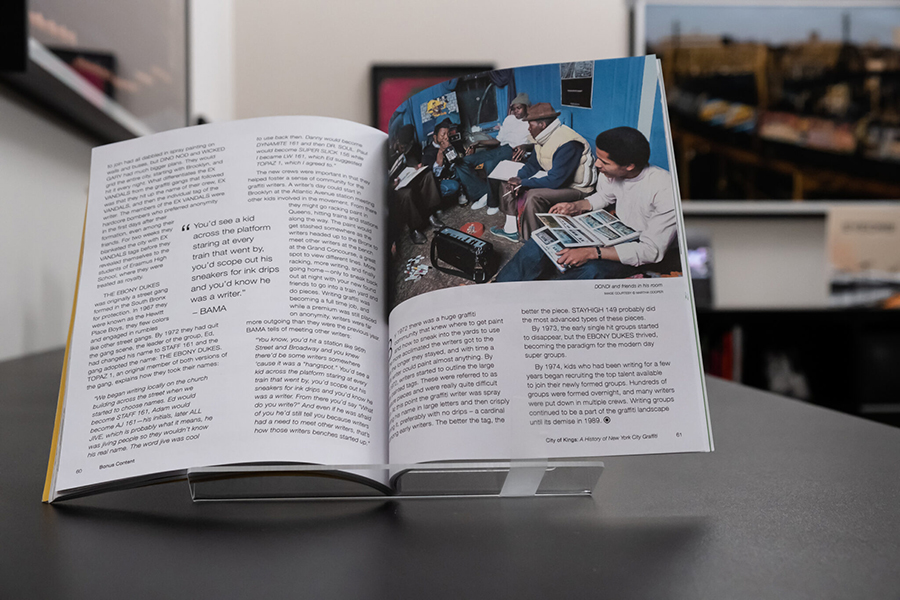
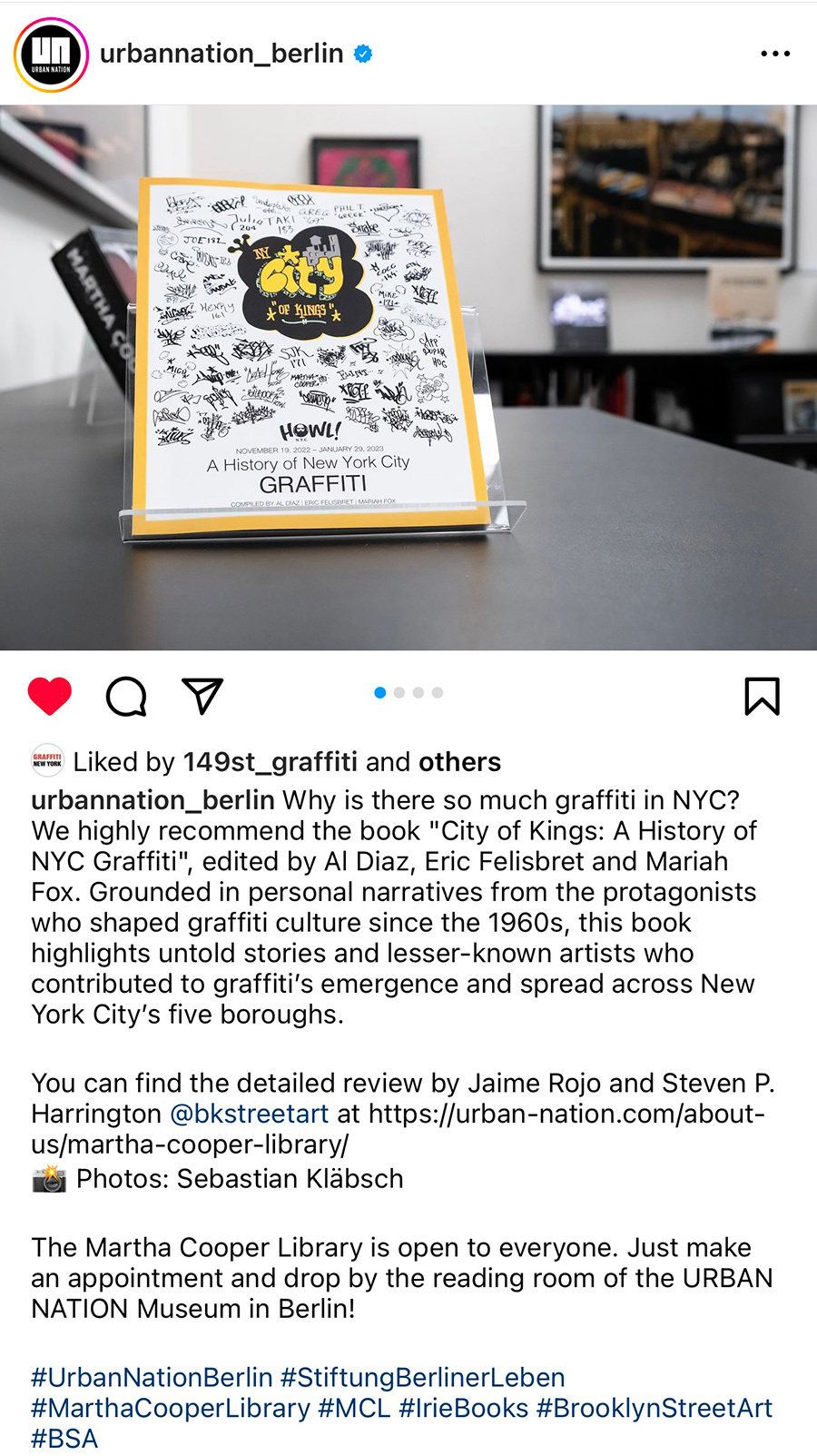
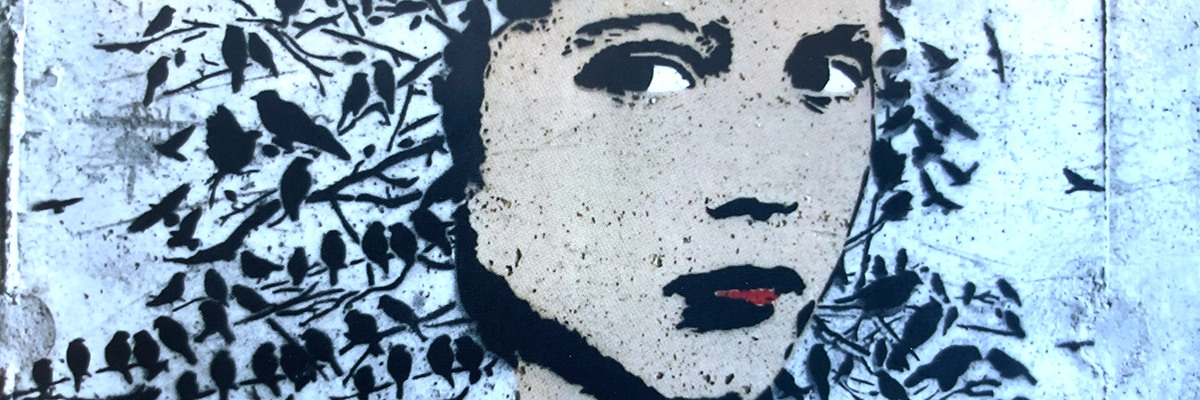

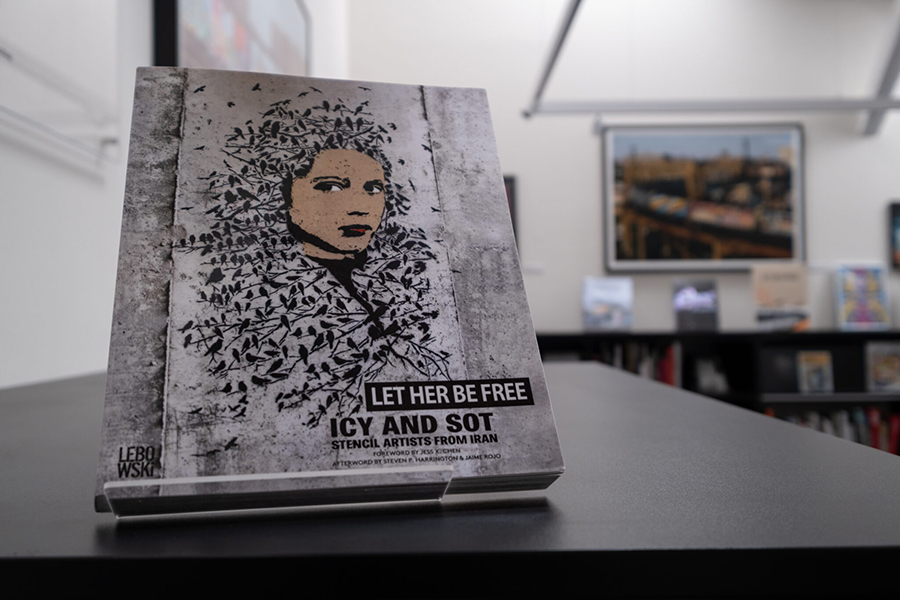
 | Title: ICY and SOT. Let Her Be Free
| Title: ICY and SOT. Let Her Be Free | Media group: Book
| Media group: Book | Authors: ICY (author); SOT (author)
| Authors: ICY (author); SOT (author) | Year: 2016
| Year: 2016 | Language: English
| Language: English